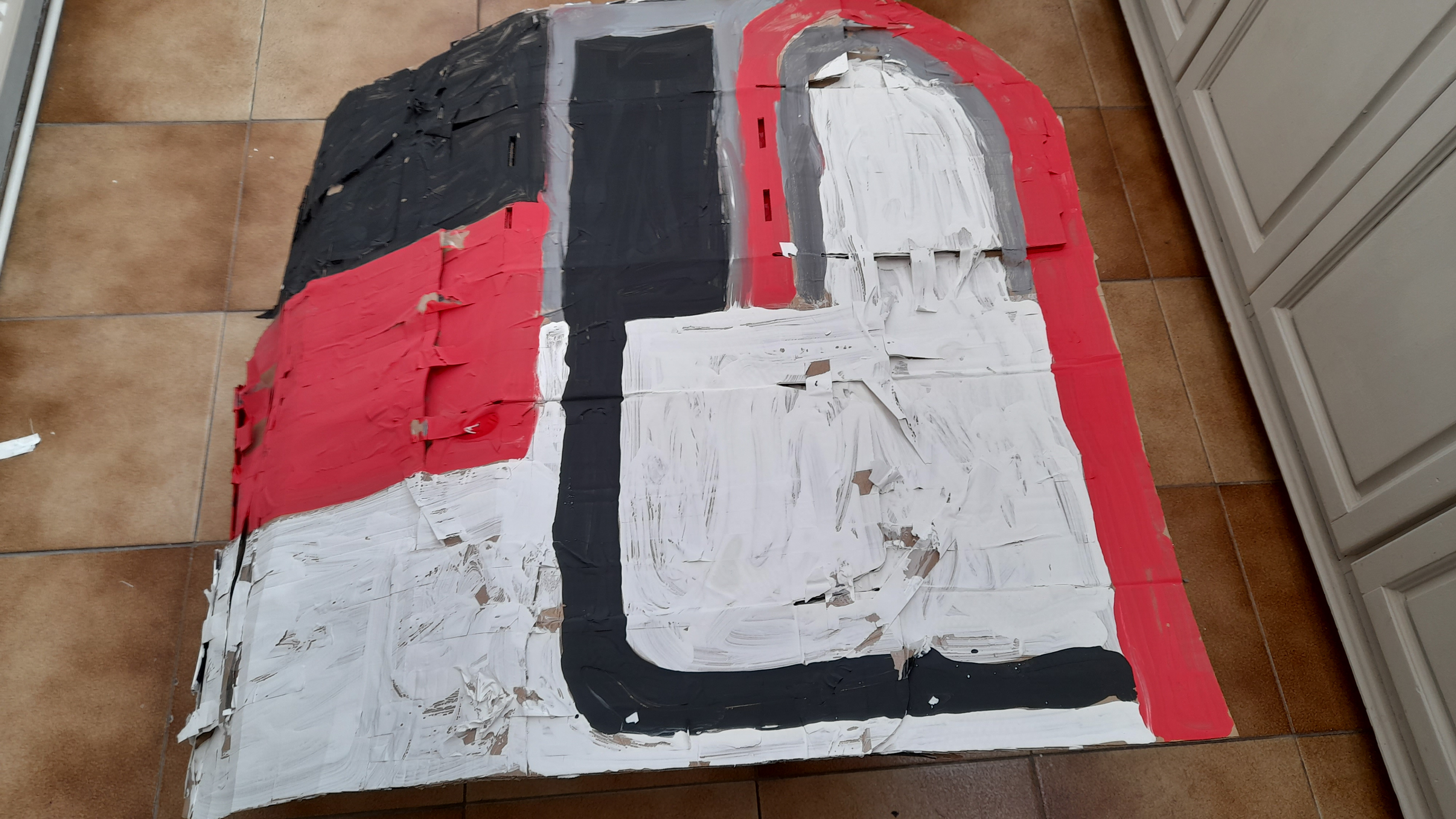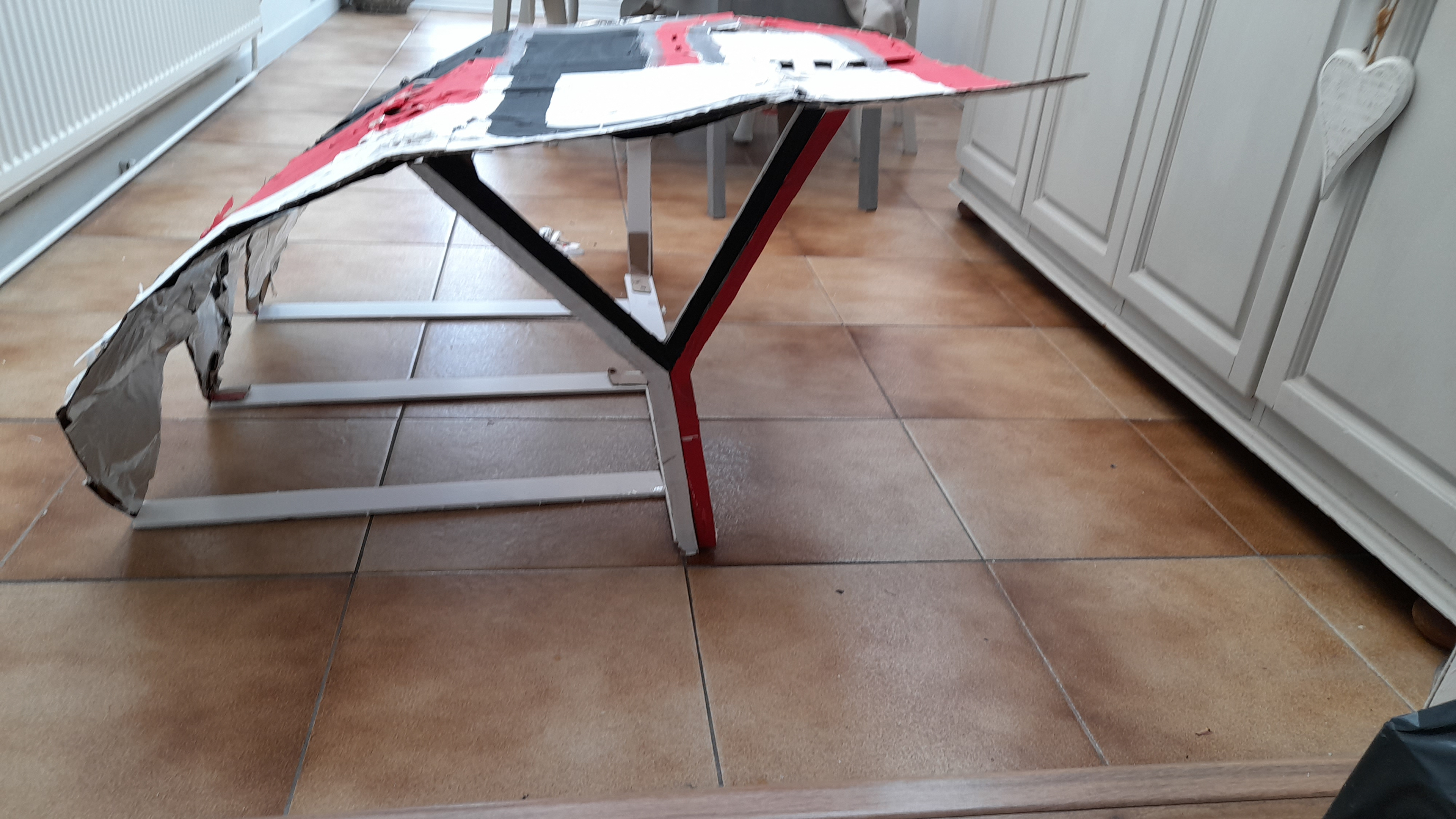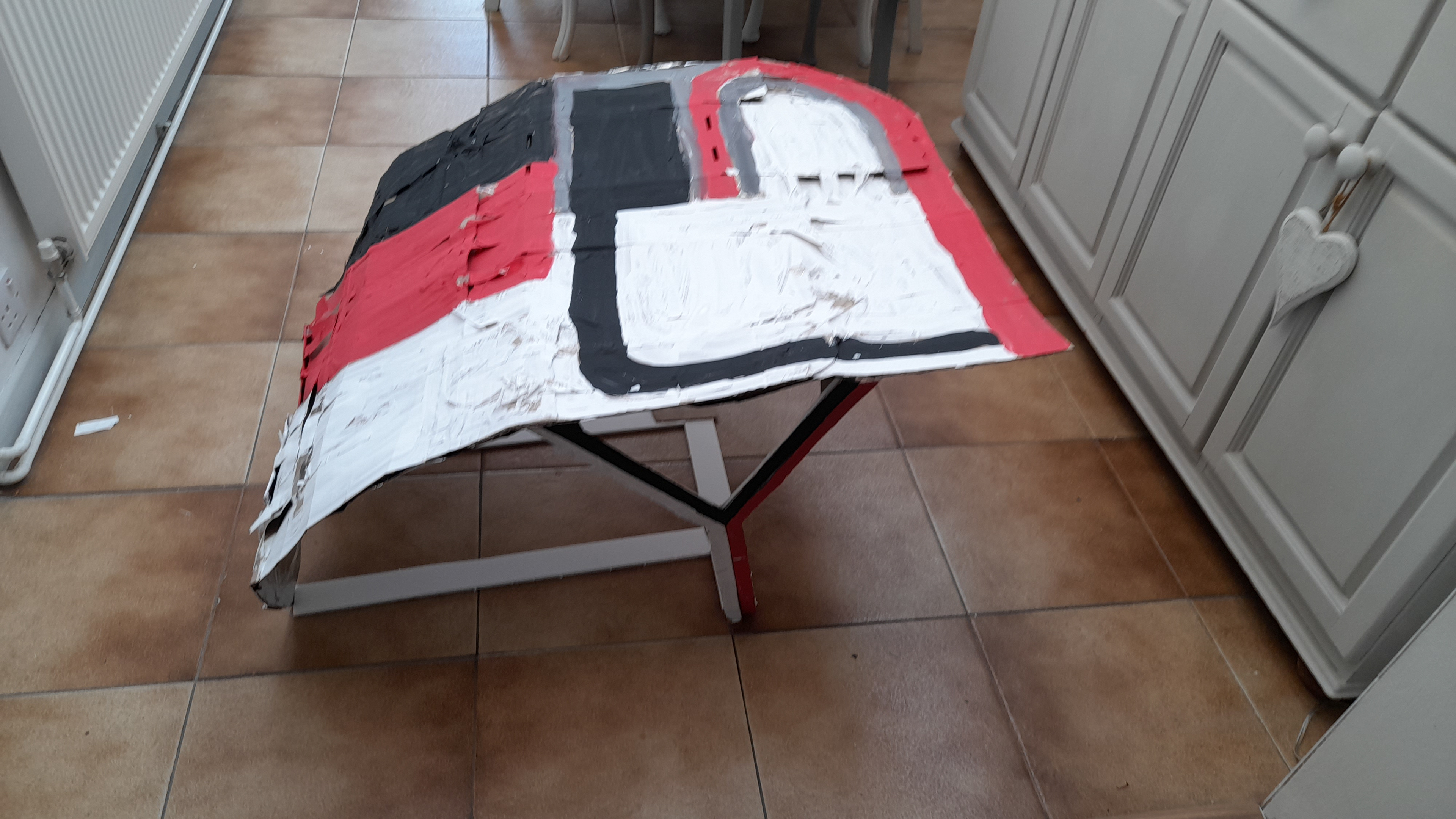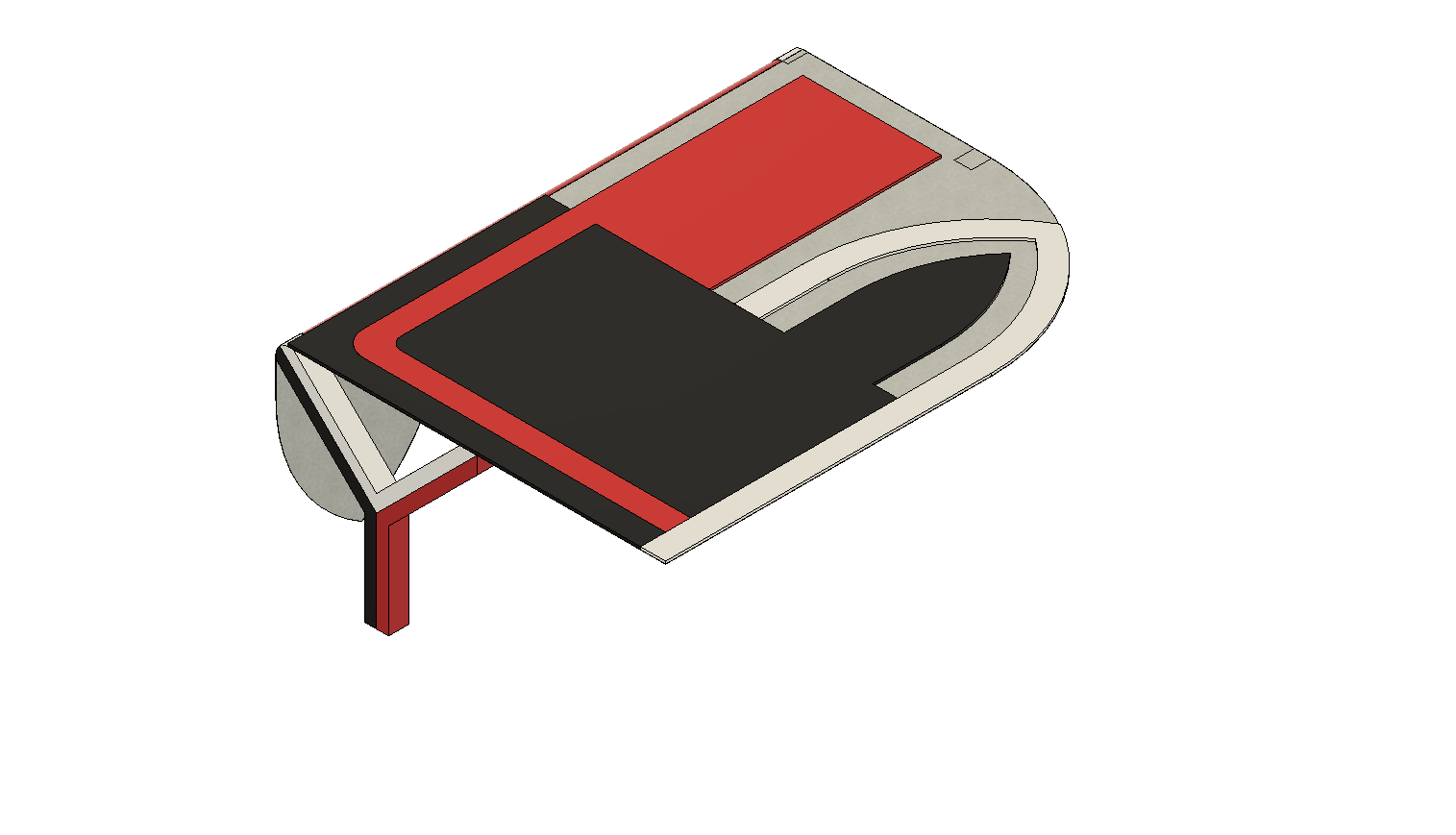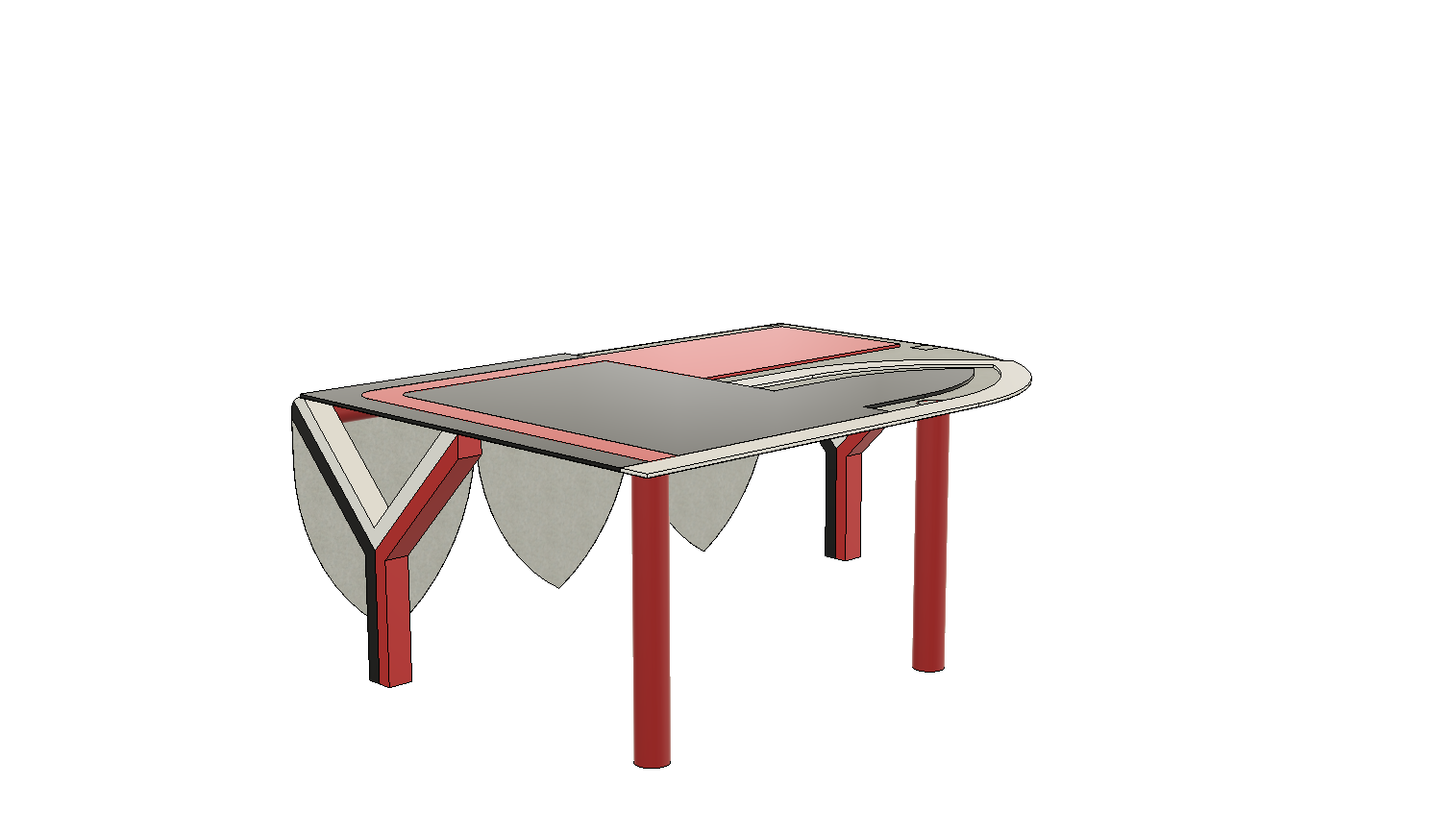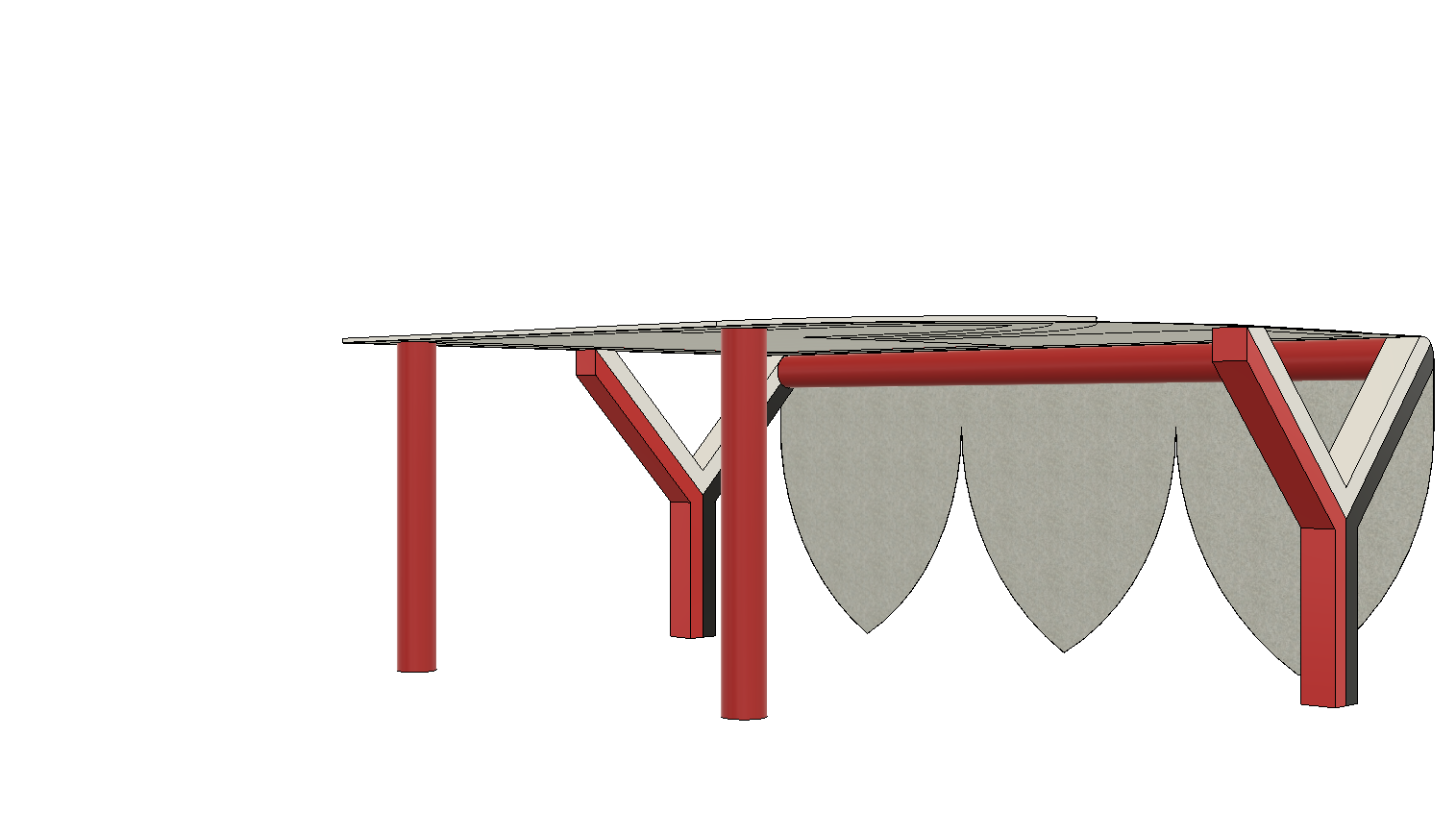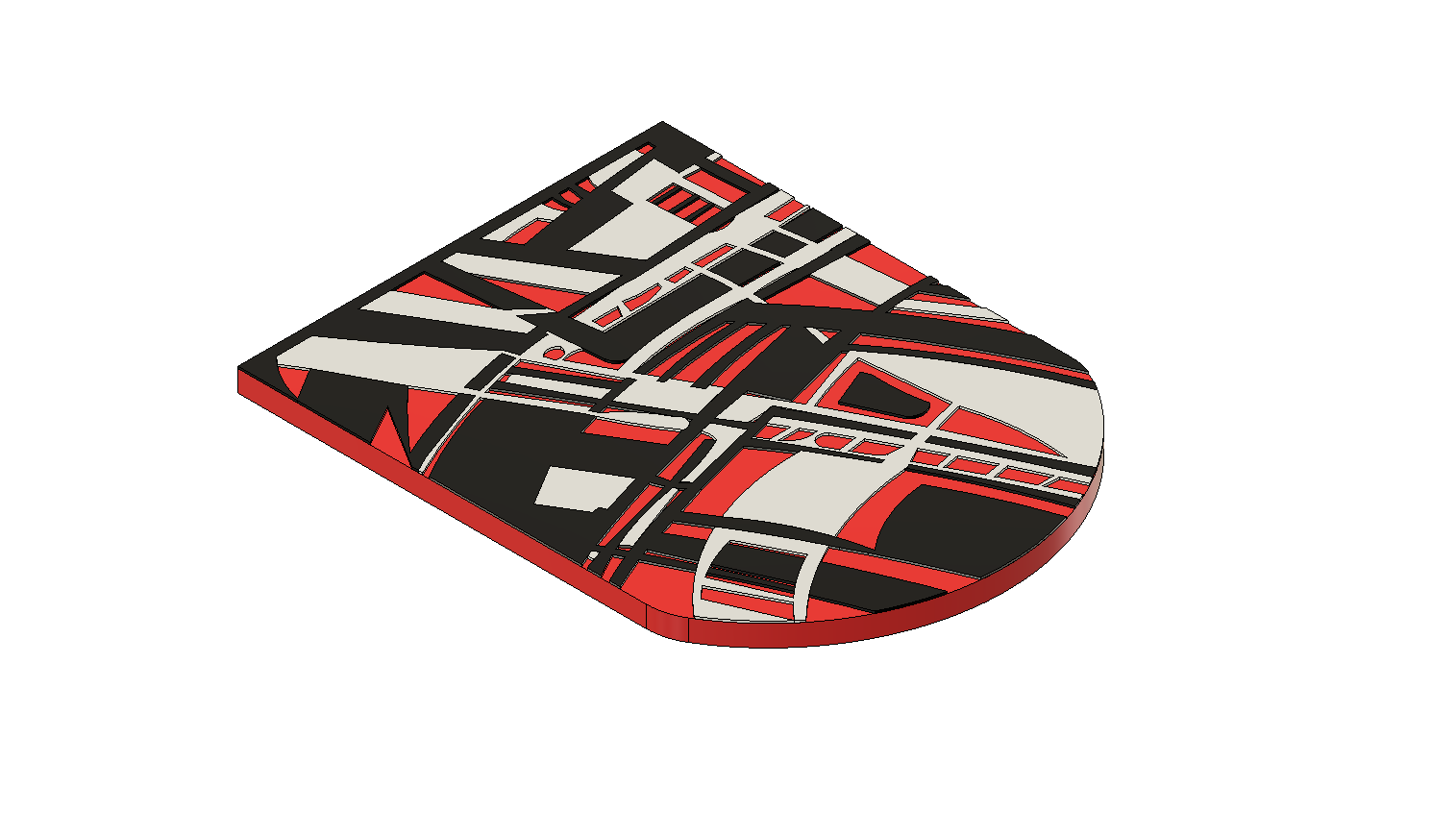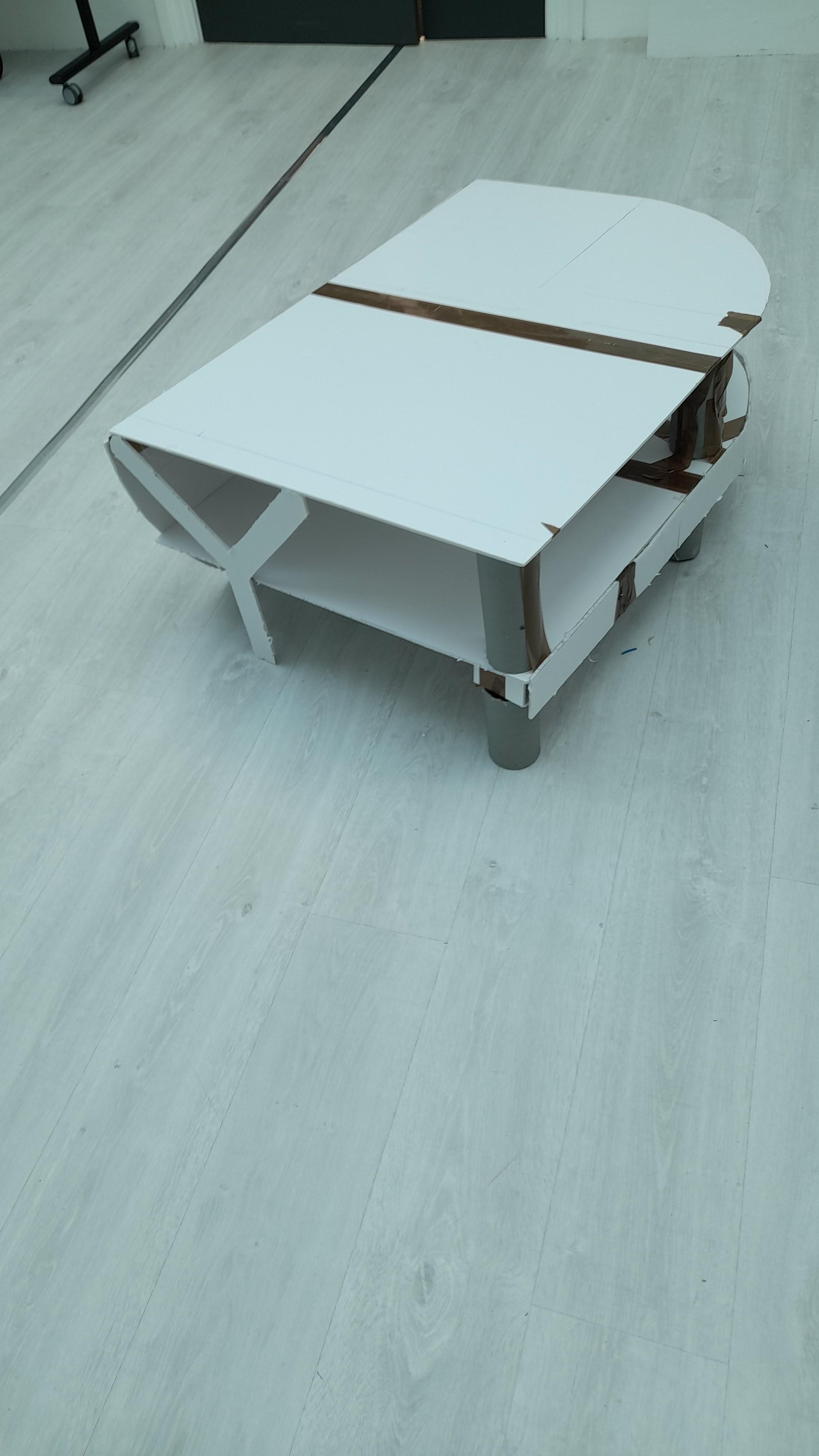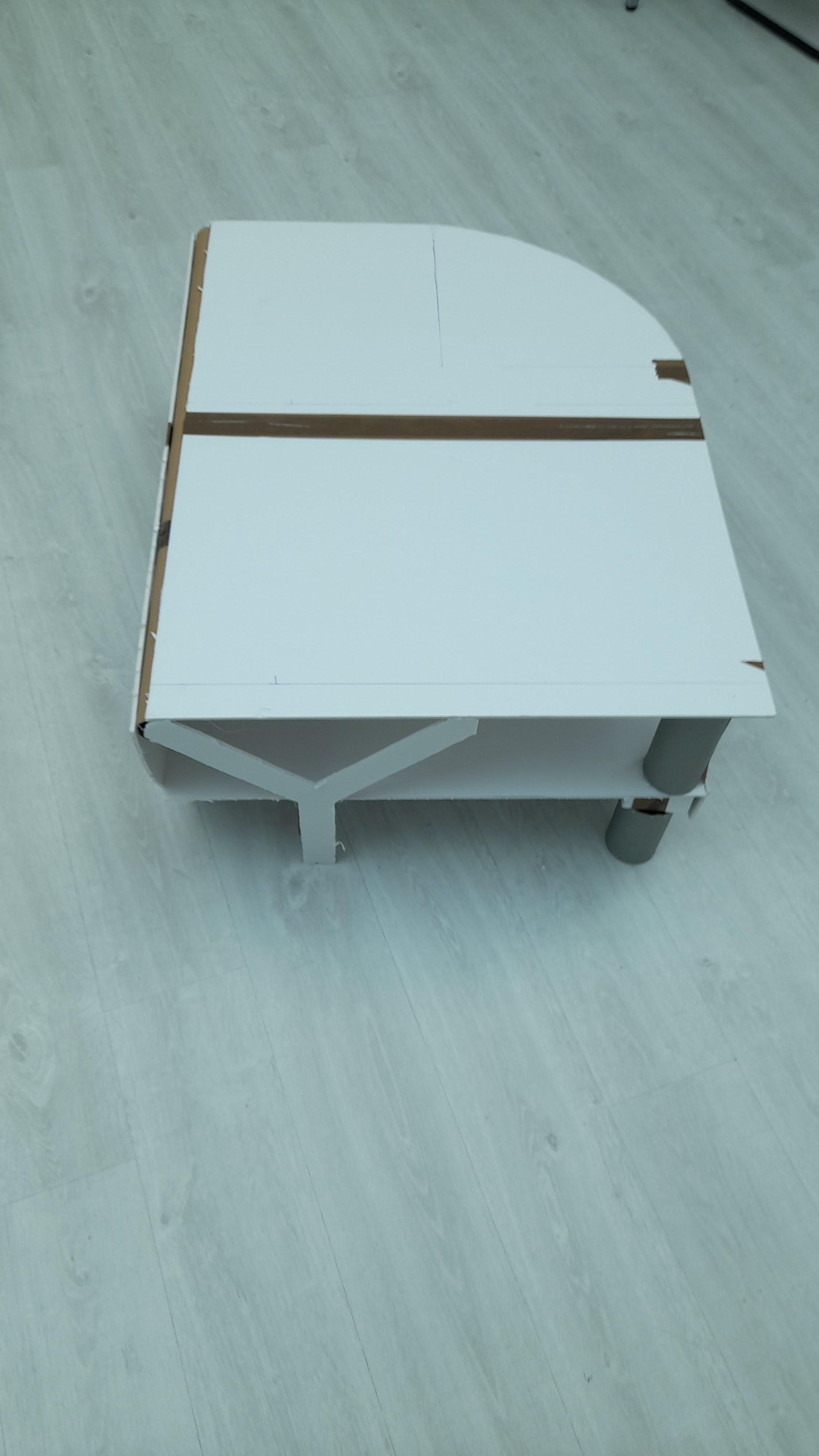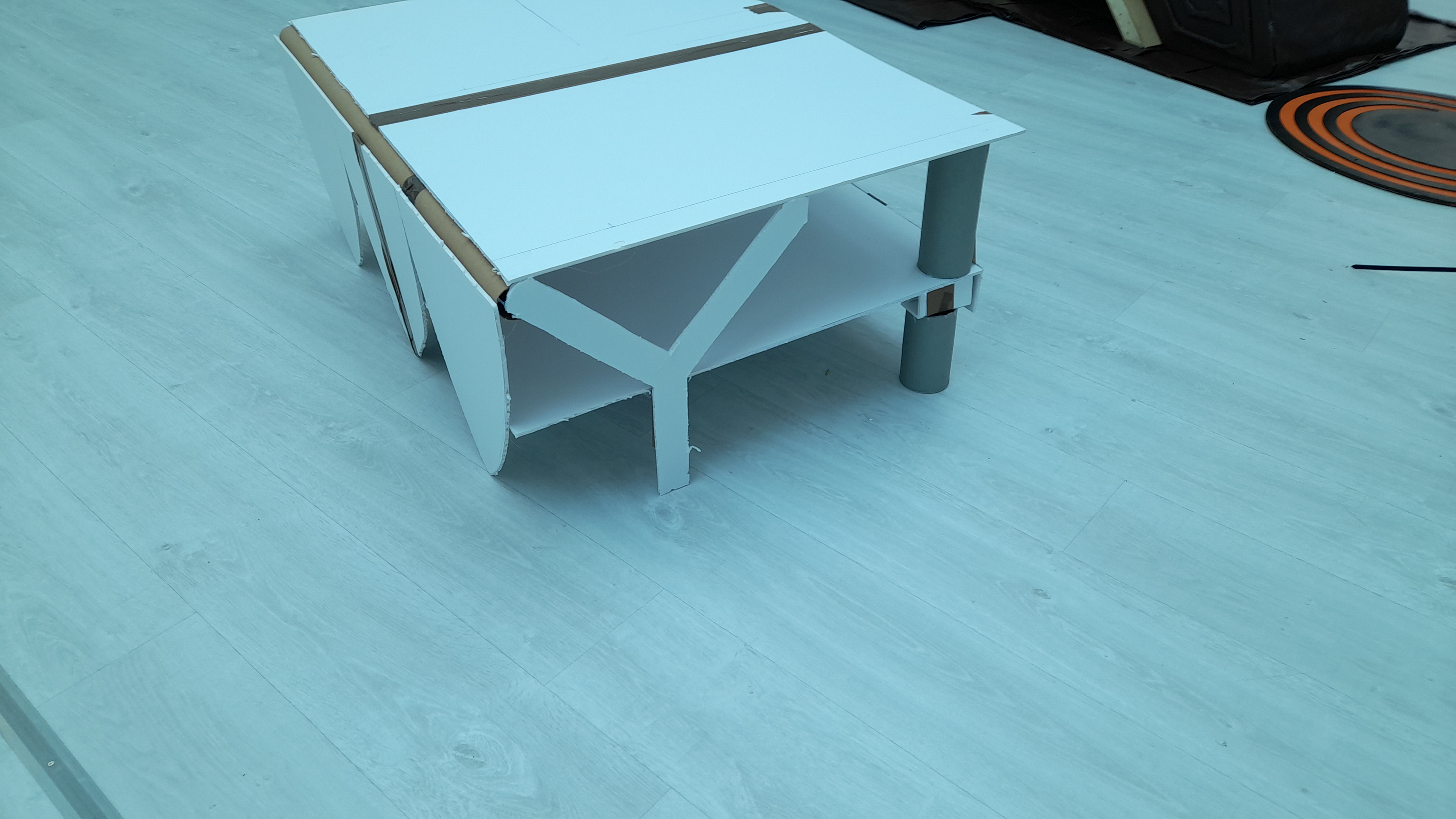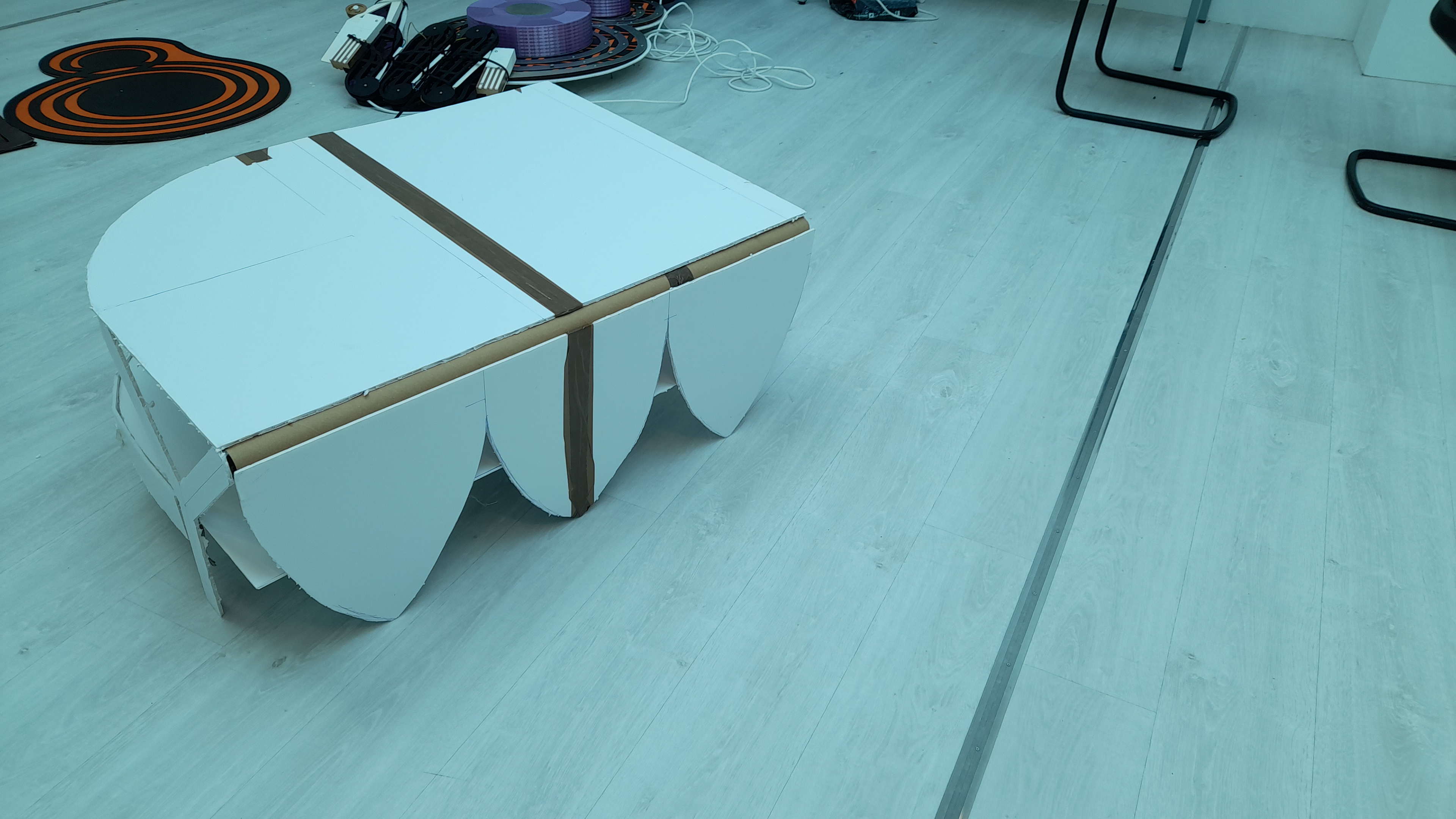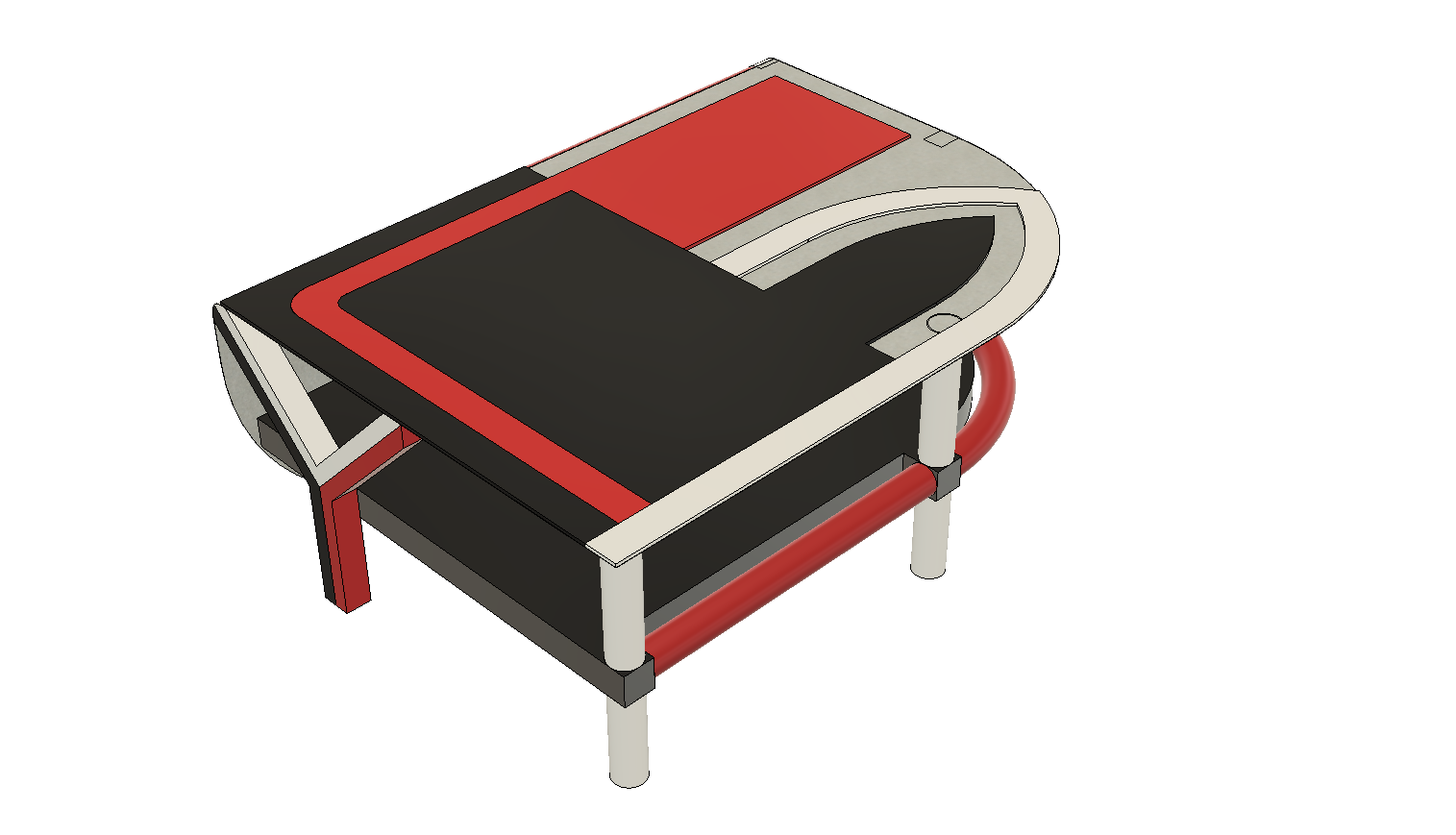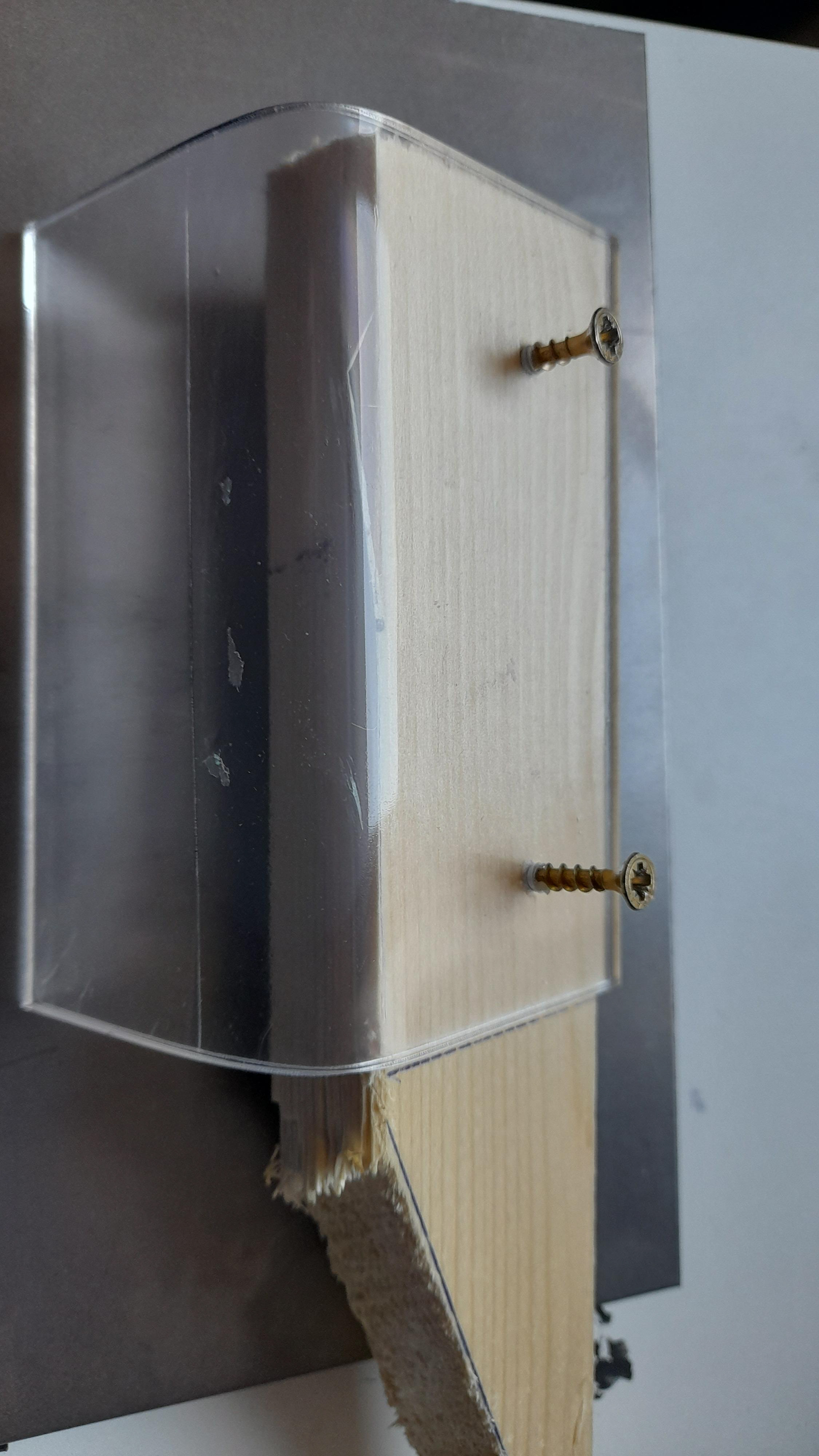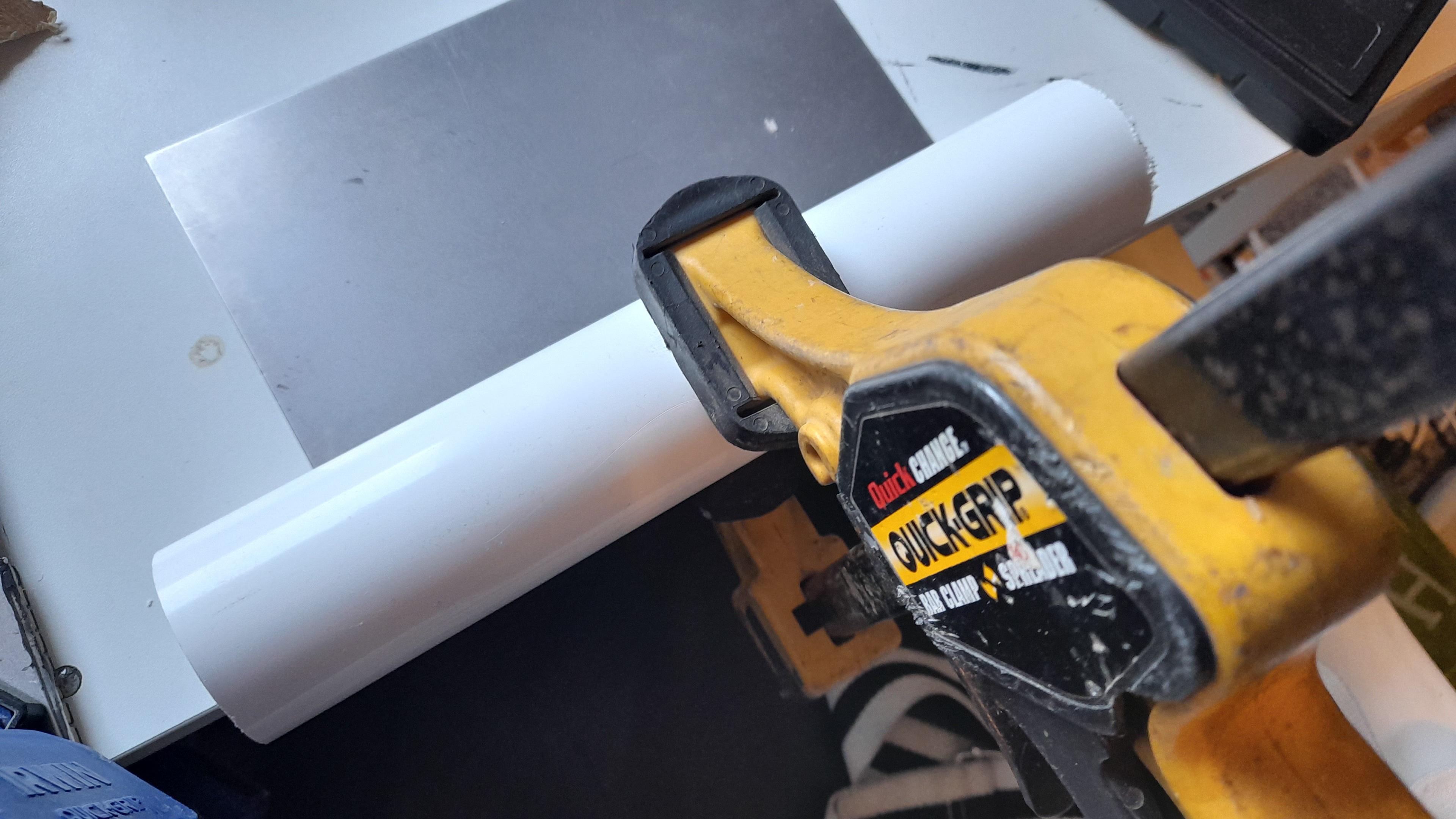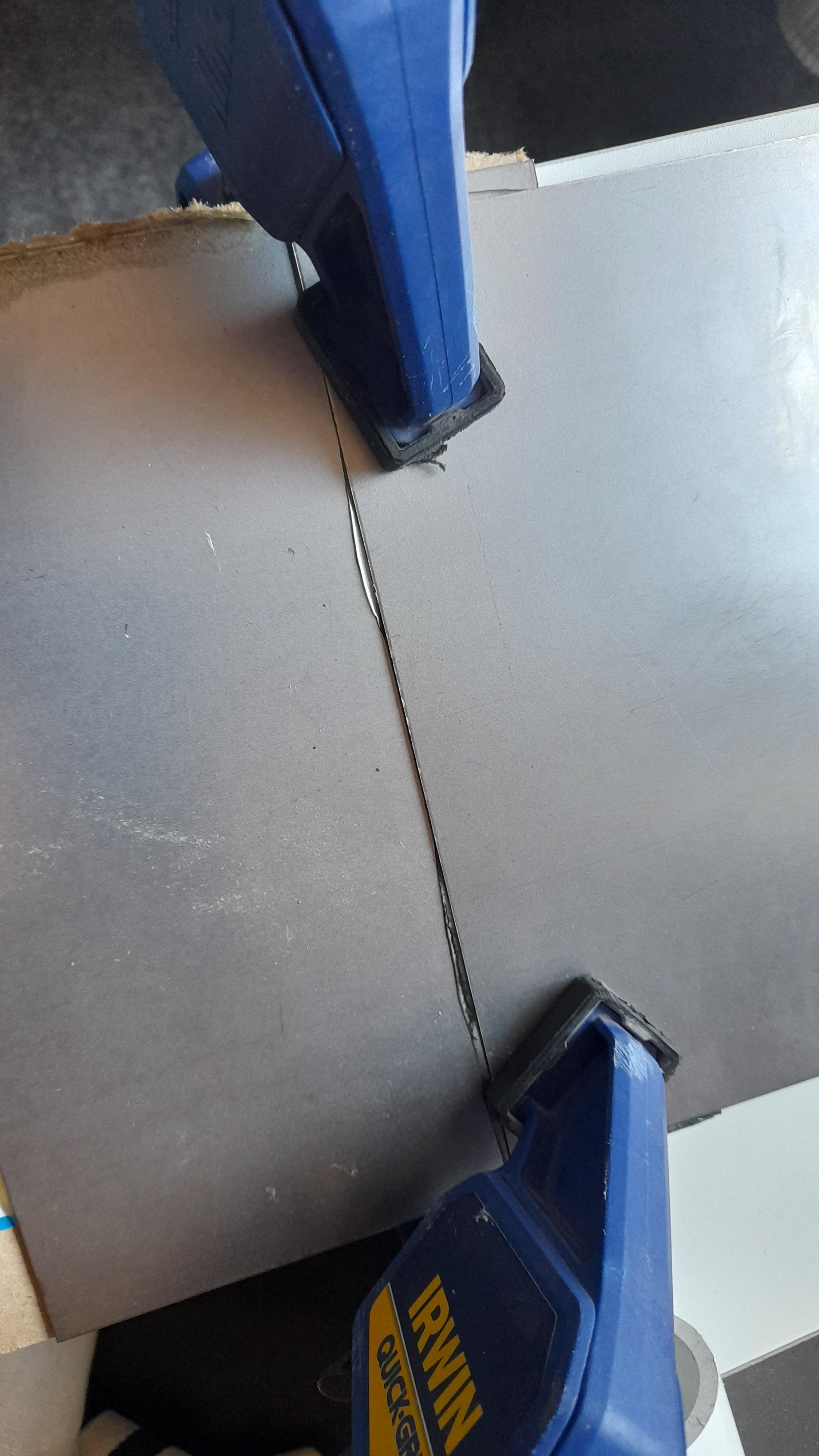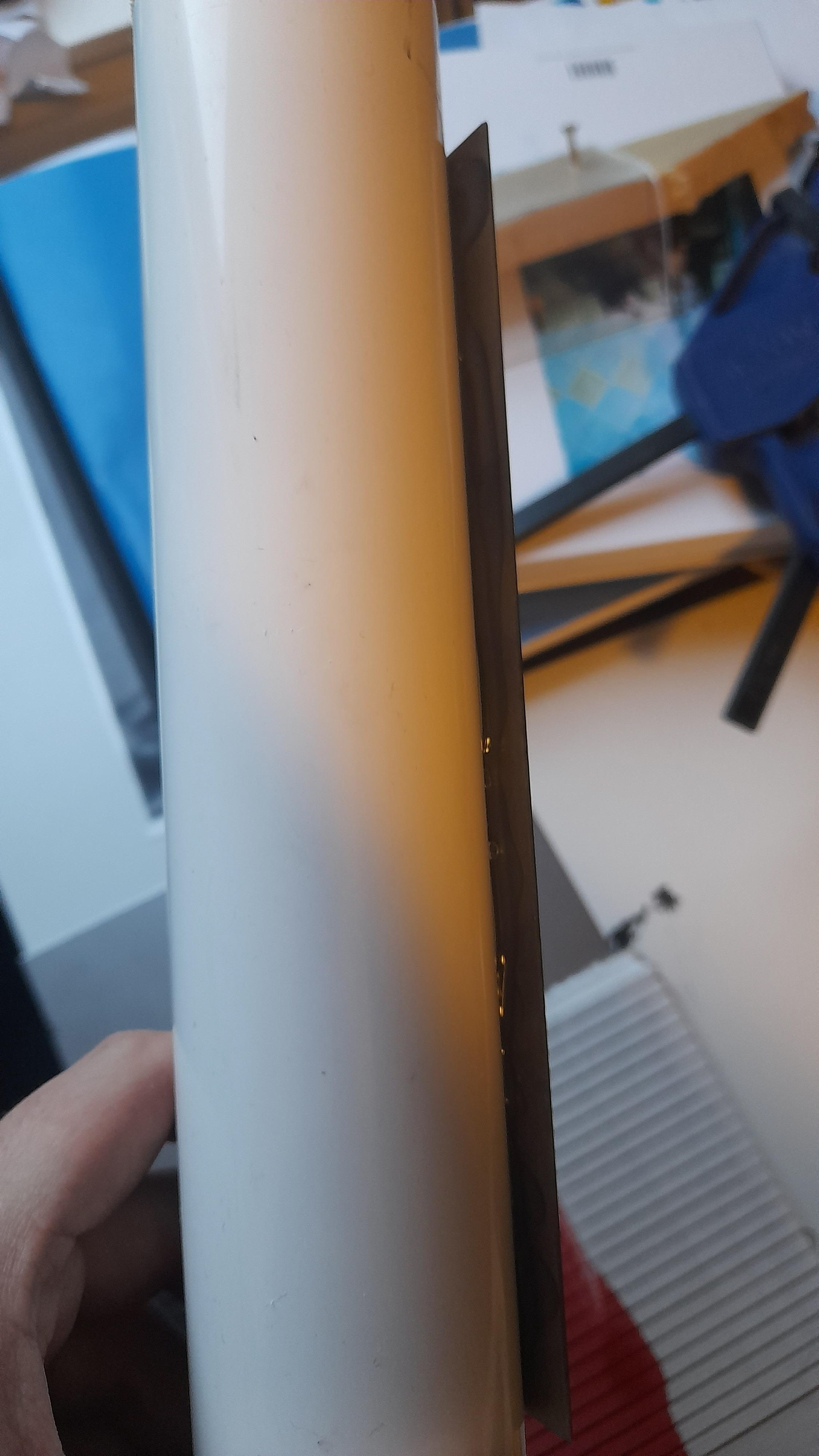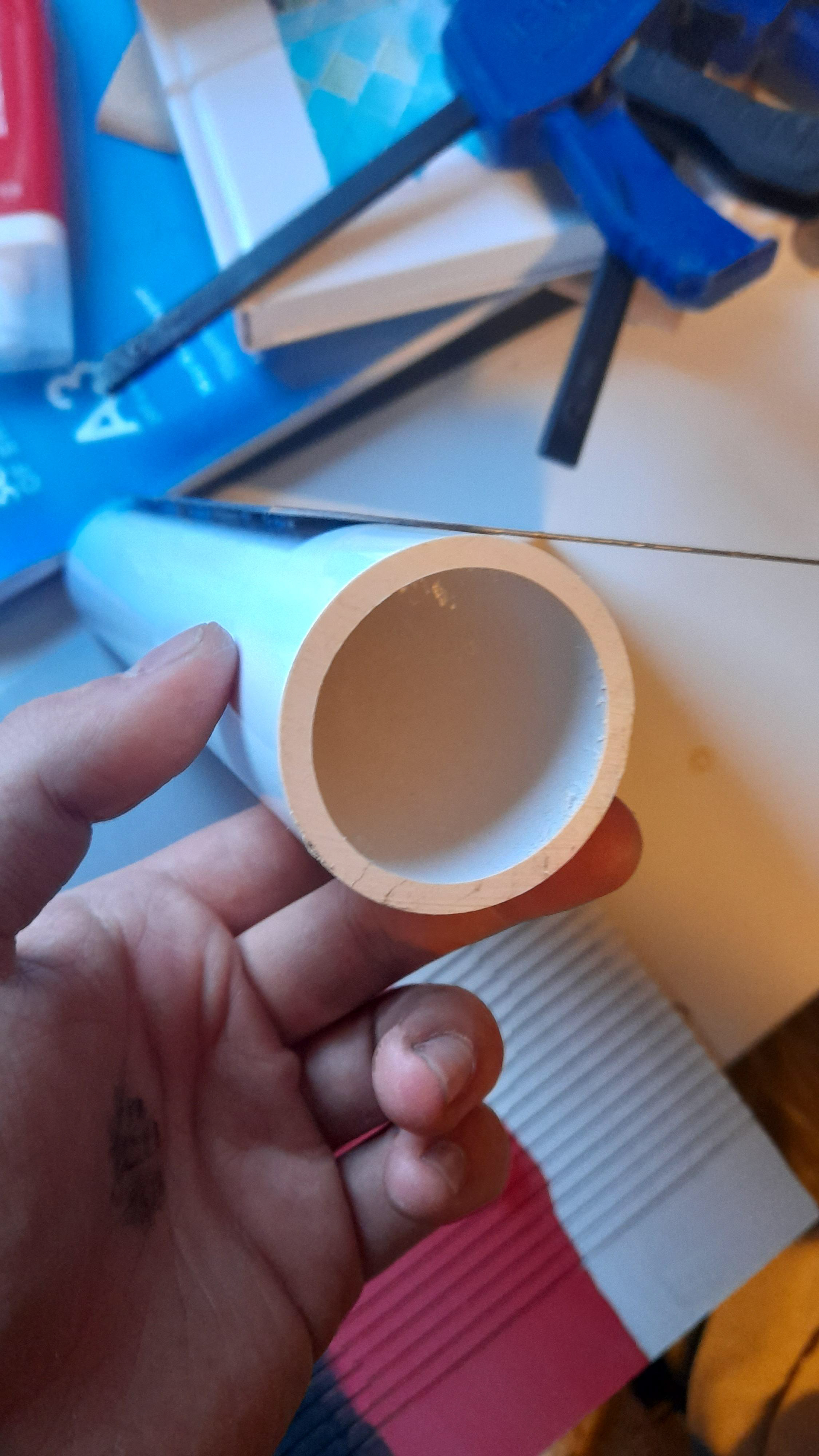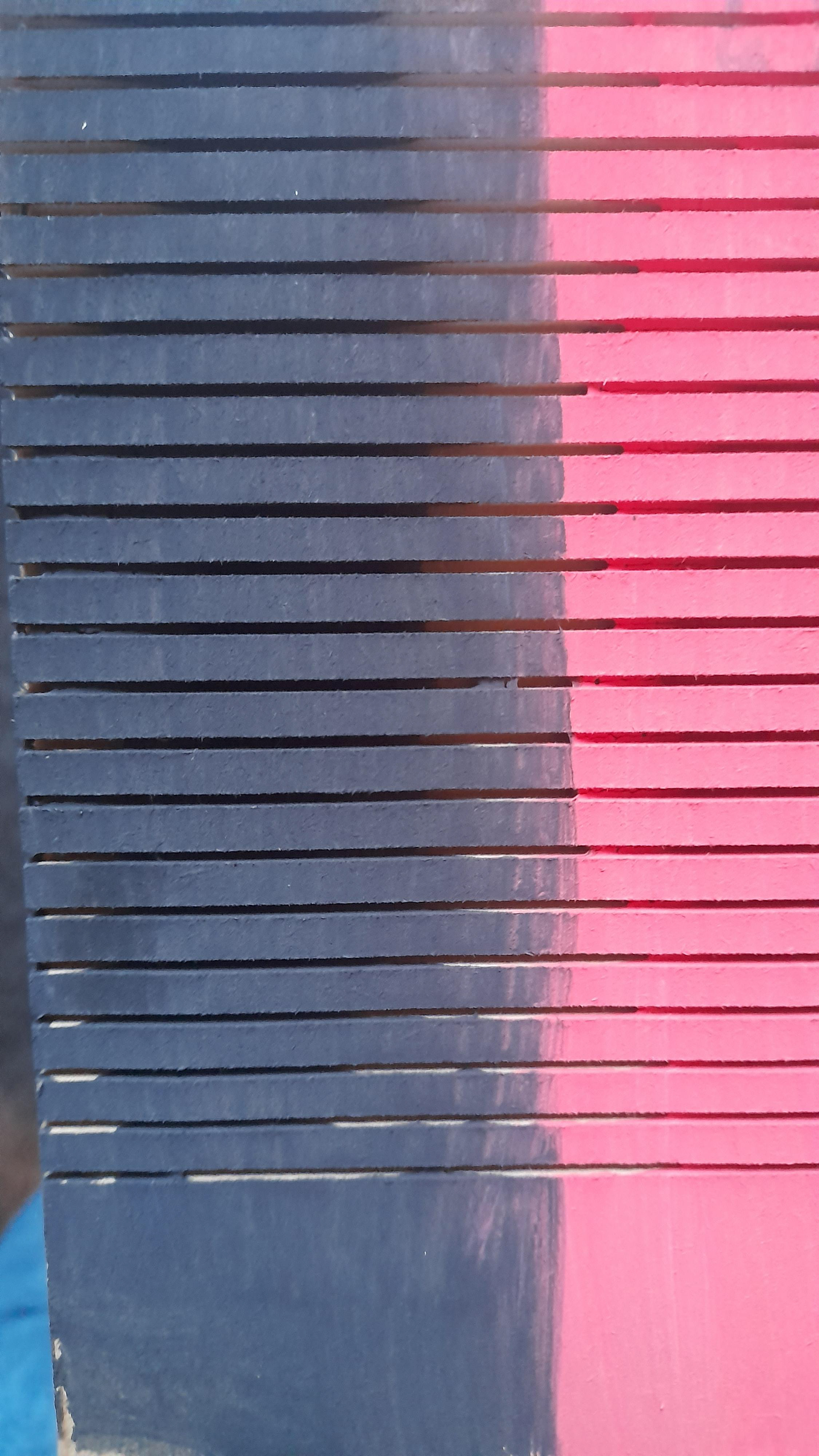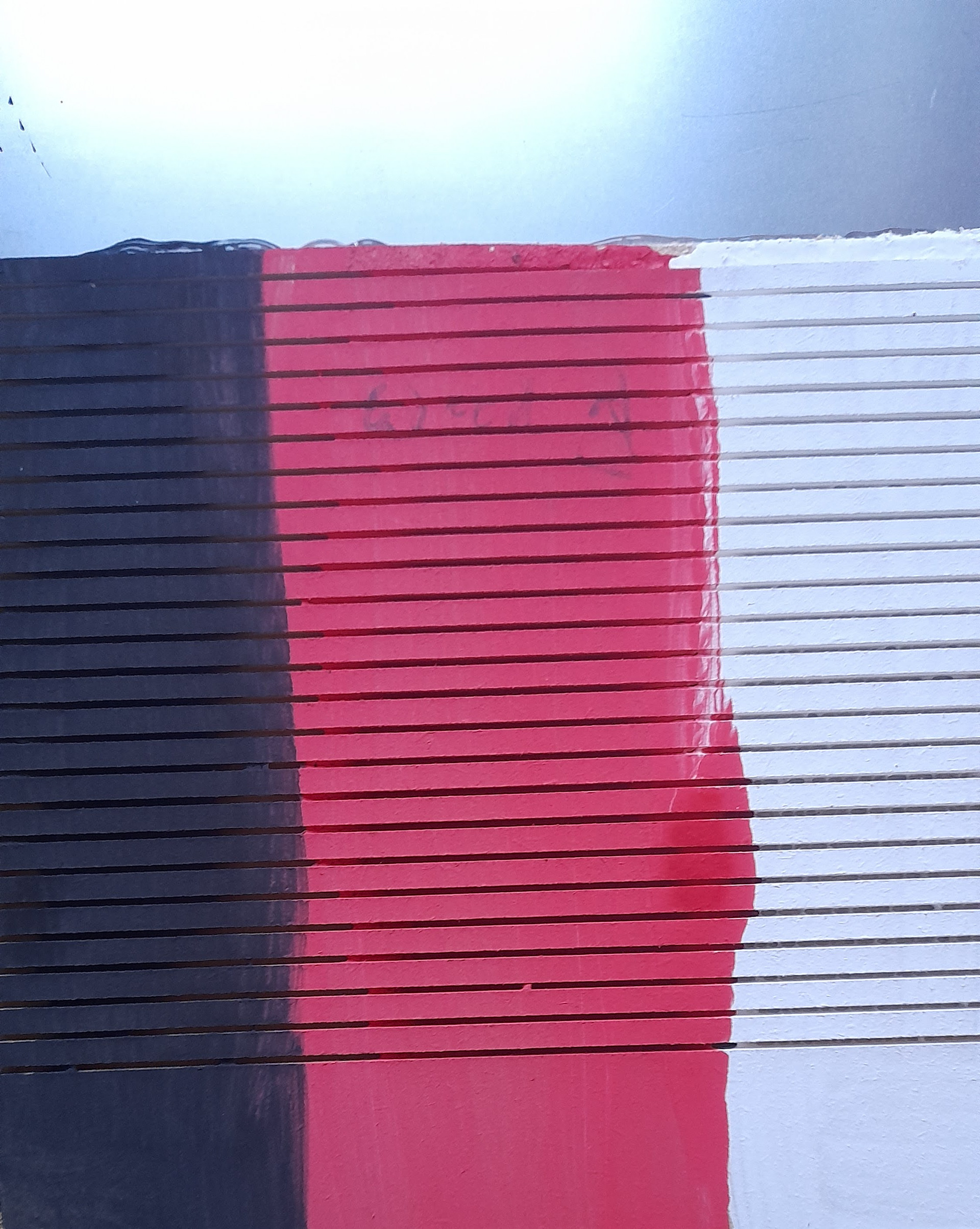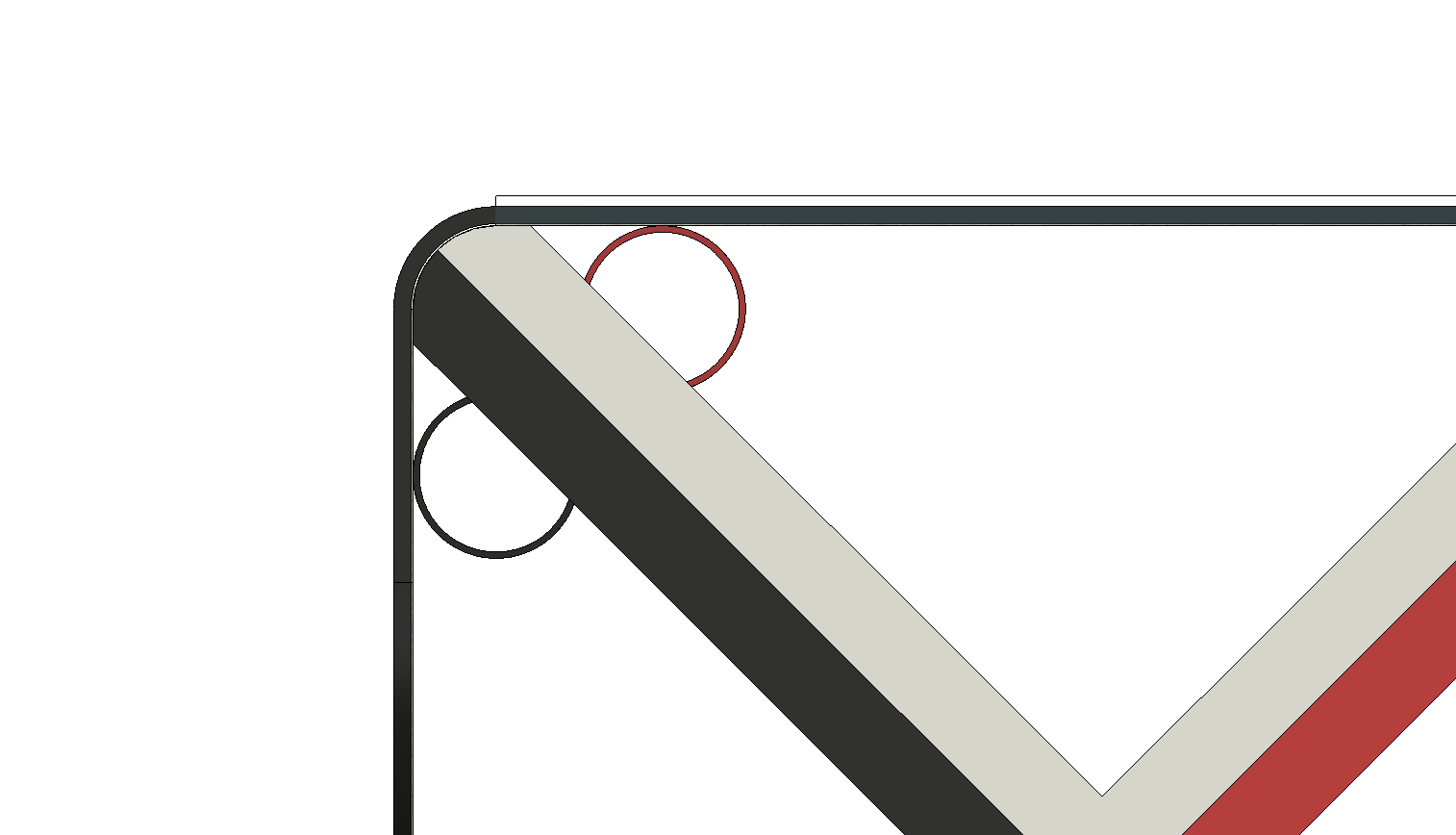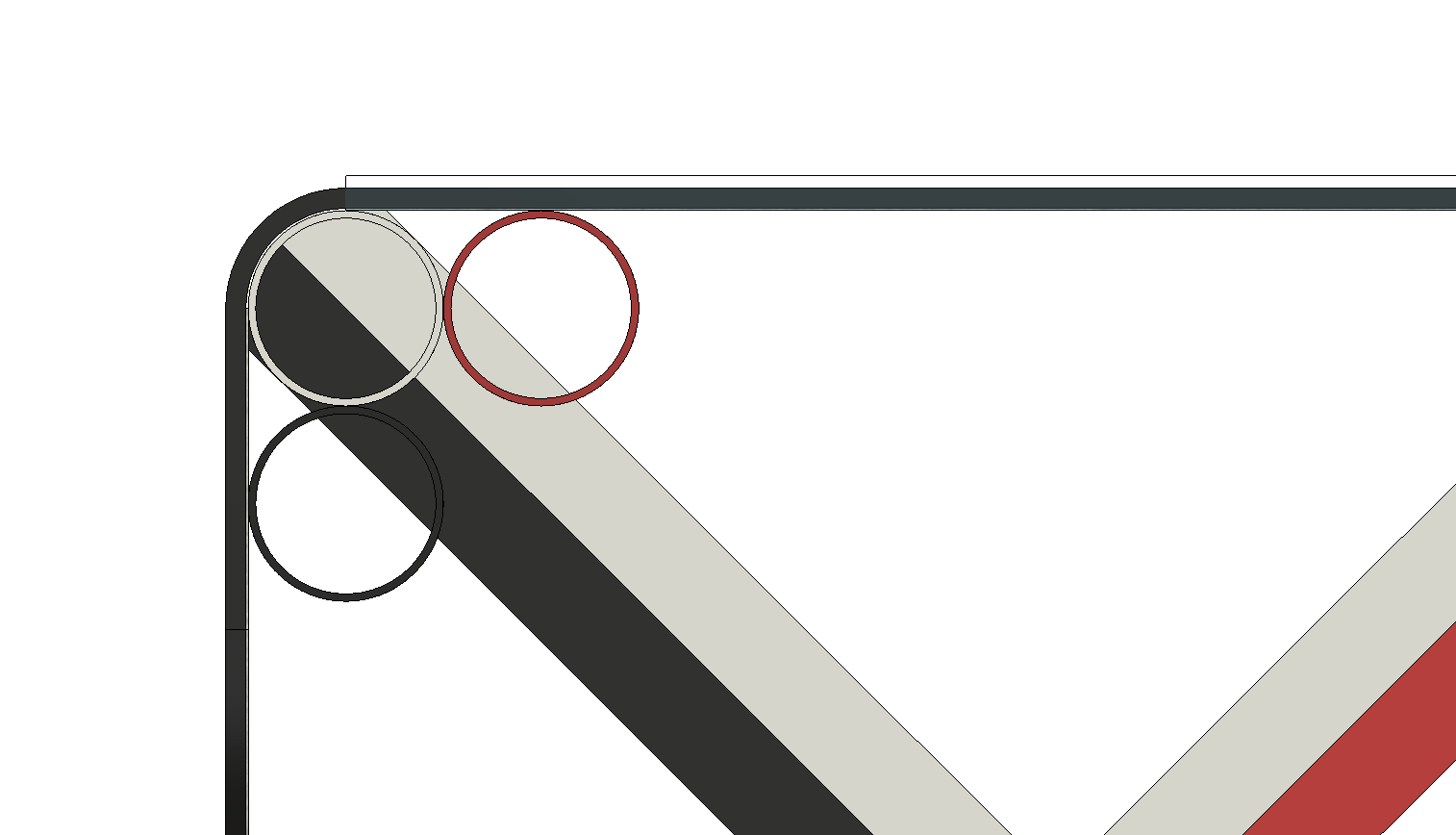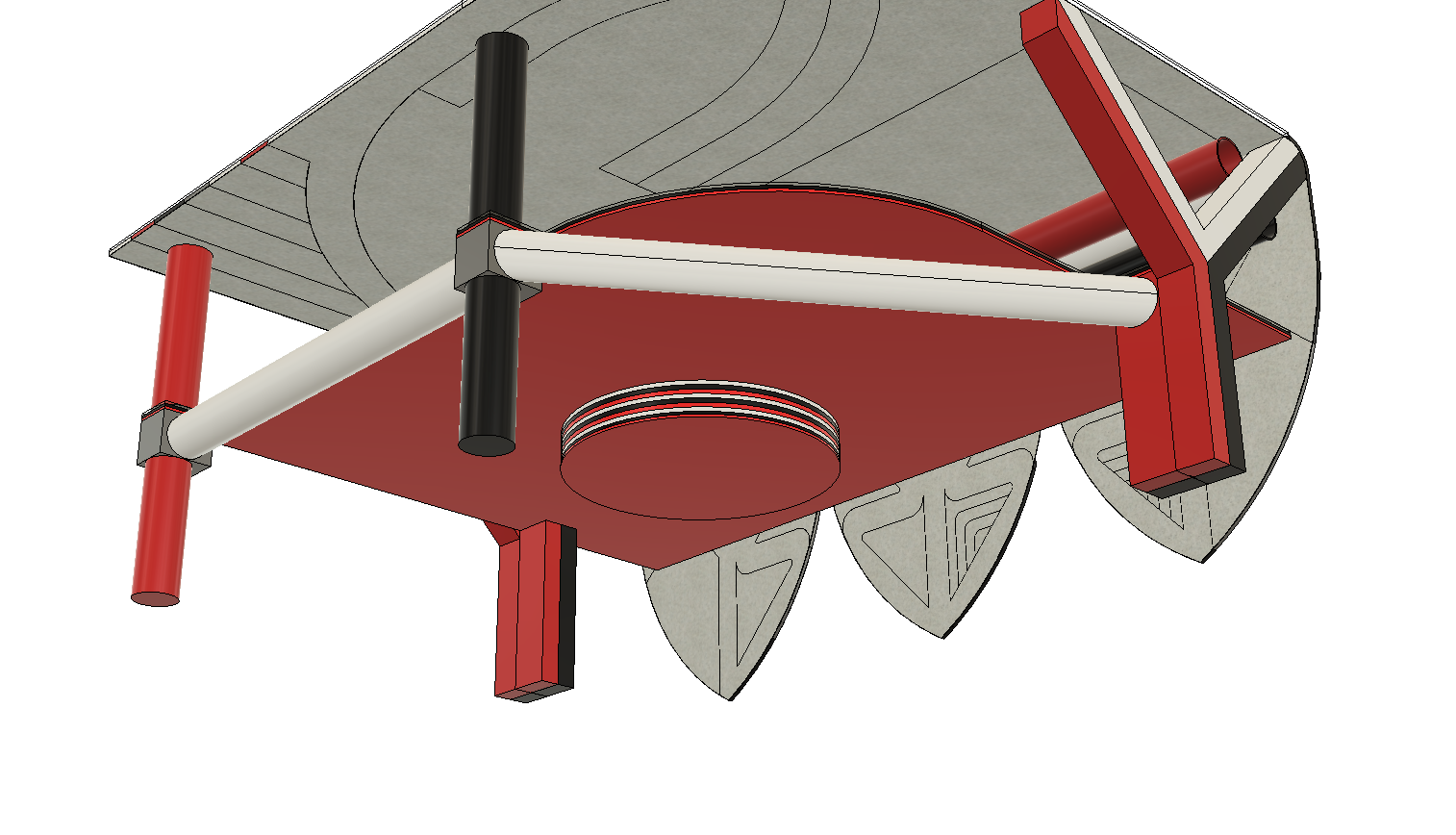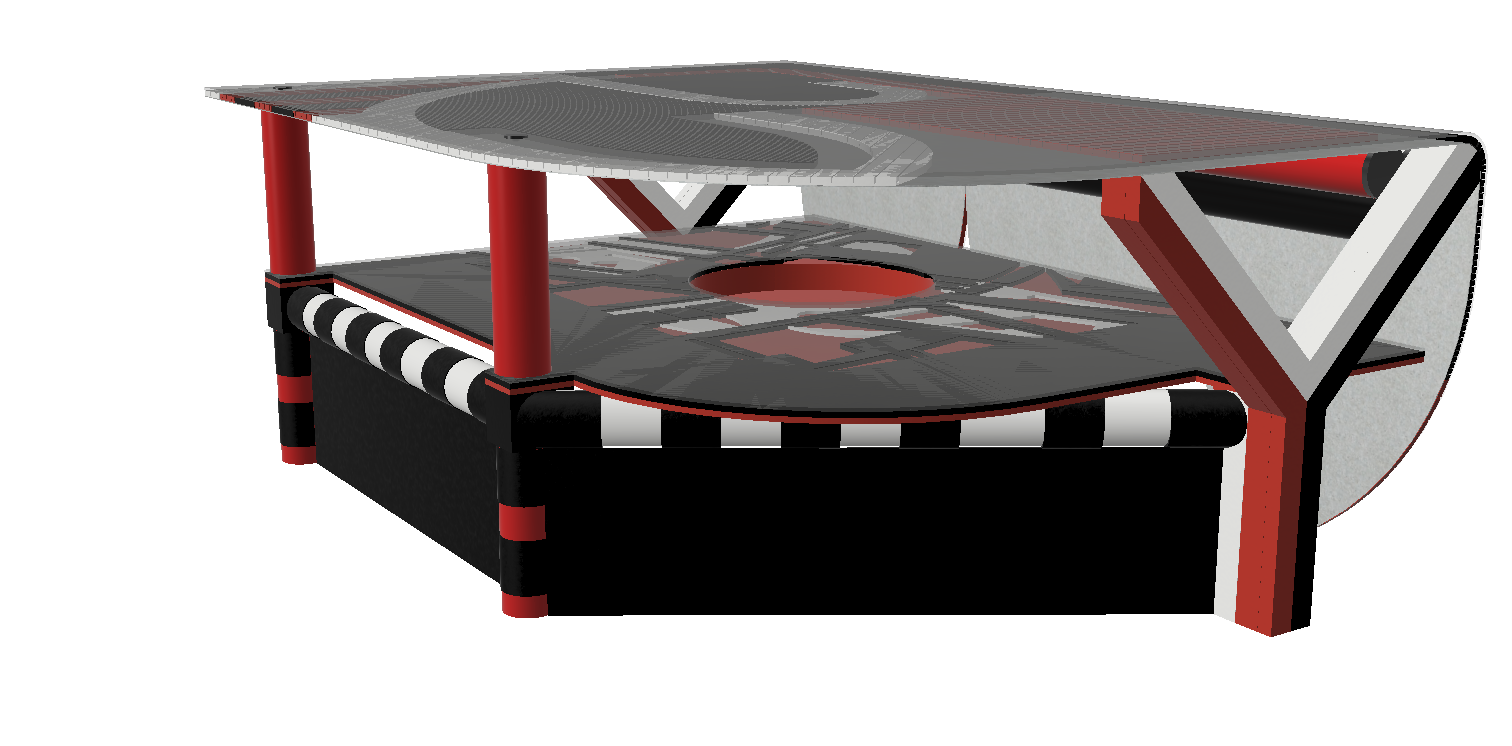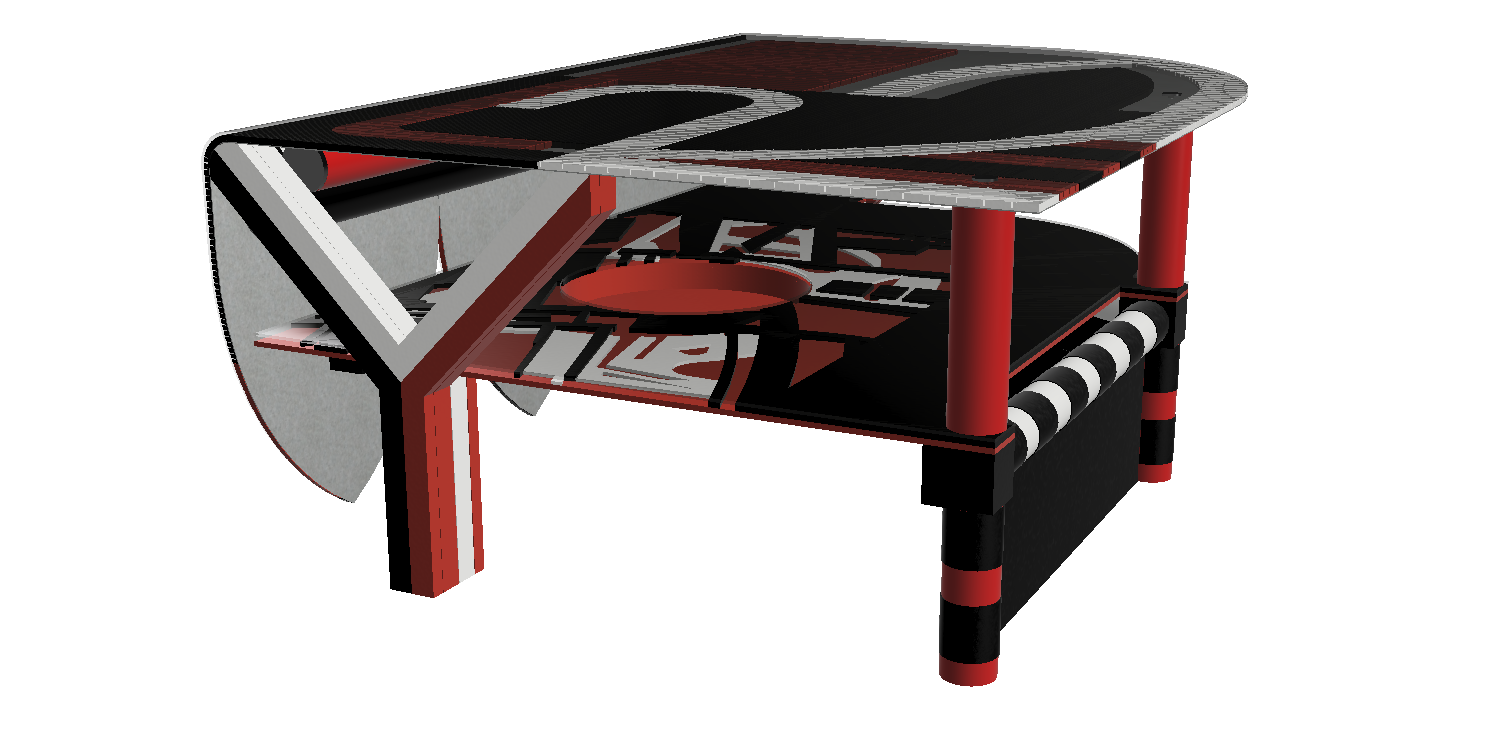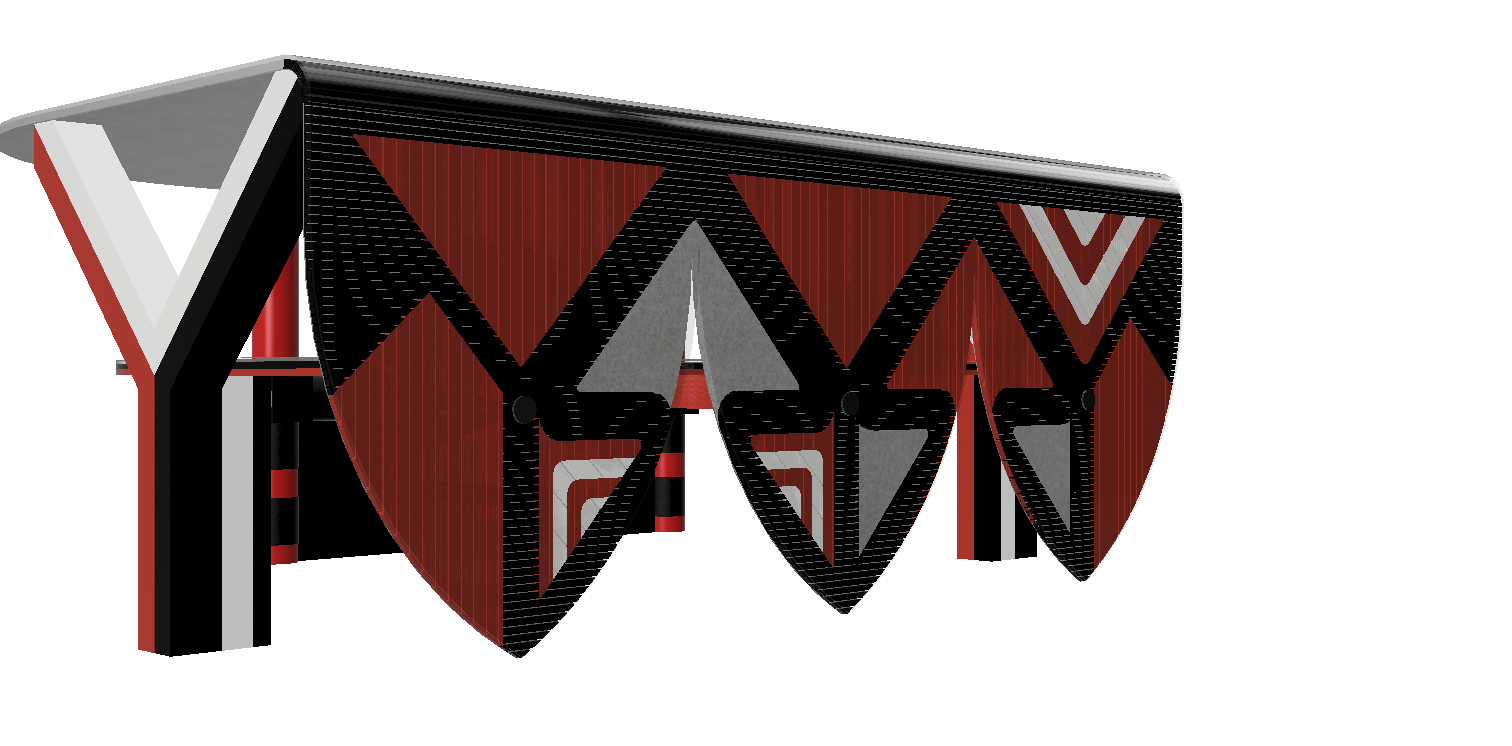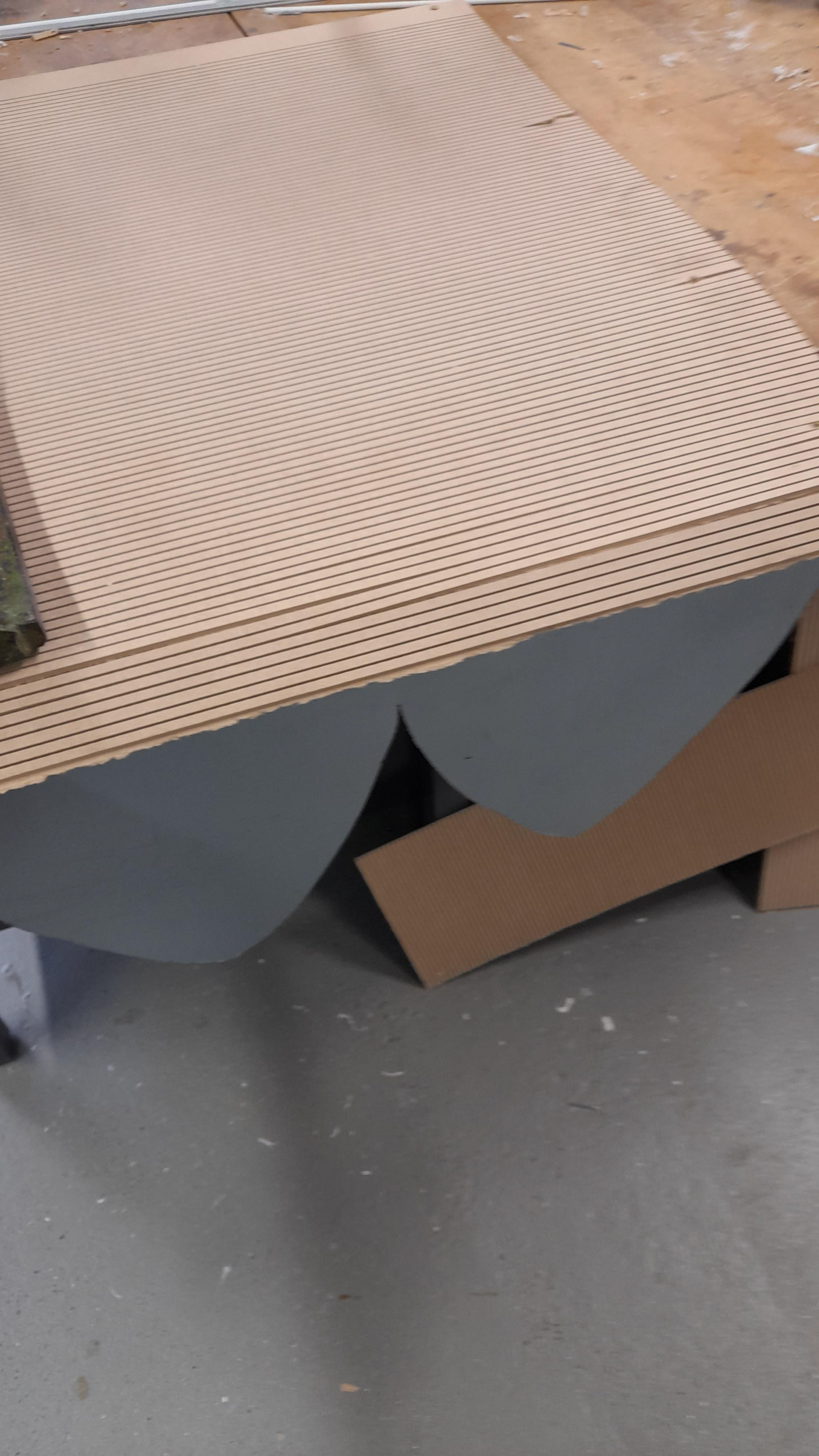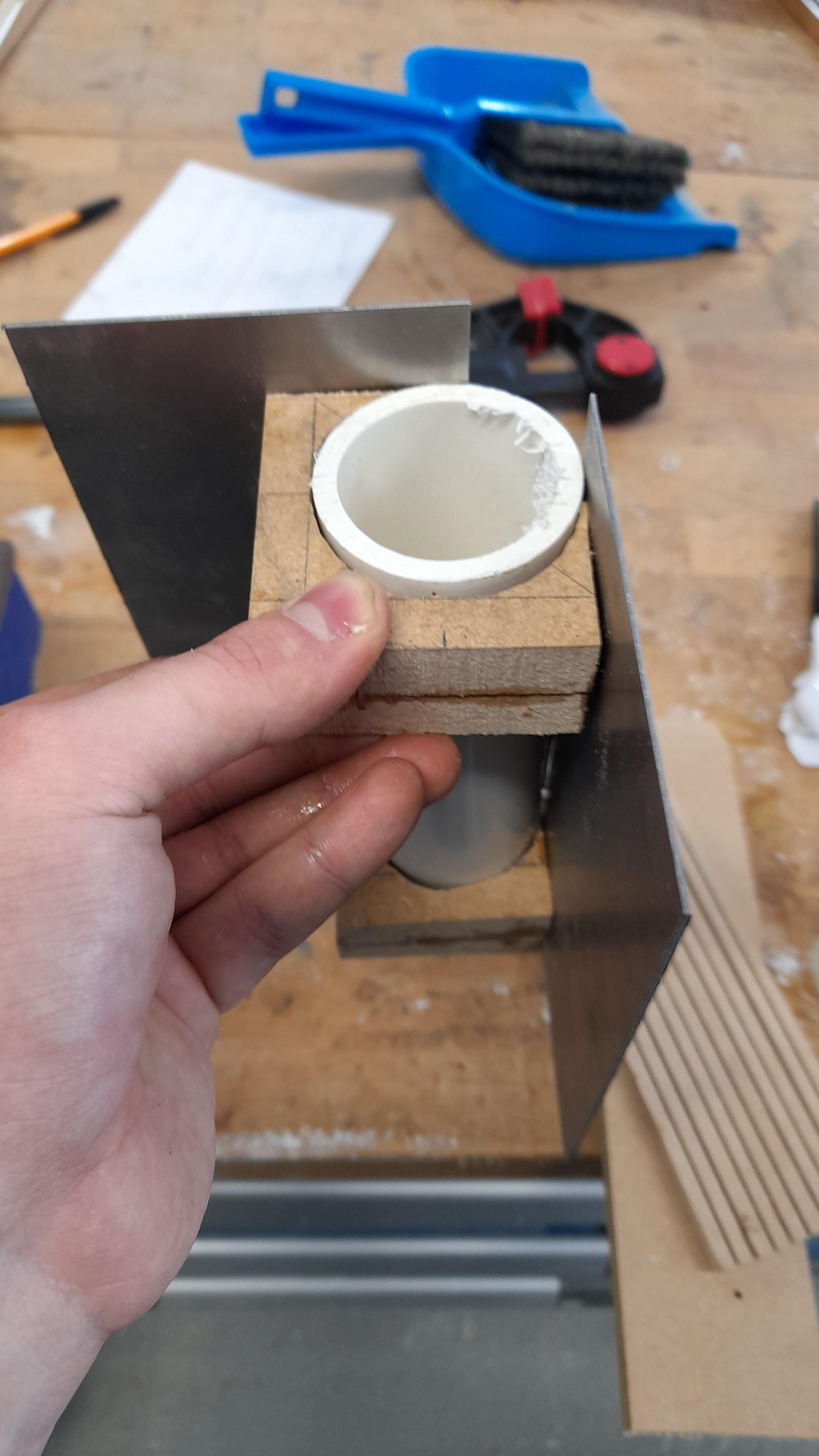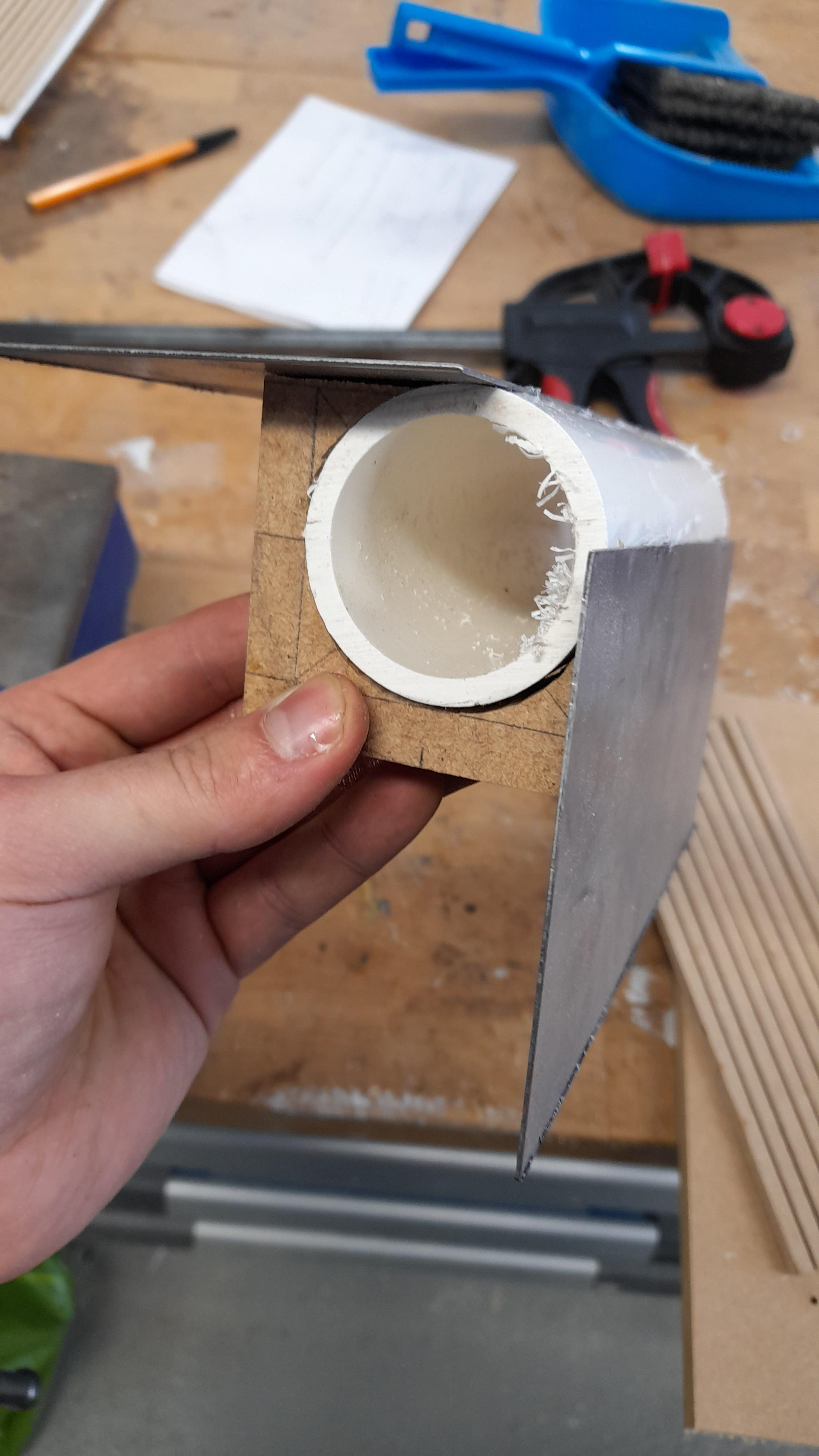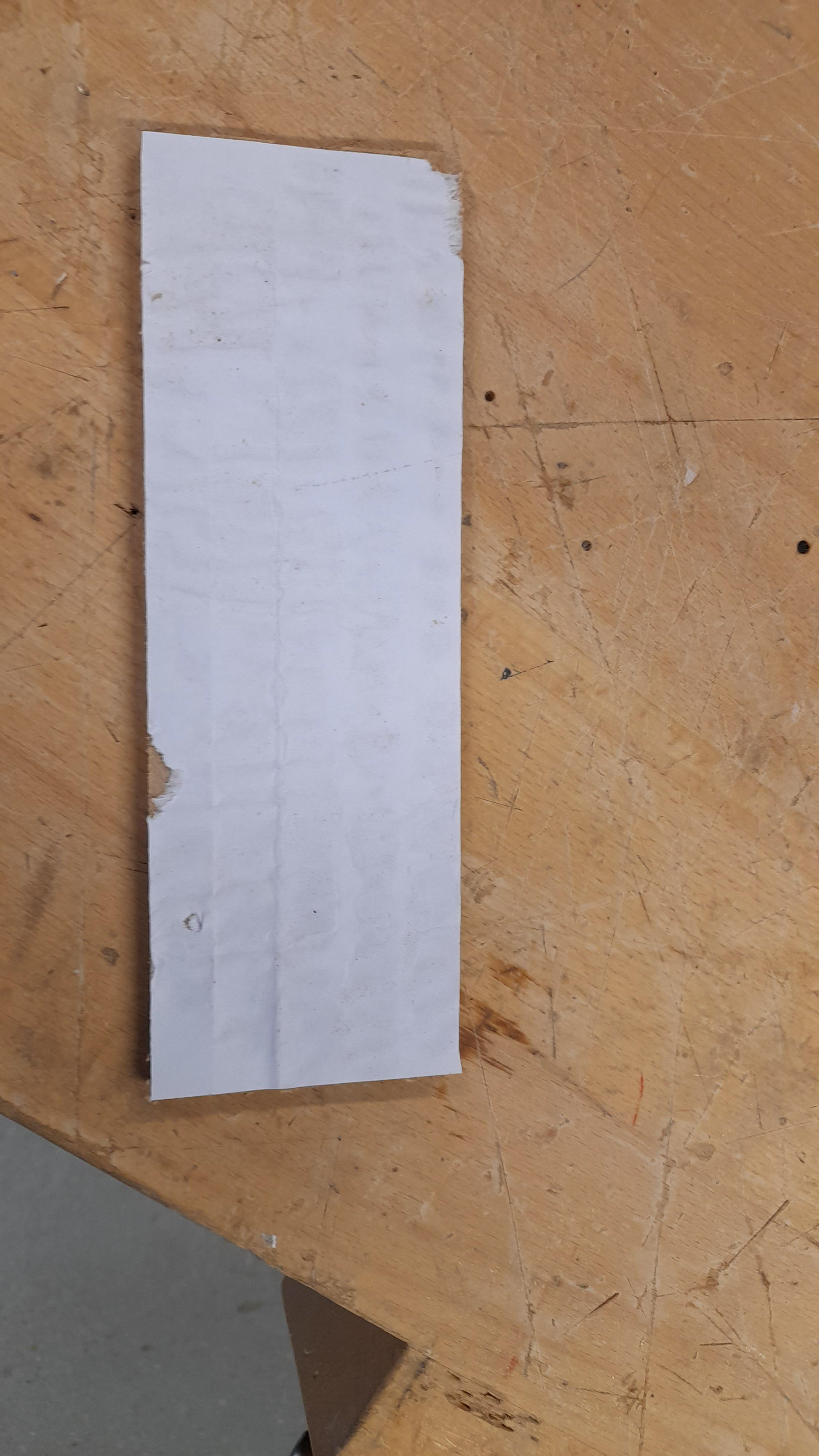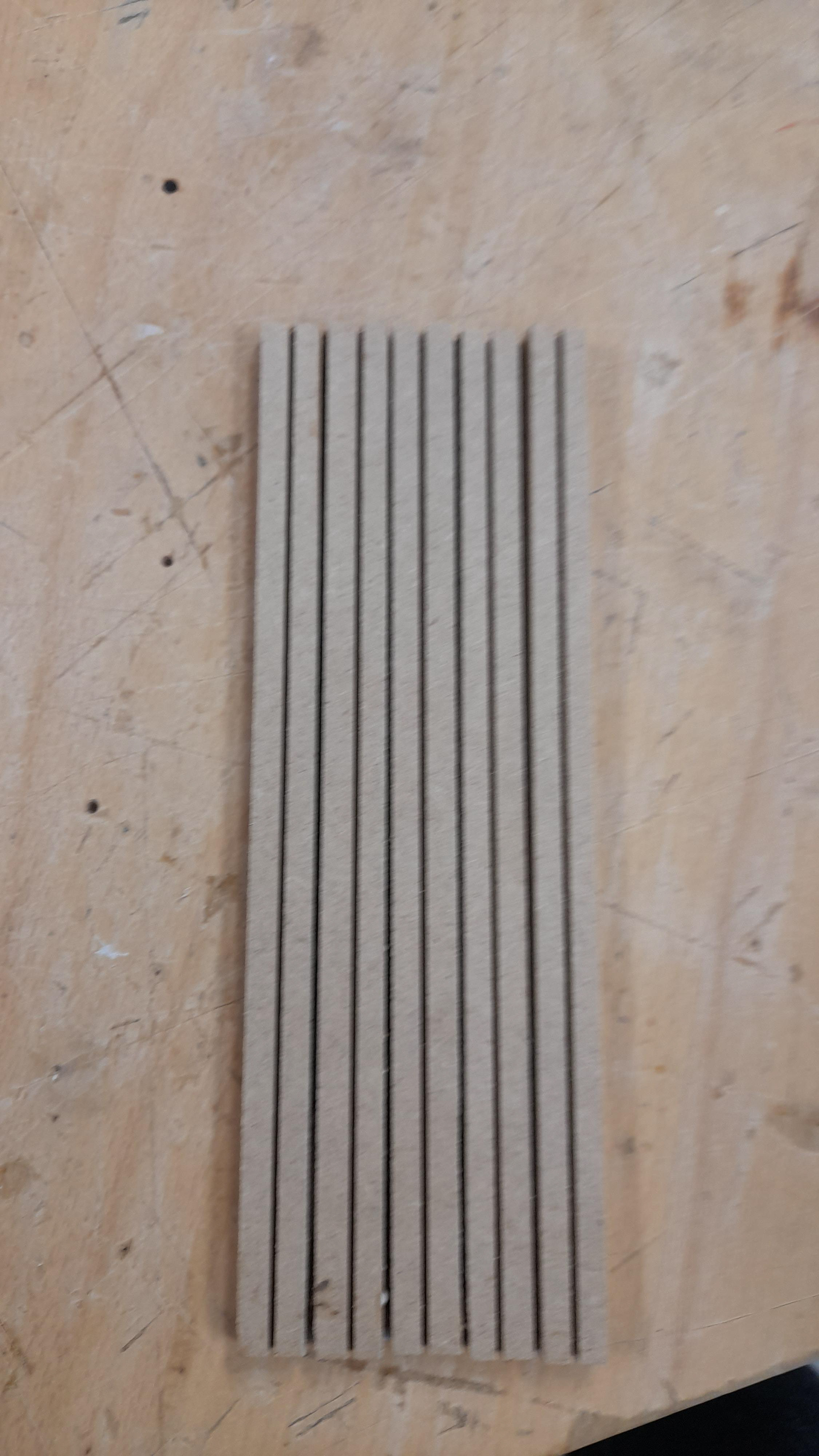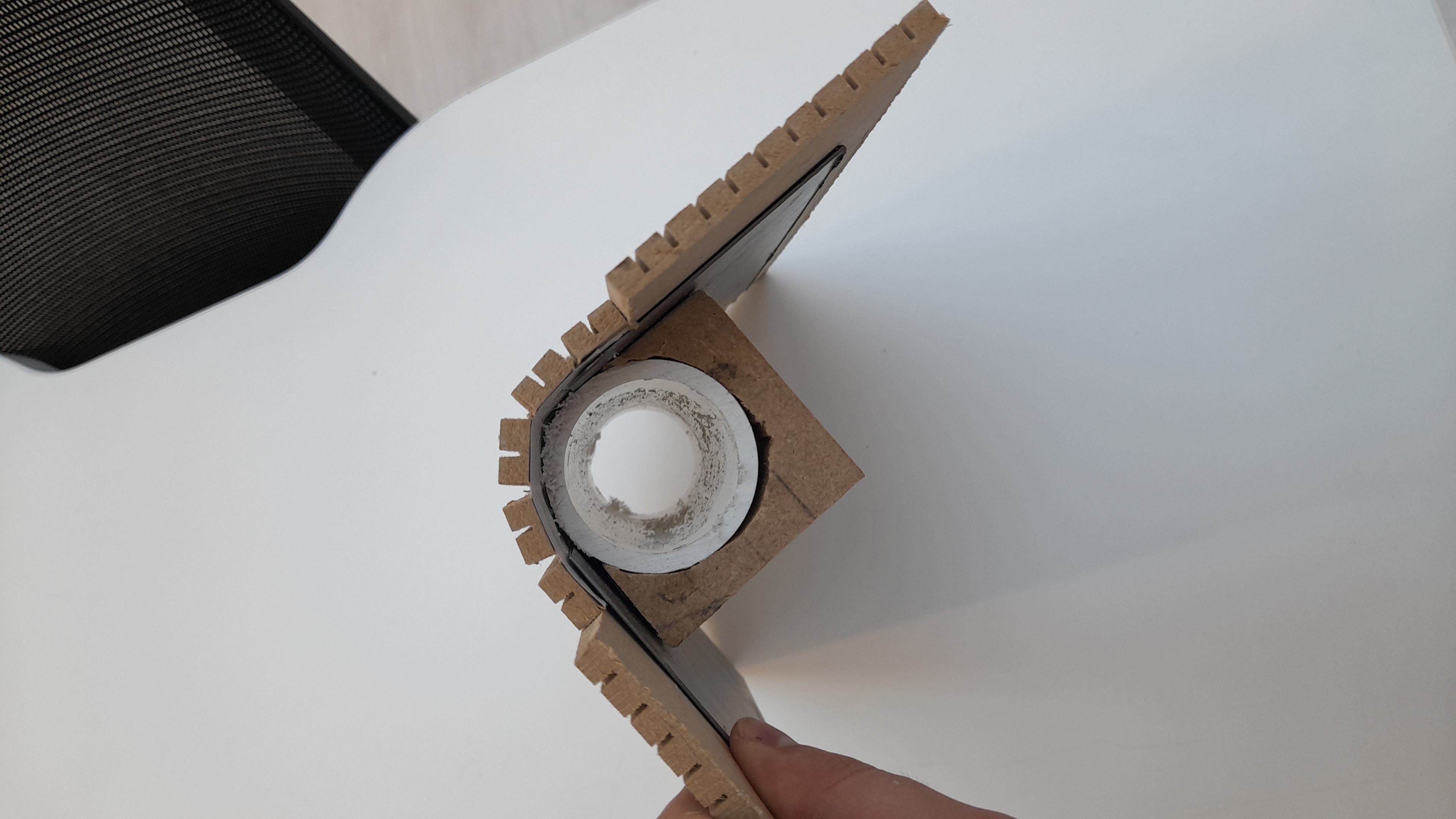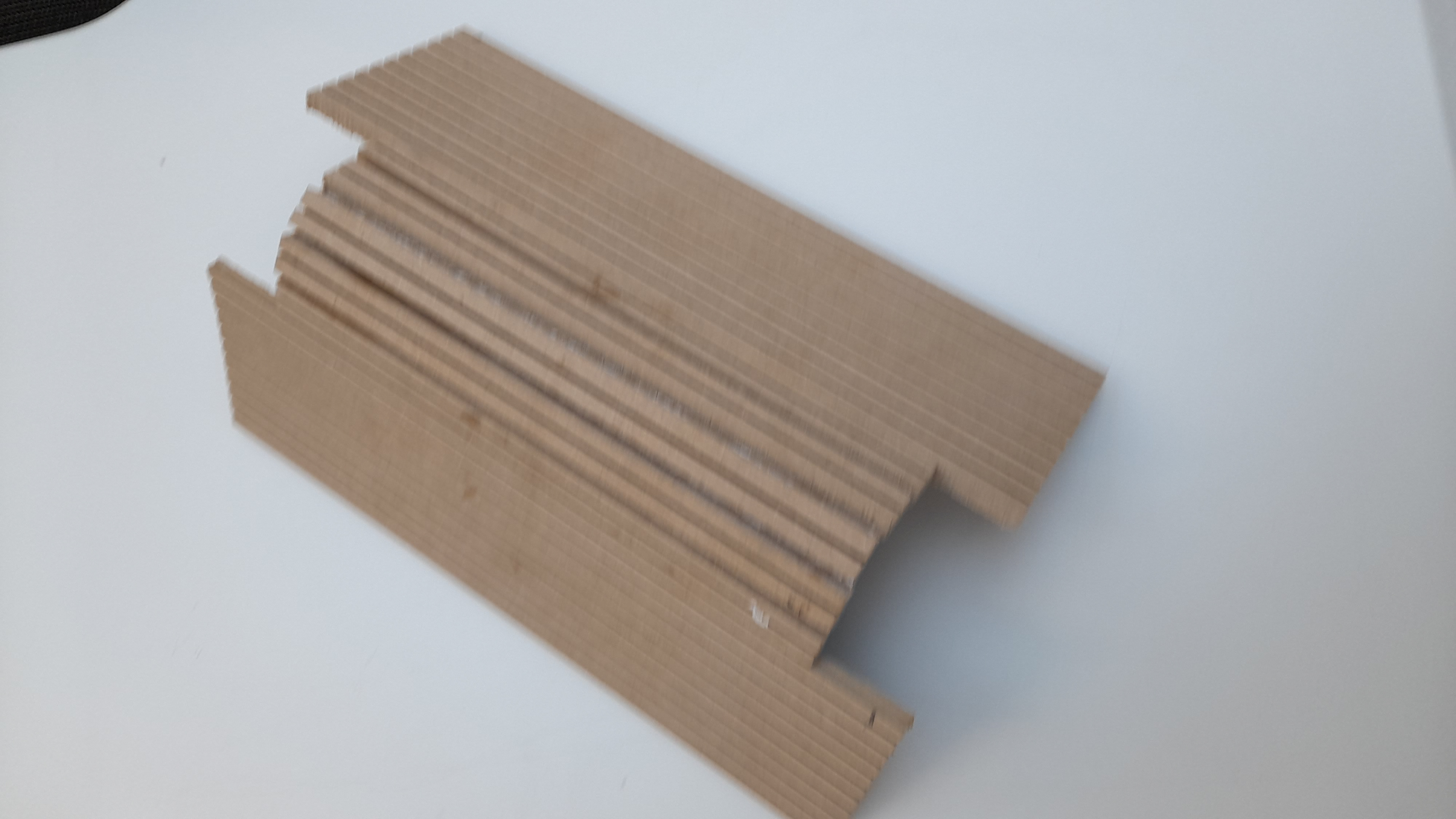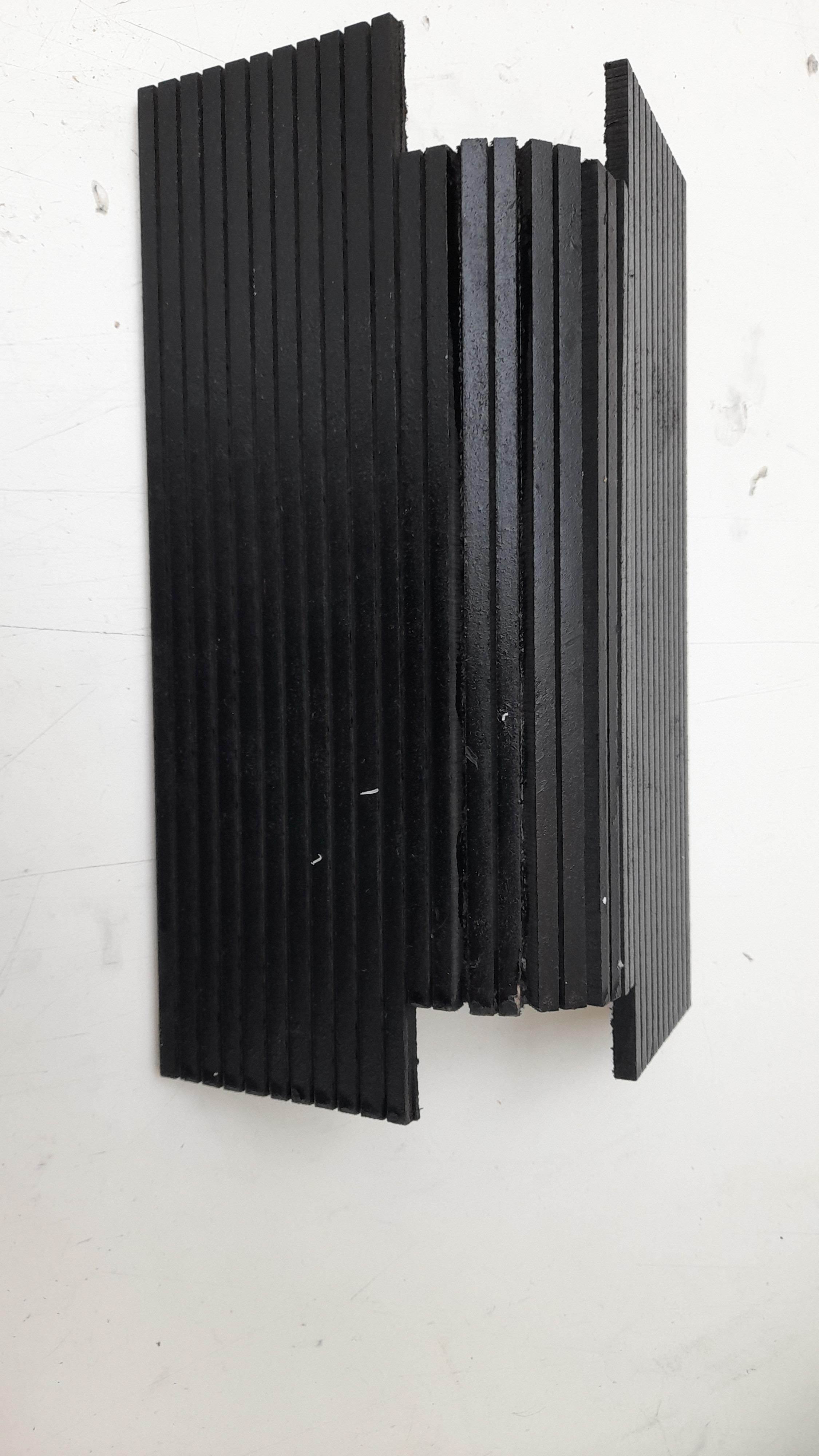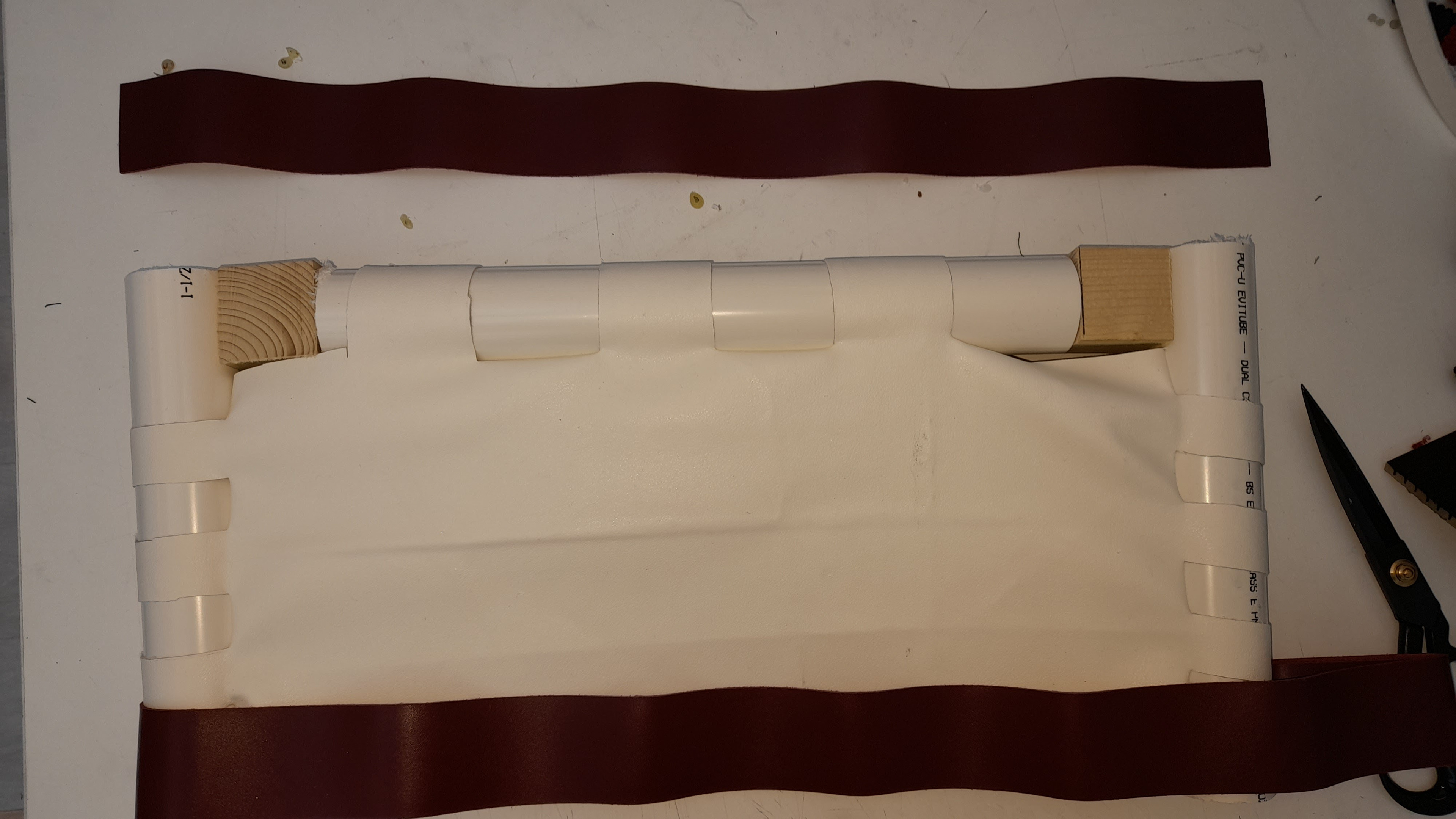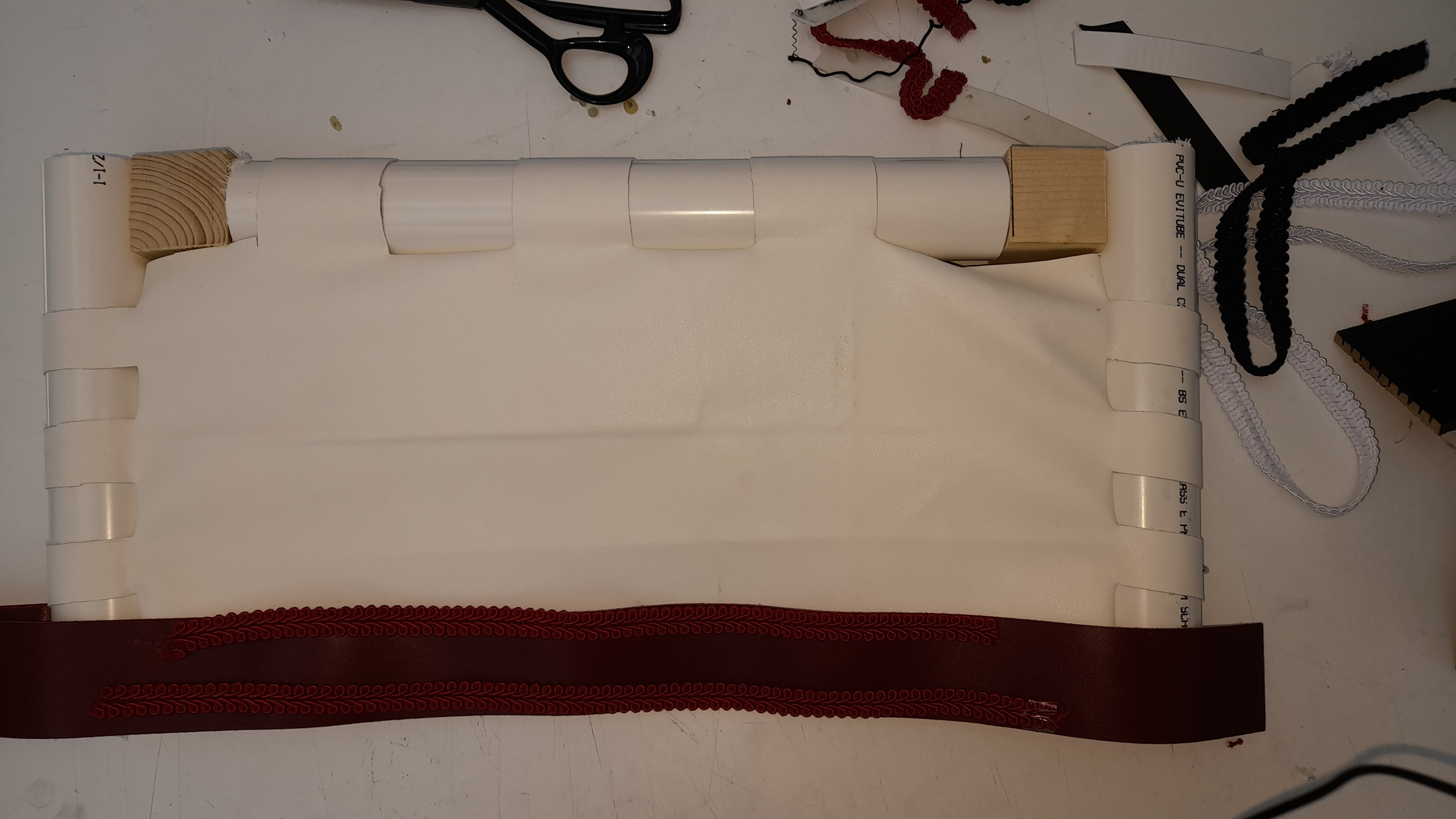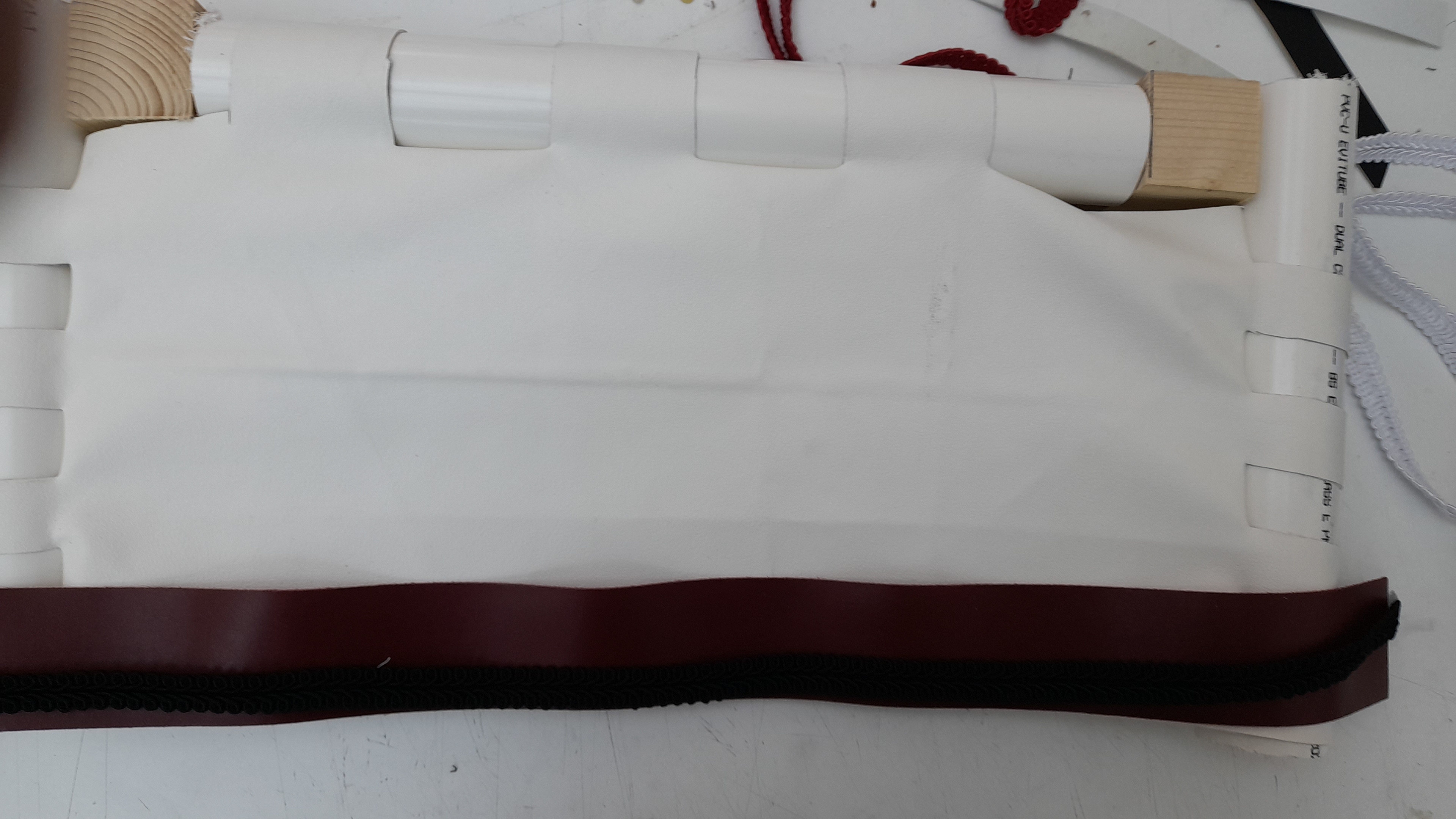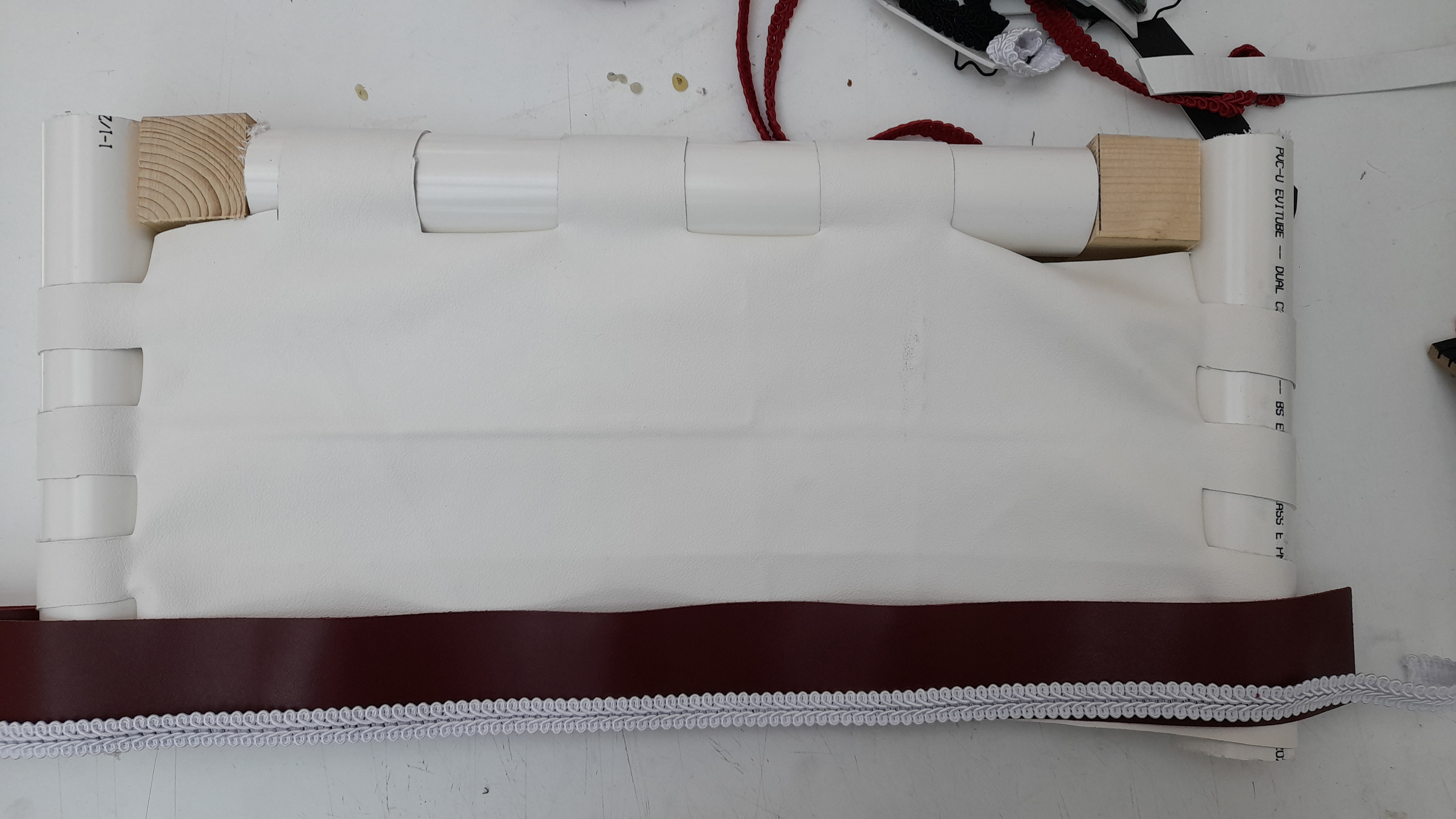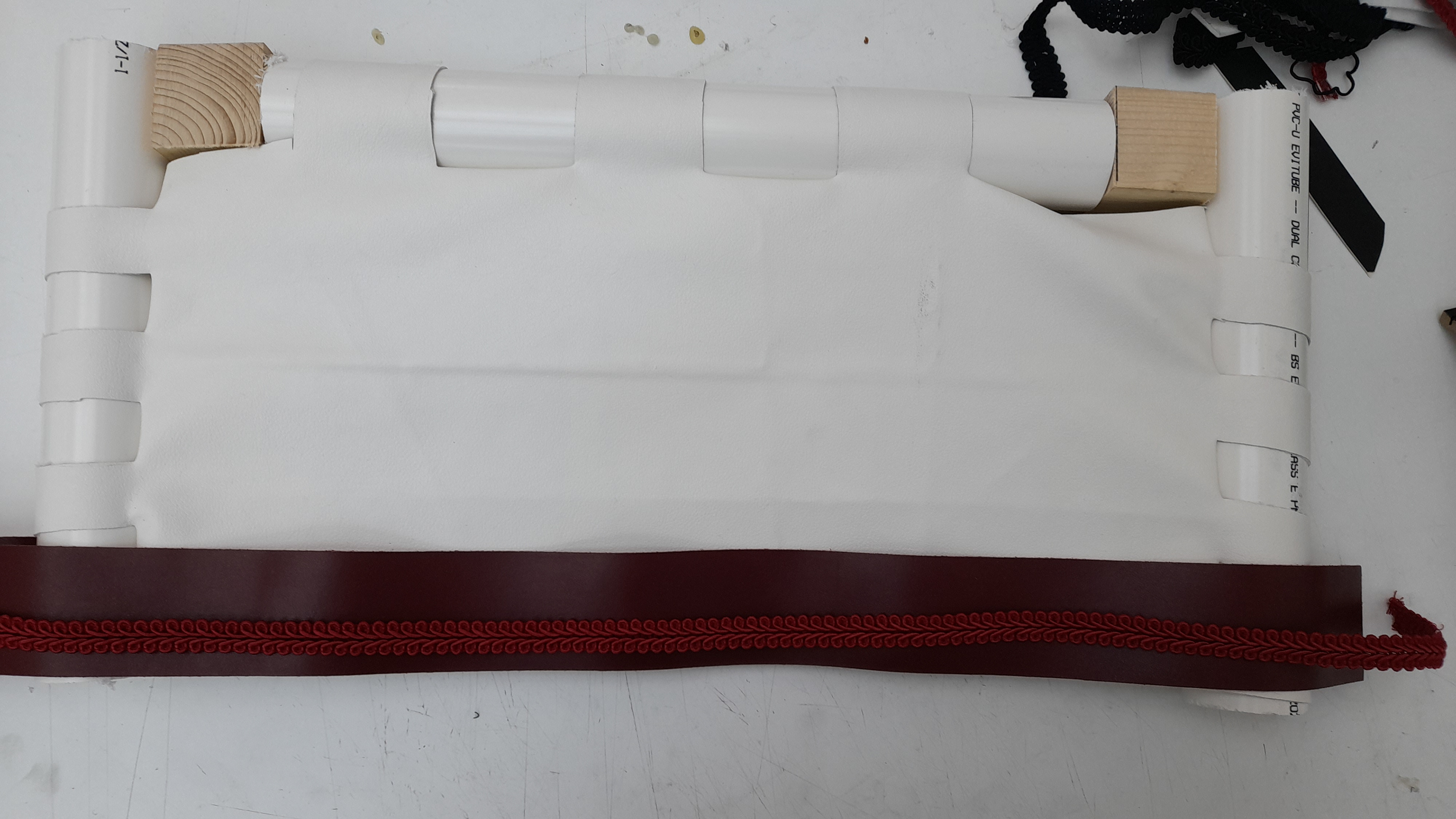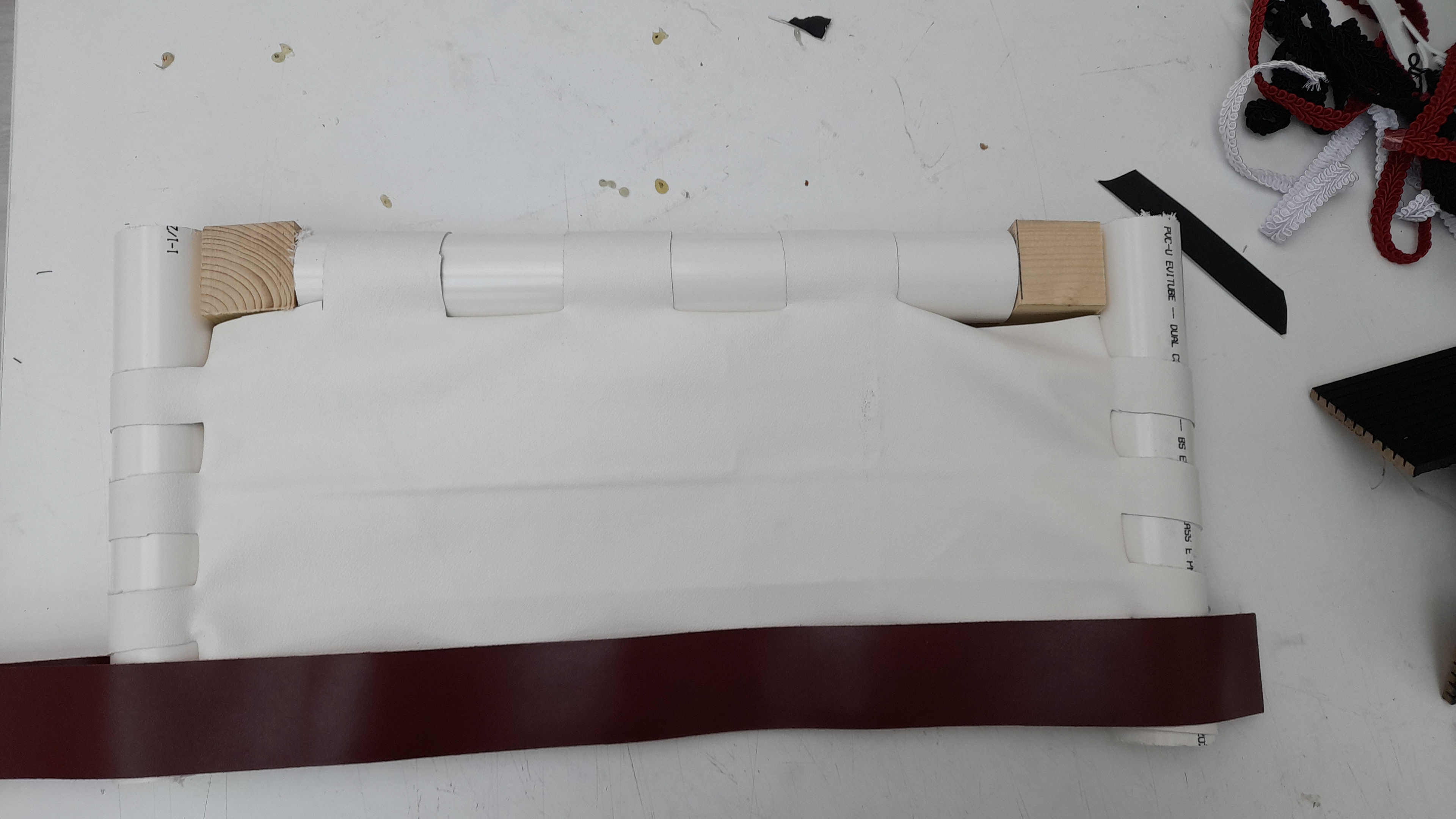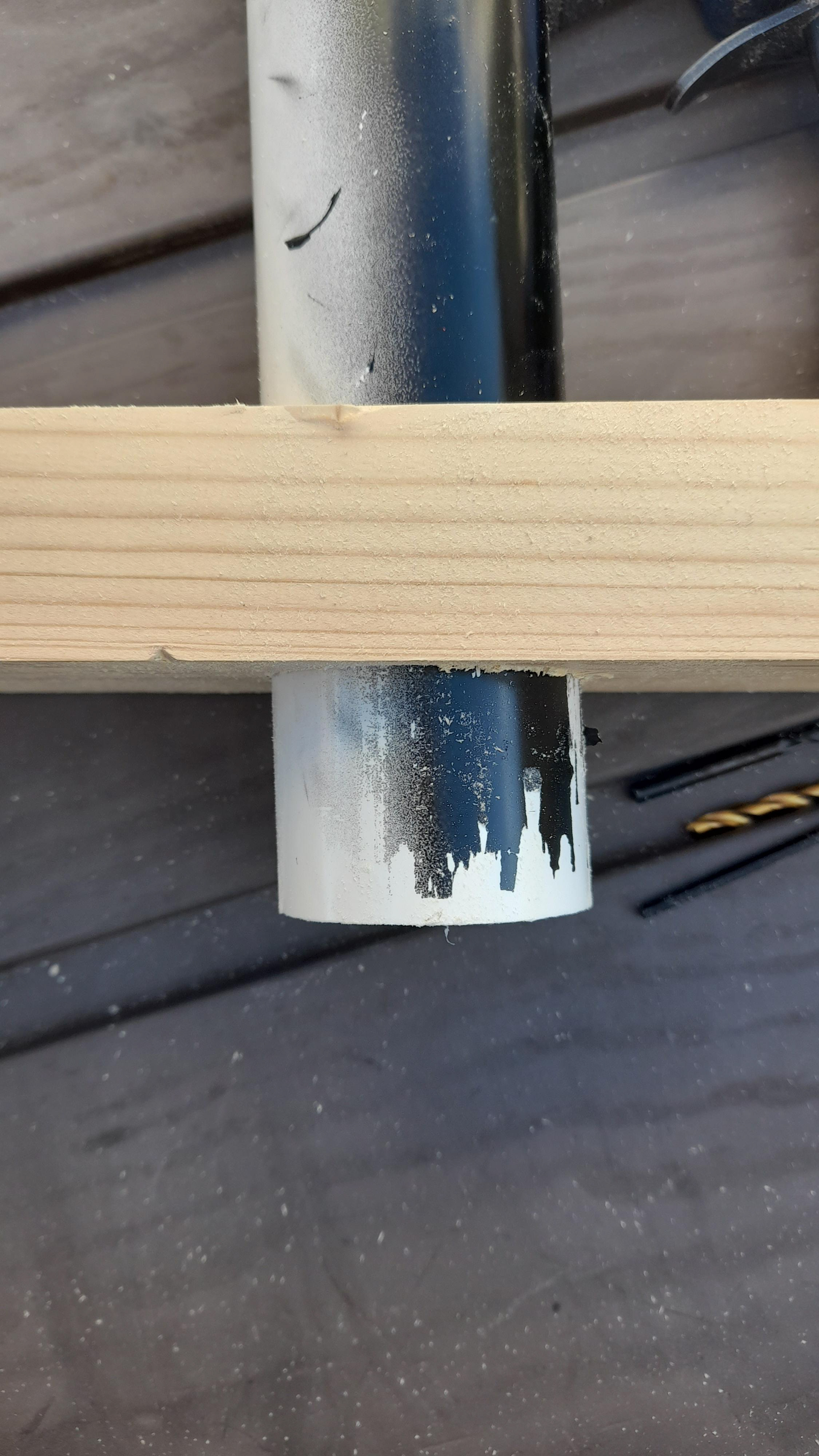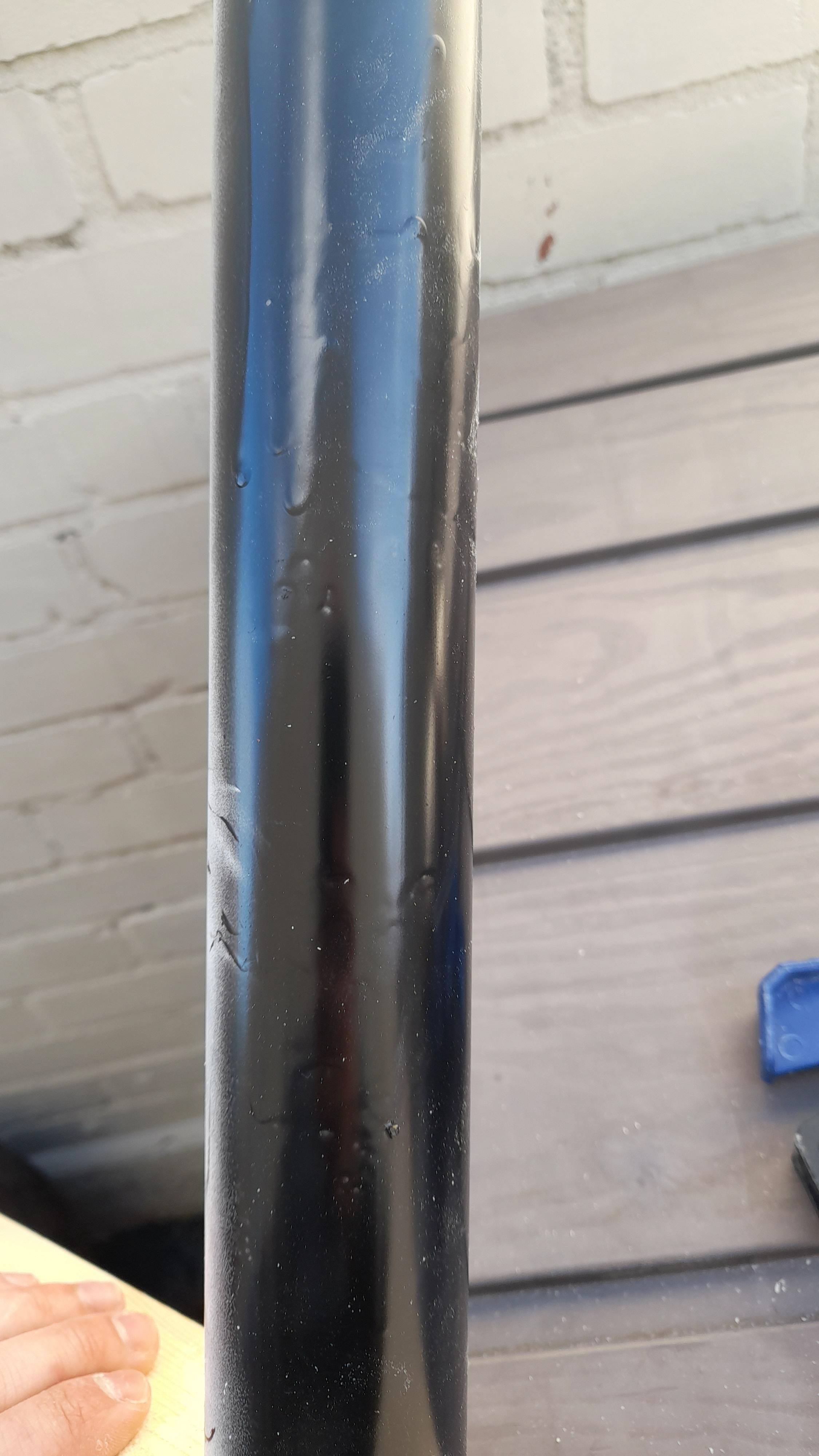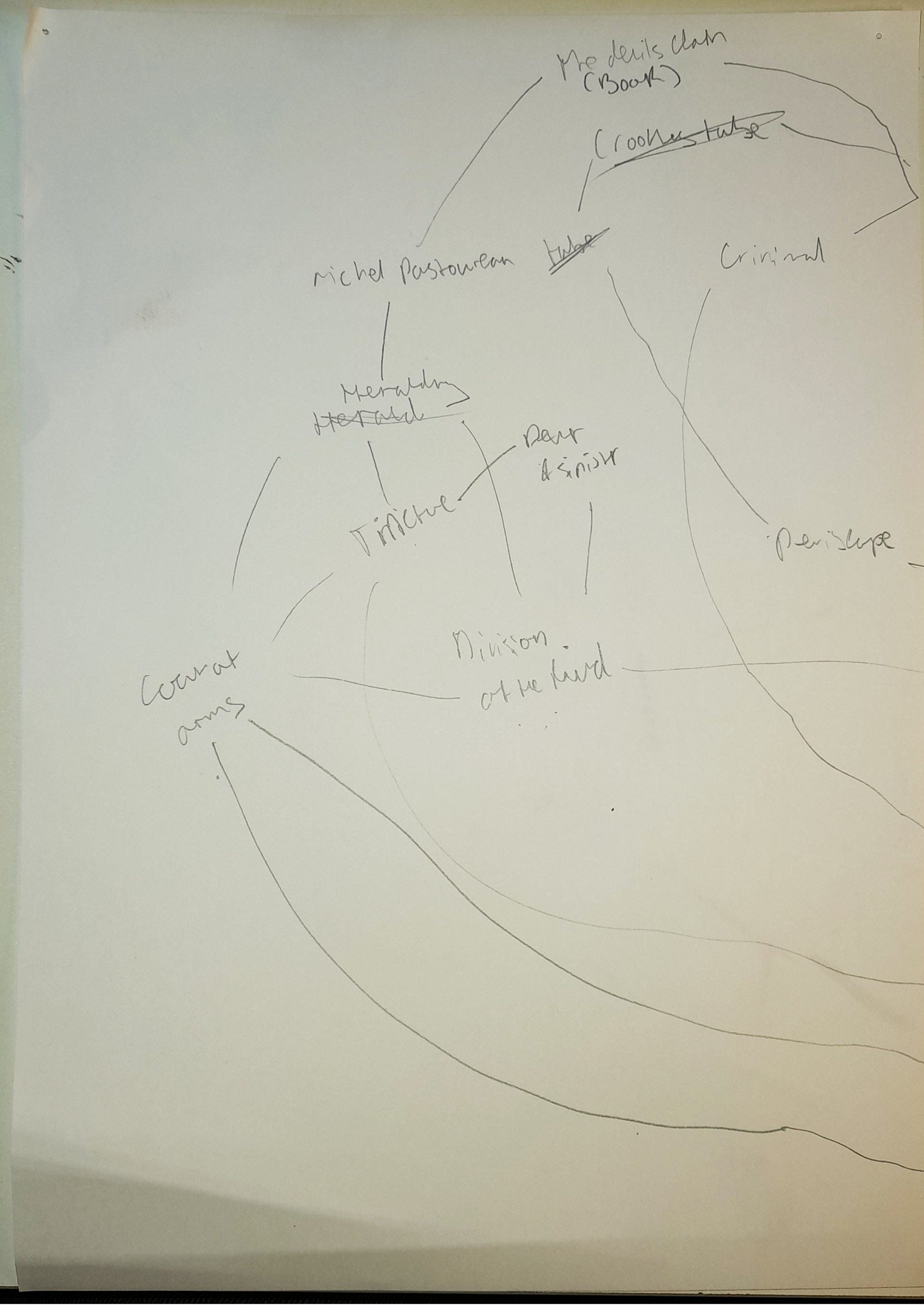

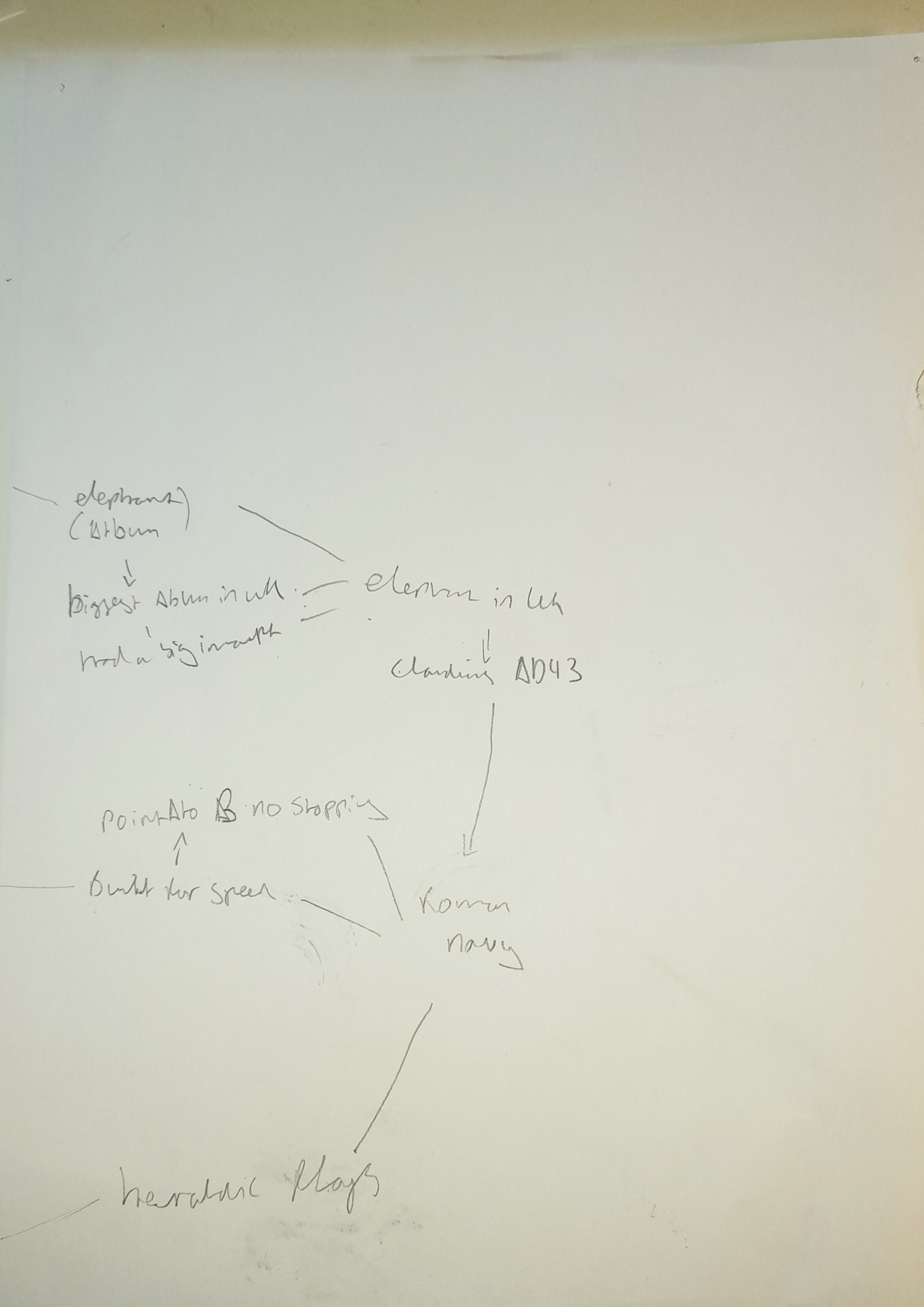
A crook or crooks is a cane with a curved top position (commonly used by a shepherd). A Cane, a long stick-shaped instrument or personal procession that has many uses such as a walking stick, horsewhip or even a staff. Not all canes have a curved finish but when thinking of a cane and curve the first thing that comes to mind is a candy cane. As it happens the candy cane is directly influenced by the shepherd crook, since their initial purpose was to remind children of the nativity story by acting as a gift for attending the Christmas pageant. Although we now associate them with sweets, they were originally used as a decoration for yule trees. They weren't always striped in red and white yet ''We talk of ''being of one stripe'', meaning being of one kind, sharing a set of values'' (Hampshire and Stephenson, 2006. p.38), this reflects how or refers to one of the meanings of Christmas, as in being all together and not apart.
The importance or even the significance of stripes has changed over time. While researching this I came across the term motion dazzle. This means using colouration to mislead a predator or onlooker to become confused. Due to the colour (being in motion, as in running or moving) creating a visual impairment. Which further causes the onlooker not to be able to comprehend where the subject is moving. It doesn't hide the prey. Instead, it causes the focus of the predator to be weakened.
''Zebras are the classic example — are easy to spot from a ways off. When they start to moving, however, their patterns make it nearly impossible to focus on an individual target. Lions attacking a herd of zebras or lionfish attacking a school of zebrafish are going to have the same problem zeroing in on a victim'' (Inverse, 2015).
By not being able to focus on a target due to the pattern of stripes, became a strategy of defence during WW1 and WW2. Dazzle camouflage (ship camouflage) inspired by nature, was a technique used in the navy to
''produce an effect by paint in such a way that all accepted forms of a ship are broken up by masses of strongly contrasted colour, consequently making it a matter of difficulty for a submarine to decide on the exact course of the vessel to be attacked'' (Newark, 2007. p.74). An aspect of this paintwork included countershading. This involved making the upper parts of the ships darker than the lower to help conceal them from afar since the stripes would be more noticeable. Although the stripes confused the enemy the ships still needed to be able to move stealthily thus countershading was used for this reason. The action of stealth, to move from one point to the next without being detected is a skill that many hopeful criminals try to do. Sometimes they get away with it but sometimes they don't. A criminal can also be called a crook which is a well-known phrase. My view on why they are called crooks is due to the following. When someone is abiding by the law they are on the 'straight and narrow' when they are not they are 'bent' as in dishonest. Therefore they are not on the straight path anymore but taking an angle. An angle can be bent or curved. A staff or cane that is curved or bent can be called a crook. If this crook or criminal were to be sentenced to jail then
they would be given clothing/uniform that would identify them as being a prisoner (they used to anyway). The uniform used to be stripped and I'll discuss the meaning in the next paragraph.
''The zebra was once considered a diabolical creature as a result of its striped coat, which was seen as a transgression against the laws of nature'' (Hampshire and Stephenson, 2006. p.134).
By being against the law doesn't mean you are a zebra. The transgression is that you've gone against the moral codes of society you were living in at that time. Hence you need to be branded as a menace. Therefore by being forced to wear stripes meant you were in the wrong. The reason is deeply rooted within various beliefs. In the book Patternalia the author states the following:
''To the medieval eye stripes marked ''outcasts or reprobates, from the jew and the heretic to the clown and the juggler, and including not only the leaper, the hangman and the prostitute but also the disloyal knight of the round table, the madman of the book of psalms, and the character of Judas'' (Stewart, 2015. p.47).
However, the meaning of the stripe has changed over time. In the book The Devil's cloth by Michel Pastoureau he states the following:
''That said, man proposes and the stripe disposes. Its true nature and function cannot be completely subject to the codes society would like to make it express. In the stripe, there is always something that resists enclosure within systems, something that brings with it distress and confusion, something that ''makes disorder'' (1991. p.90-91).
The idea of making disorder once again brought me back to how dazzle camouflage was used to confuse enemy ships/submarines. While looking into it I came across a painting by Arthur Lisner called RMS Olympic in Halifax. While researching this I realised that although the navy mainly used this form of camouflage other vessels did to such as merchant ships or even ocean liners. Such as the ship displayed in the painting. Oceanliners are built for speed since their voyage are mainly one point destinations rather than visiting multiple ports along the way. The RMS Olympic was initially owned by the white star line company whose logo had a similar colour scheme (depending on variations) to a candy cane. As in the red and white. With all this going on in my head I realised that although the logo of the company was red and white it could also be red, white and black which refers back to the term stripe again. This is because the band called The white stripes uses both colour schemes in marketing and advertising themselves. Yet another catch to this is that originally the band were considering the name peppermint which is the original flavour used in candy canes. Another factor is that the band uses distortion, heavily within their music which made me think about the quote by Pastoureau (shown earlier) about a stripe representing disorder. There is another quote by Pastoureau which states:
''Indeed, the stripe ... is something else, a rhythmic, dynamic, narrative surface that indicates action, the passage from one state to another'' (Pastoureau, 1991. p.21-22).
In this predicament, the stripe can be used to describe an album since an album shows how a band can change from one state to another. In terms of how their musical taste/output changes. The white stripes most significant album was Elephant realised in 2003. It had a big impact in the U.K. reaching number 1 on the album chart as well as reaching double platinum in terms of sales. Whilst looking at various reviews of the album ic came across a rolling stone article that stated that '’They’re sticking with that red-and-white thing, too. But with Elephant, their blues now come in living colour’’ (Fricke, 2003). Once again I'm going to go back to the term ship camouflage but it going to refer to an elephant and the colour blue.
Ship camouflage is not a modern concept it has been used throughout history. For example, Julius Cesar sent stealth ships to the coast of Britain covered in a blue wax to hide or become more stealth-like when gathering intelligence. The future emperor of Rome, Claudius used similar tactics in AD43 during the Roman conquest of Britain. The ships used to cross the channel were built for speed (like ocean liners) since ‘’For those travellers who were accustomed to sailing the Mediterranean, the weather conditions they could encounter on Oceanus Britannicus would be considerably more hazardous. Oceanus Britannicus was known for its precarious waters, with massive tides and currents accompanied by variable winds which could make for a difficult crossing'' (McCormack, 2019). However, the most interesting thing I found about this conquest was how there is a belief among some that an elephant was transported to Britain. This is debated if it is true or not but the idea of such an animal arriving in Britain would have had an impact on onlookers who had never seen such a creature before. There is a massive difference between an elephant and an album by that name. Yet the idea of how the name of this creature can still make an impact is surprising.
The roman navy would have most likely displayed various heraldic flags intending to show off how powerful their empire is. Such flags would be called individually a vexillum which is a banner that displays various military standards. If not on a flag then it would be on a staff called a vexilloid. Both are similar to a Coat of arms. As in they or all three display a personal identity and status within a military organization. In Heraldry: its origins and meaning by Michel Pastoureau state how ''An examination of the incidence of the various tinctures, for example, reveals a surprising emphasis on the colour blue throughout the west between the 13th and 18th centuries. Indeed, even today it is by far the preferred colour of Europeans, whereas the Romans considered it 'barbaric'.'' (Pastoureau, 1997. p.83). Barbaric means uncivilized or primitive when things are opposite to their own opinion on how society acts. The idea of using blue to camouflage their ships to hide in the environment is understandable but using a colour that describes the enemy is somewhat acknowledging that they may be a threat. Anyway, tinctures or tincture means the patterns and limited colours used in heraldic artworks (coat of arms). There are many parts to how a tincture is designed but each part is referred to two locations on a shield (an example of a coat of arms) which are dexter which means right and sinister which means left. Both sides are equal as in split straight down the middle of the shield. However, the shield can be separated in different ways which are called the division of the field. Each coat of arms has to be unique to the person, therefore slight modifications are made for each family member who wanted to display a coat of arms. Yet to make sure they were related within the family name, the same colour scheme was used as well as pattern. Pastoureau explains it with ''As a social code heraldry, with its rules on the representation of arms, can often situate the individual within a group and the group within society as a whole'' (1997. p.75). You could use this code to explain how bands use colours or certain garments to separate them from other acts (visually) that play the same genre. Maybe this is why the White stripes use the colours red, white and black in all their media marketing because ''Stripes single out the wearer, the room, the car-whatever they adorn-and say: ''notice me!'' (Hampshire and Stephenson, 2006. p.8).
Bibliography
Fricke, D. (2003) Elephant. Available at: https://www.rollingstone.com/music/music-album-reviews/elephant-2-117445/ (Accessed: 30th December 2021)
Hampshire, M. and Stephenson, K. (2006) Stripes. Mies ;: RotoVision.
McCormack, L. (2019) Gaul To Britannia, The Crossing of Oceanus Britannicus. Available at: Gaul To Britannia, The Crossing of Oceanus Britannicus - Historic UK (historic-uk.com) (Accessed: 30th December 2021)
Newark, T. (2007) Camouflage. London: Thames & Hudson.
Pastoureau, M. (1991) The devil’s cloth. New York: Columbia University press.
Pastoureau, M. (1997) Heraldry : its origins and meaning. London: Thames & Hudson.
Stewart, J. (2015) Patternalia : an unconventional history of polka dots, stripes, plaid, camouflage, & other graphic patterns. New York: Bloomsbury Publishing.
Tincture means the colour palette and patterns used in heraldry, to decorate shields and banners. It was used to distinguish different houses, clans and noblemen. Whereas dazzle camouflage was used to decorate ships to confuse enemies out at sea. The colour schemes on the ships were vast but mainly contained stripes and patterns. These ships would be part of a fleet so my initial idea for this section was to make a collection of products that have the same function as in a fleet of products.
In the story about King Arthur, there is a round table in which travelling knights join. Each knight would be given their seat with their family's coat of arms displayed. This is similar to the term tincture. Therefore I planned to make a collection of tables.
In the story about King Arthur, there is a round table in which travelling knights join. Each knight would be given their seat with their family's coat of arms displayed. This is similar to the term tincture. Therefore I planned to make a collection of tables.
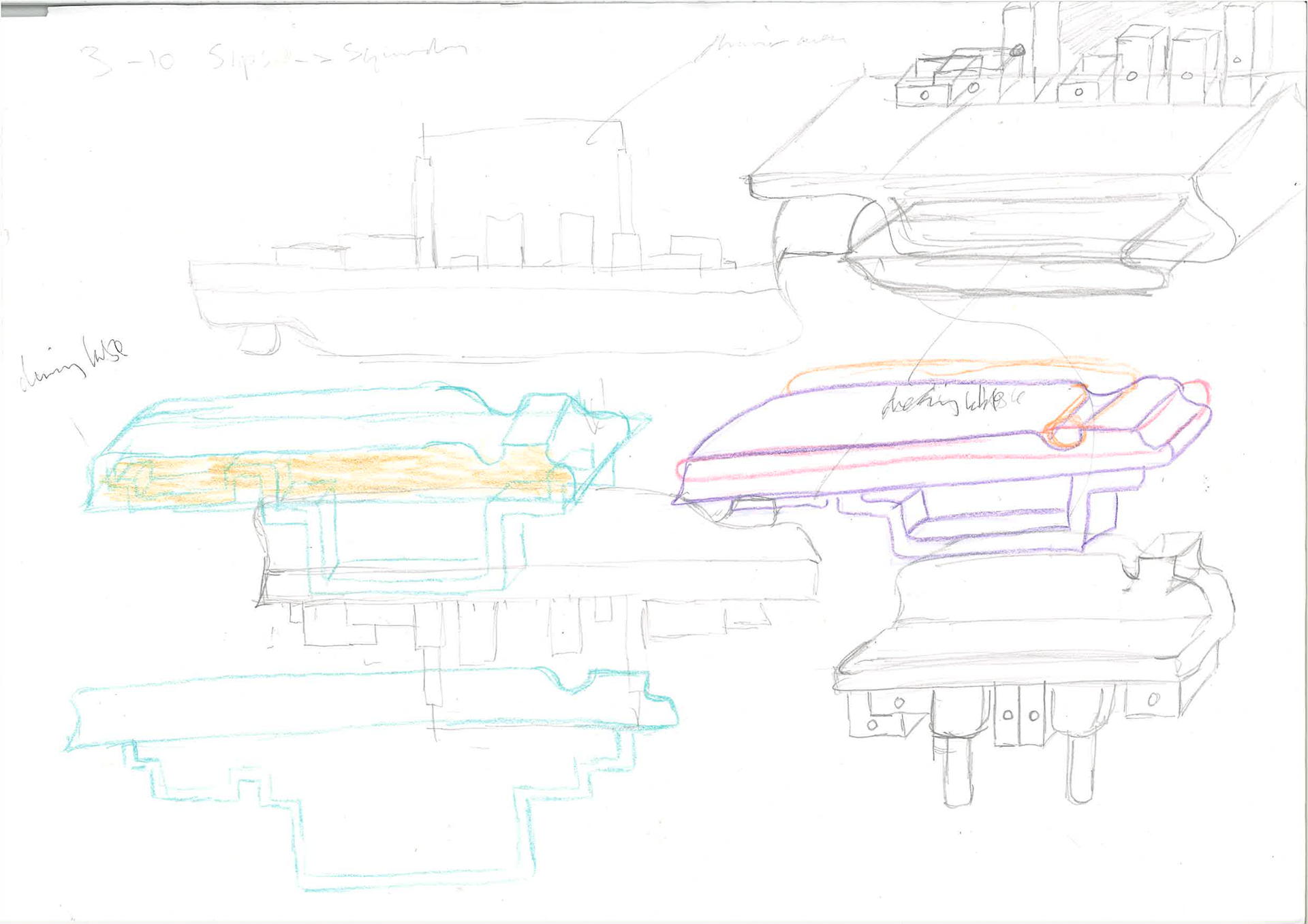
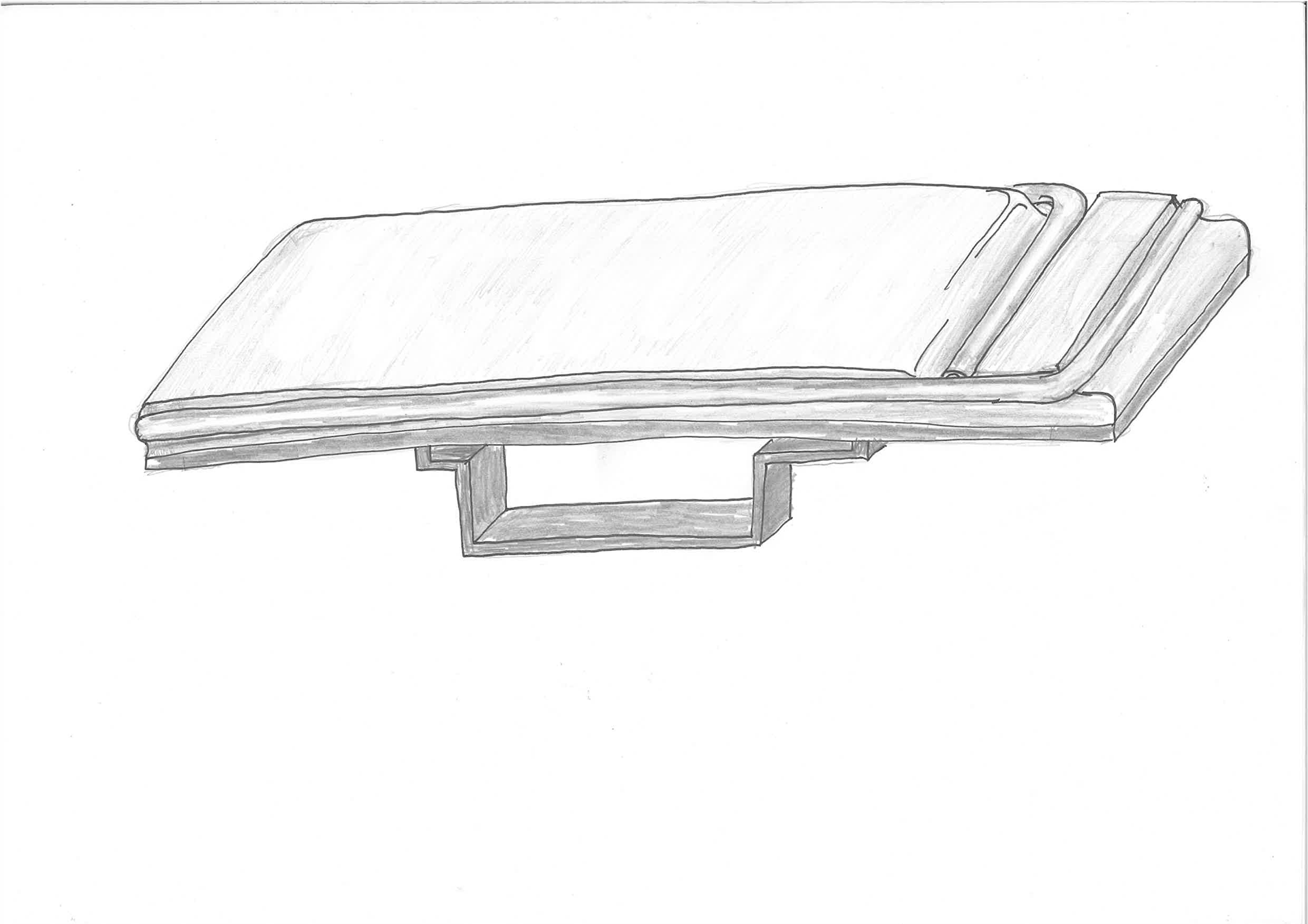
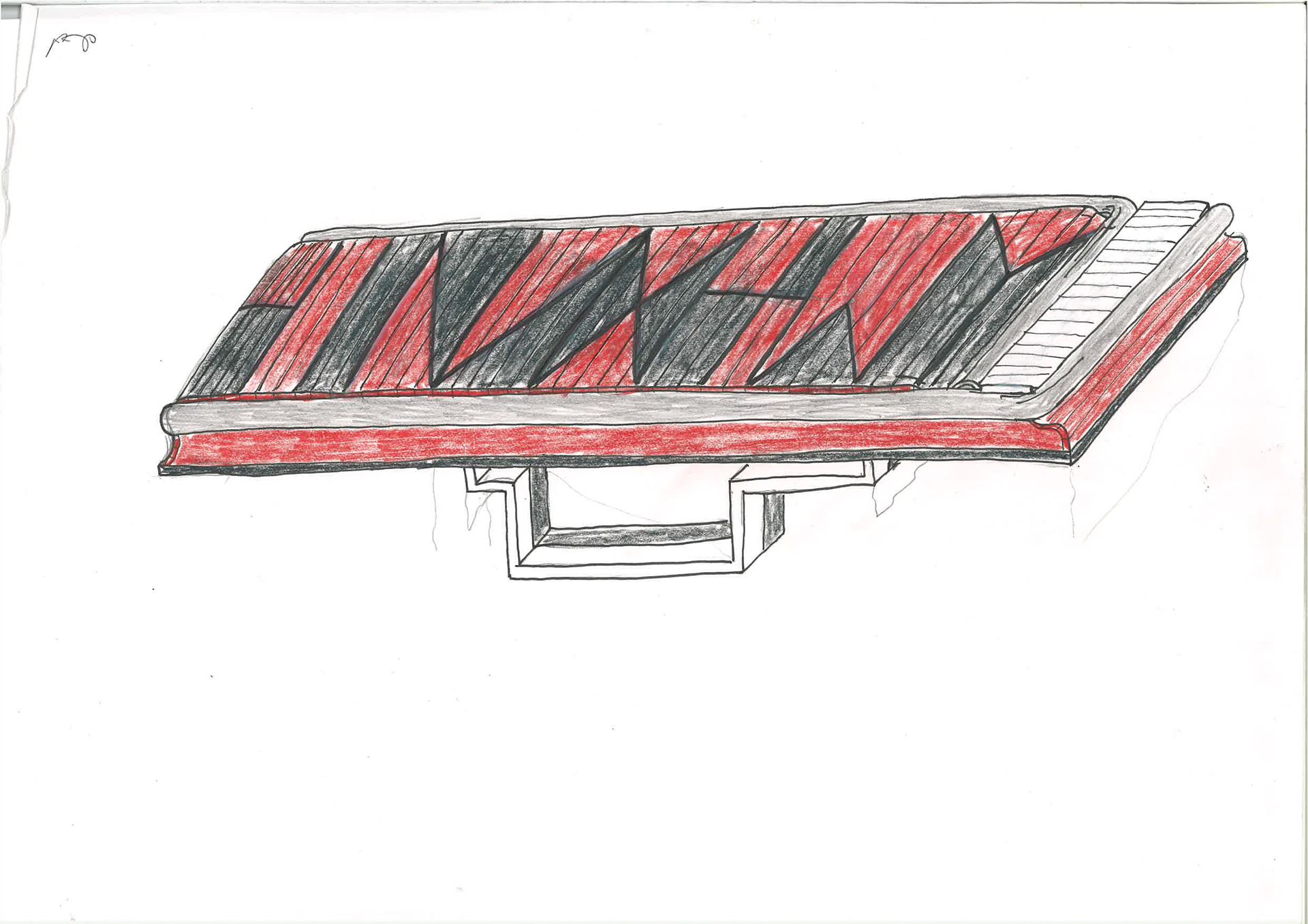
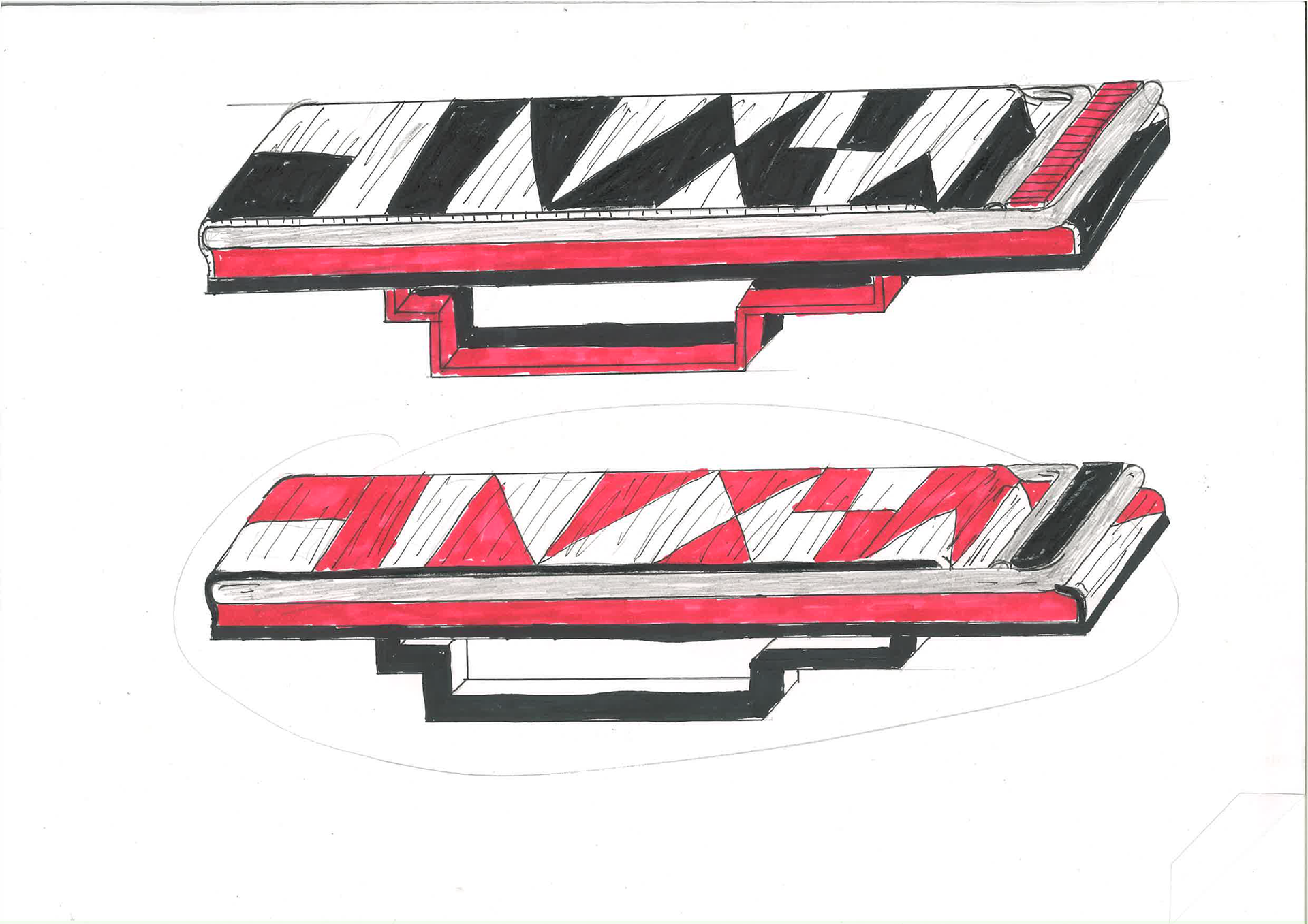
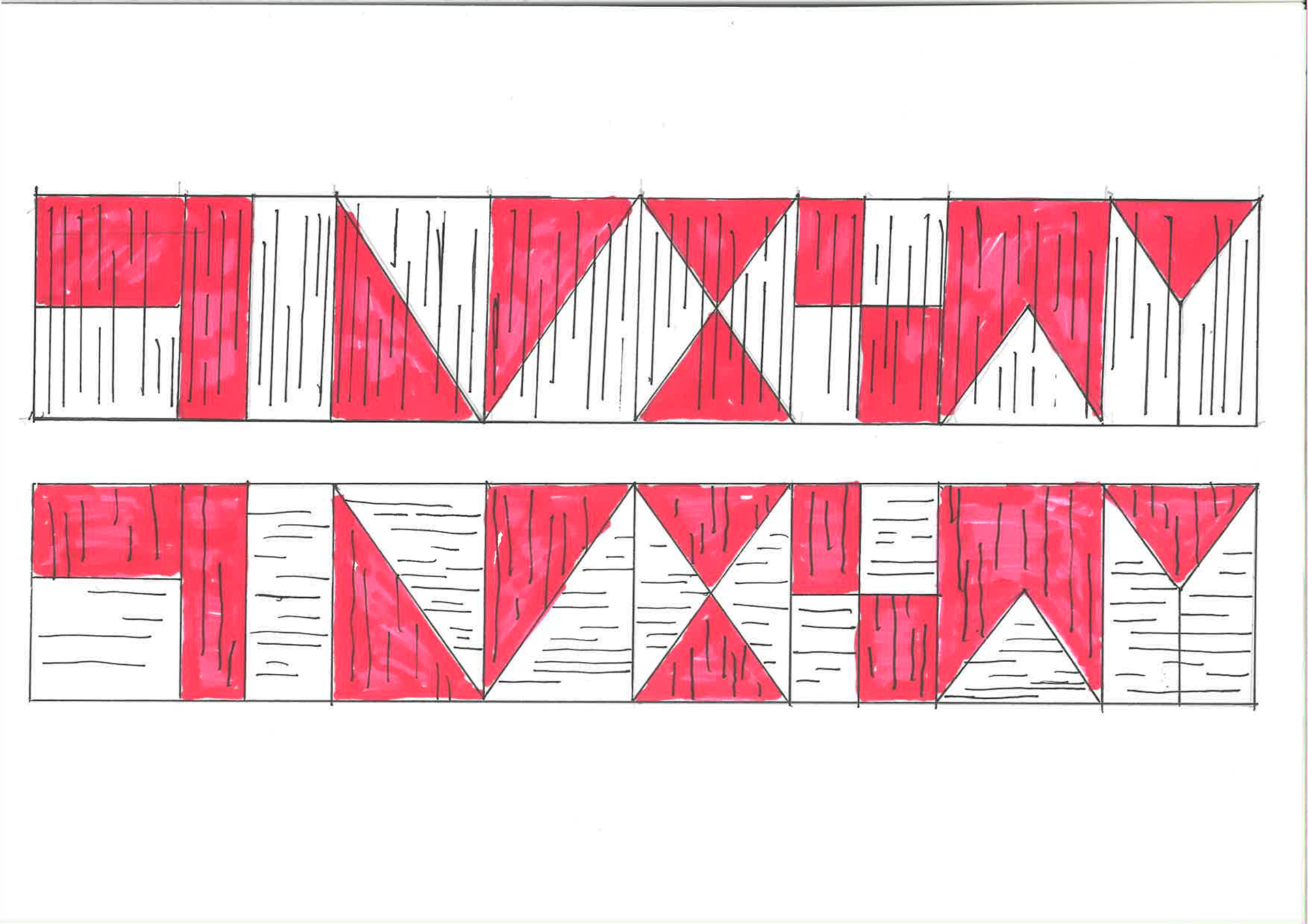


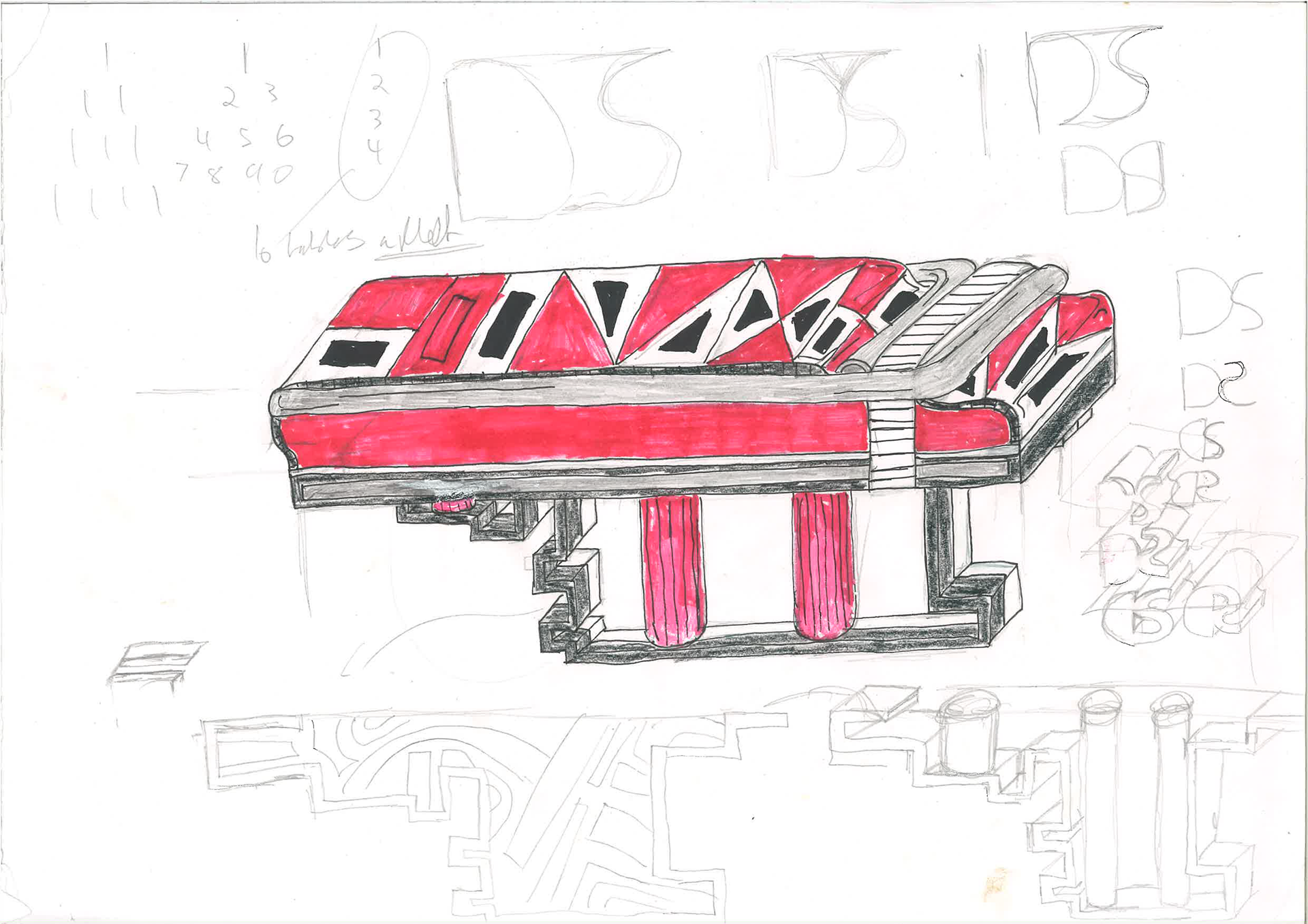
The first concept I started sketching was having a naval ship as a source of inspiration. It would be a long rectangle table with a pattern of the various division of fields laid out on top. Due to dazzle camouflage having strips I thought why not use flexible MDF board since it has stripes running through it. The colour scheme would primarily be red, white and black. Another aspect of the design I was keen on adding was a metal pole that bent or curved to fit on the table to represent the term candy cane as well referring to the term countershading to the pole having a reflective surface creating darker and lighter shades on it.
Yet I realised it was a bit too far fetched. I hadn't considered the word section enough. A tincture is mainly used on shields hence I made the decision to scrap this concept and start new. The new idea would be much smaller in size similar to the size of a shield
Yet I realised it was a bit too far fetched. I hadn't considered the word section enough. A tincture is mainly used on shields hence I made the decision to scrap this concept and start new. The new idea would be much smaller in size similar to the size of a shield
Coffee tables
if I'm being honest making a round table didn't seem engaging enough, therefore, making a collection of coffee tables was a more profound choice due to them being around the same size as shields. To begin with, I started looking at the rules of tincture and to summarise what it states is that you cant place colour on colour or place metal on metal. But you can have a colour going through another colour image below represent this.
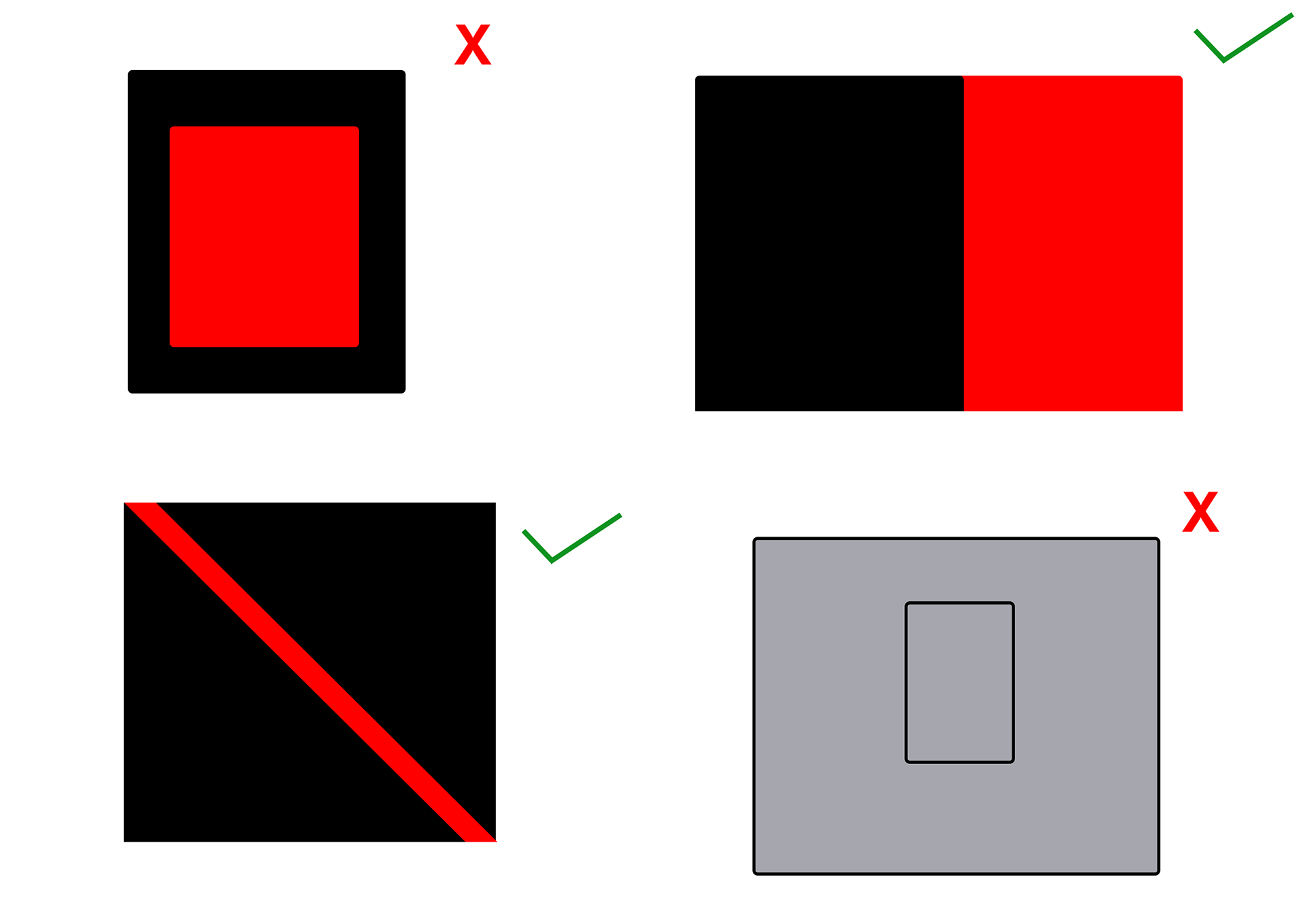

I still liked the idea of using flexible MDF as the main material of choice. but because it is flexible I would a base that can make sure it doesn't lose shape. Hence using a metal base would be suitable and furthermore, it would steel due that being the material used on shields as well on naval ships.
To begin with, I wanted to add a curved edge to the design to represent the word candy cane. The earlier sketches above don't really show this but the images below do. A candy cane has stripes on it, by using the flexible MDF would represent this.
To begin with, I wanted to add a curved edge to the design to represent the word candy cane. The earlier sketches above don't really show this but the images below do. A candy cane has stripes on it, by using the flexible MDF would represent this.
The above 3 images would represent the top of the coffee tables. Below is my take on dazzle camouflage.
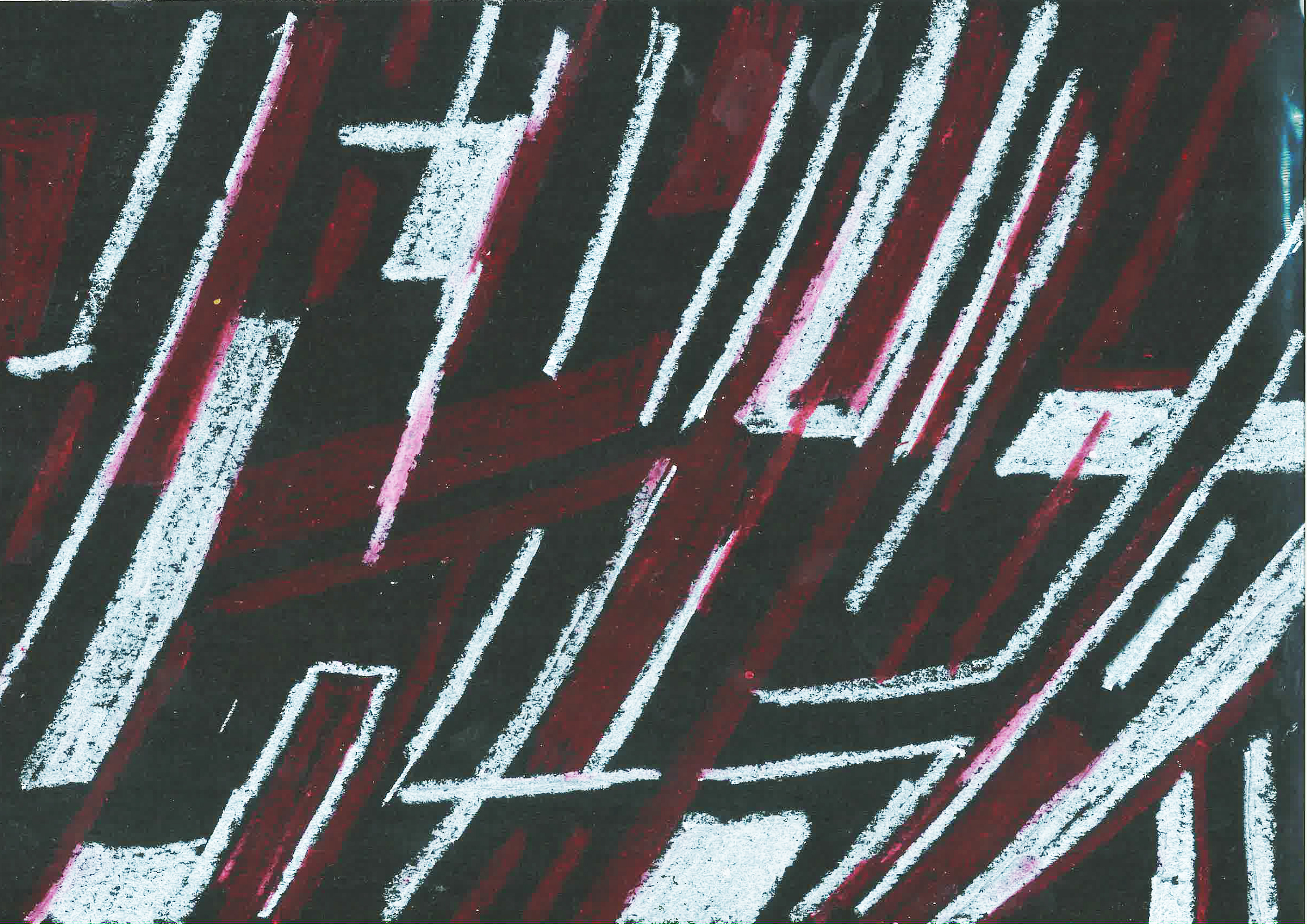
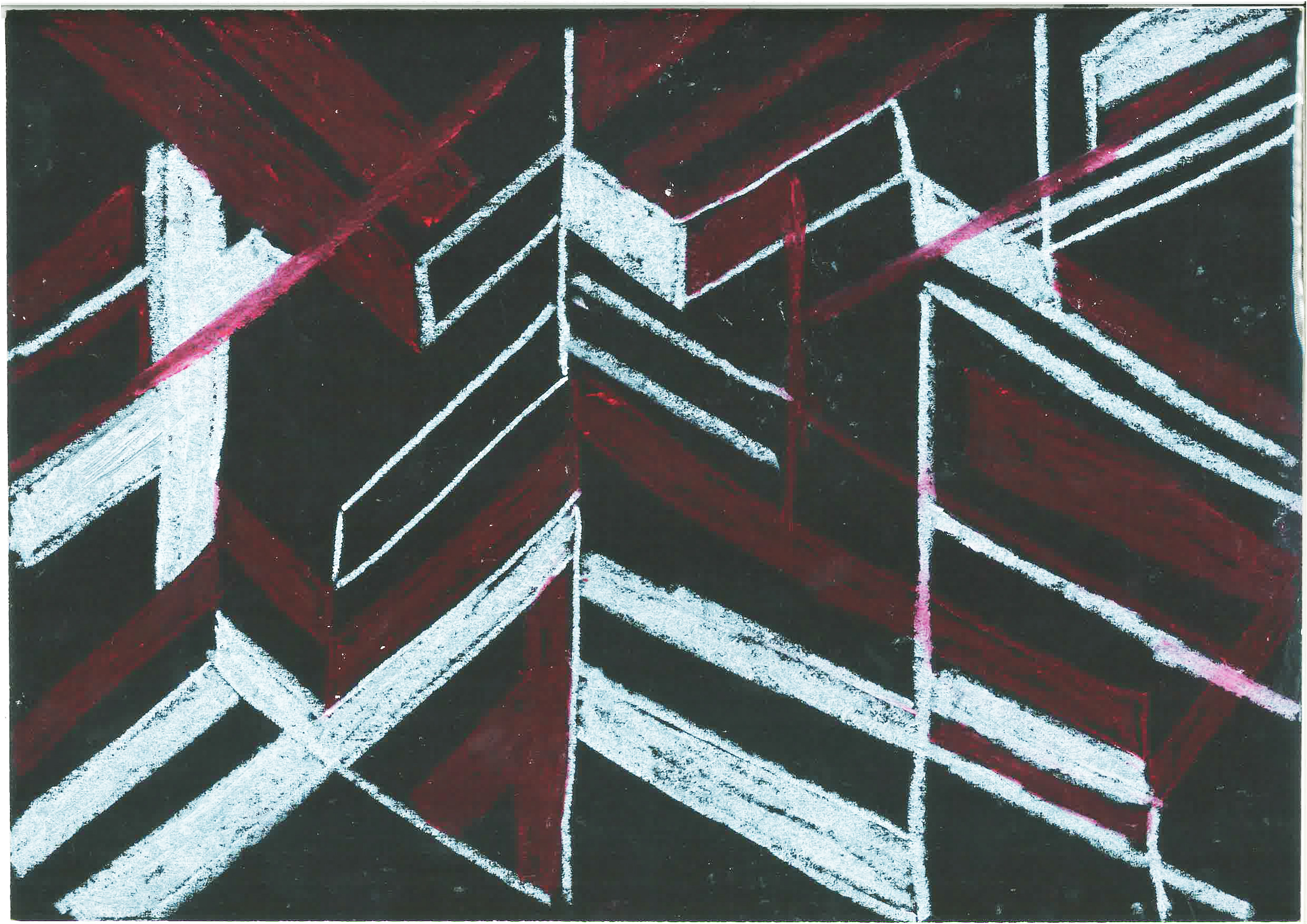
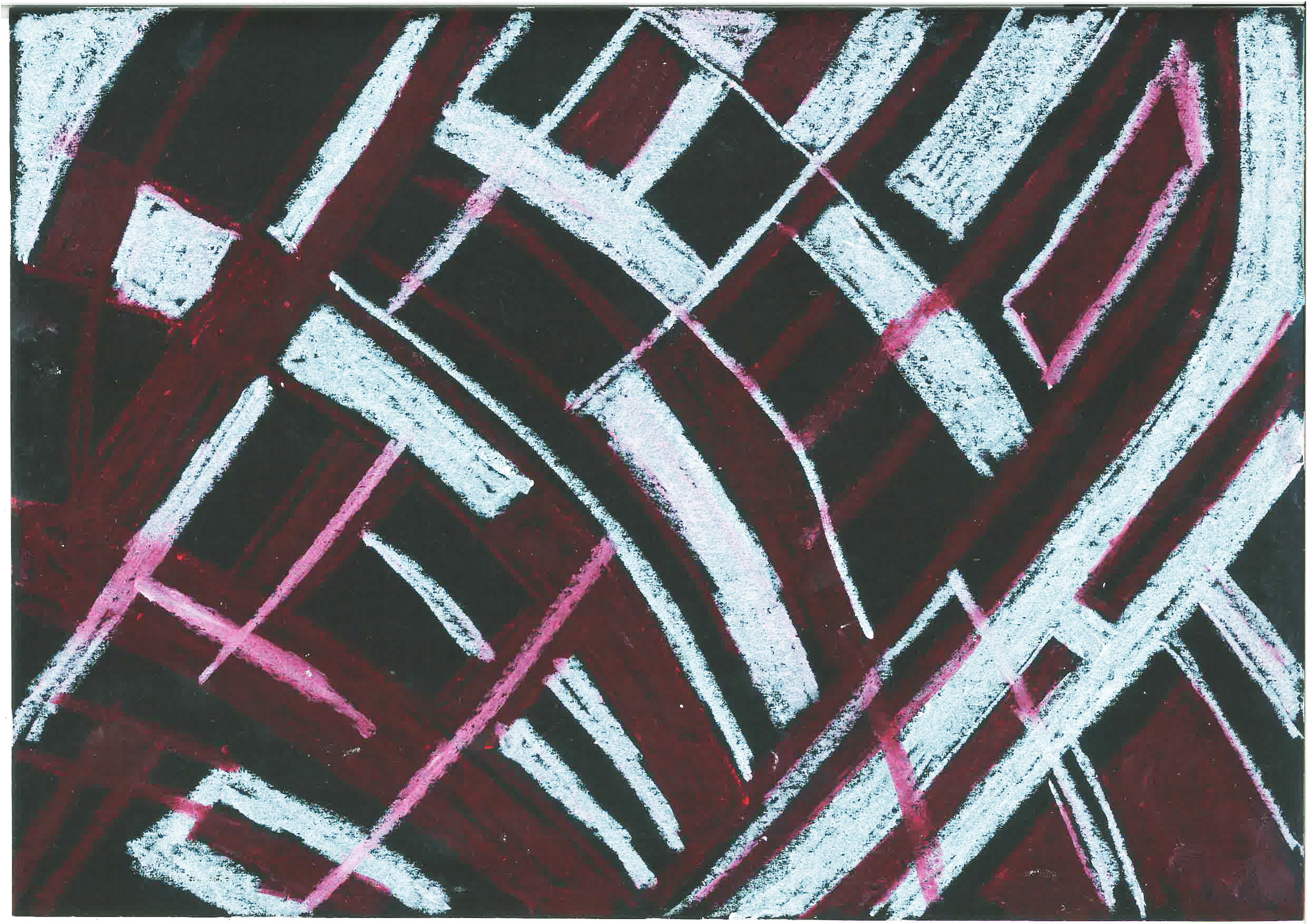


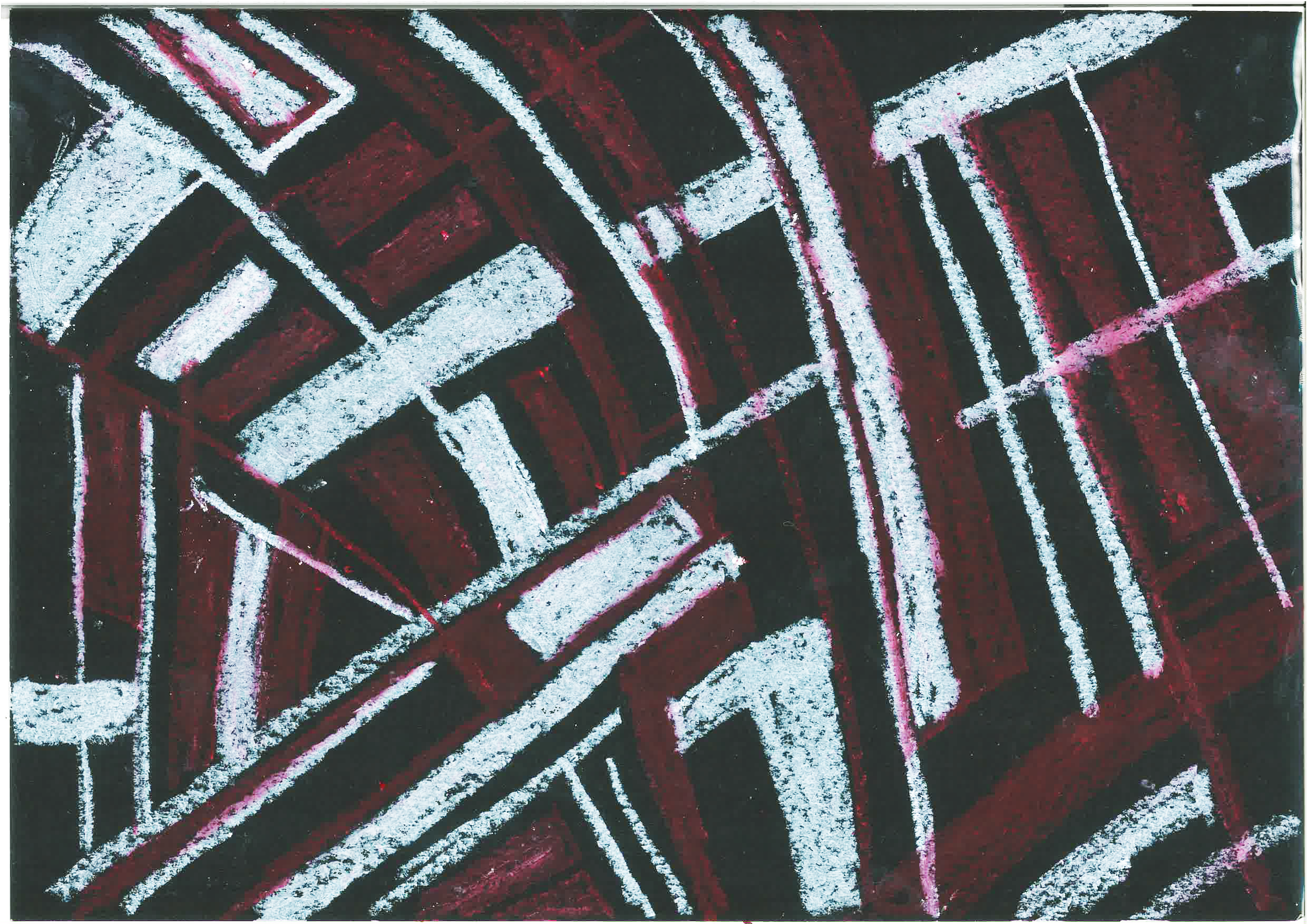

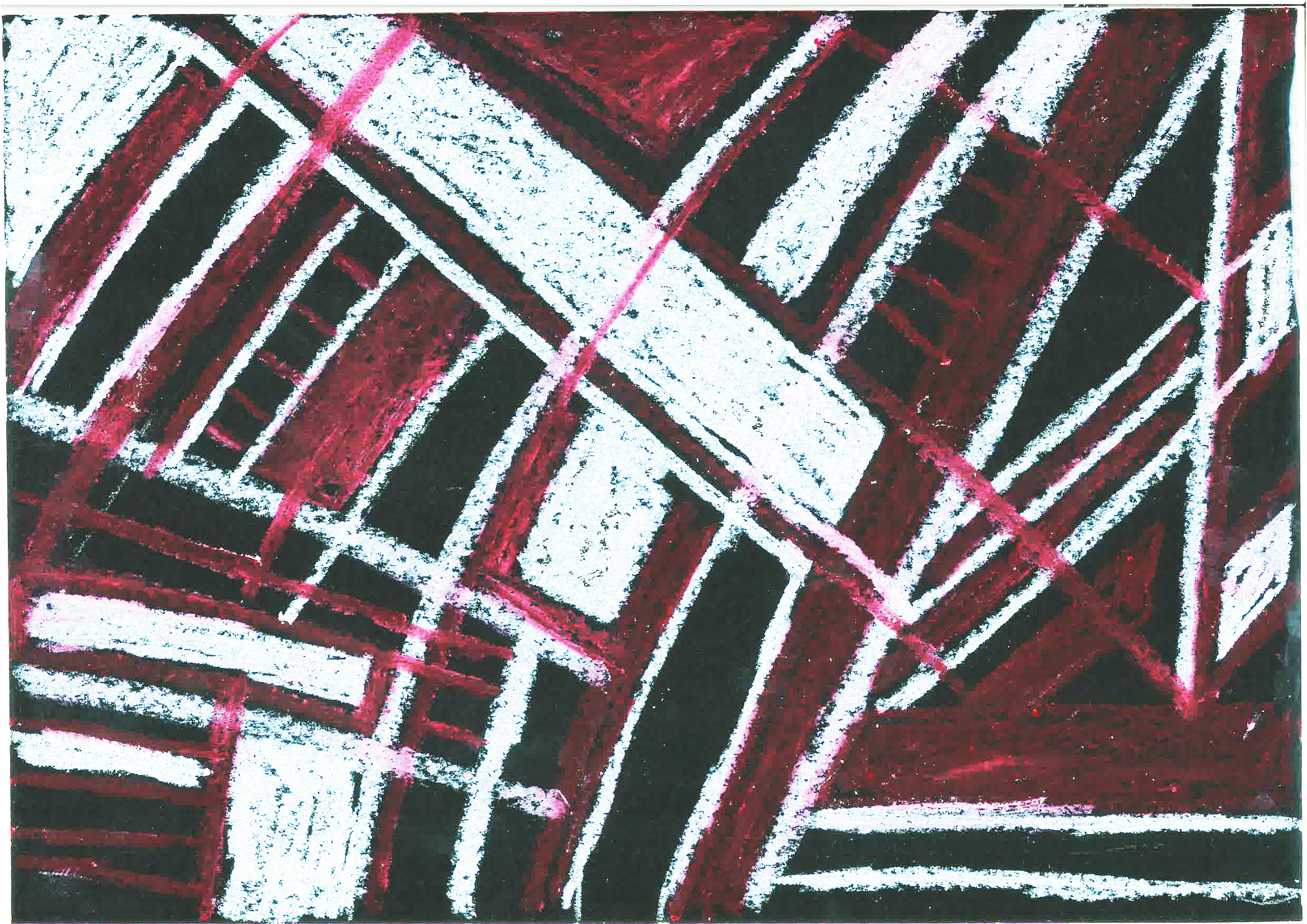
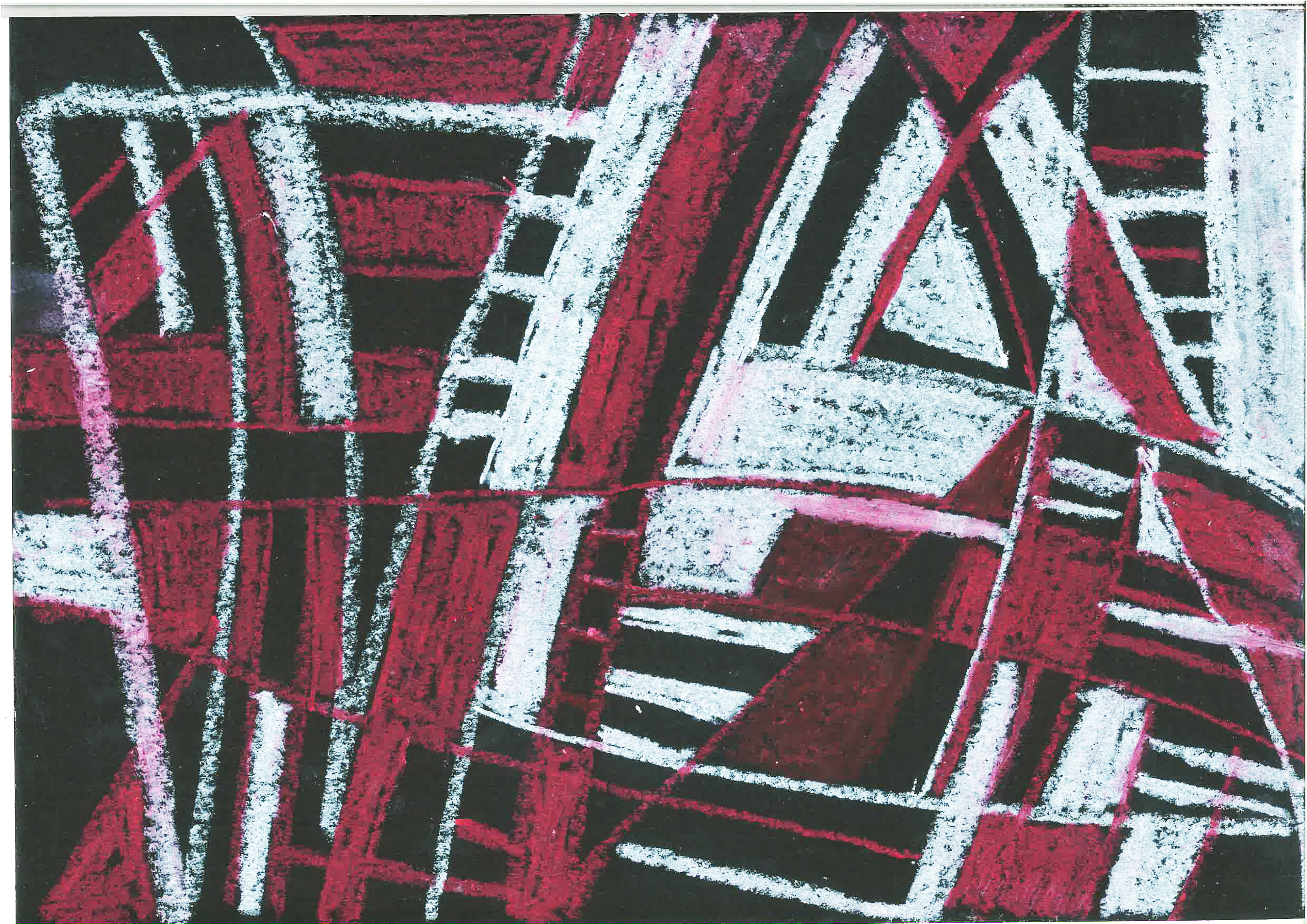
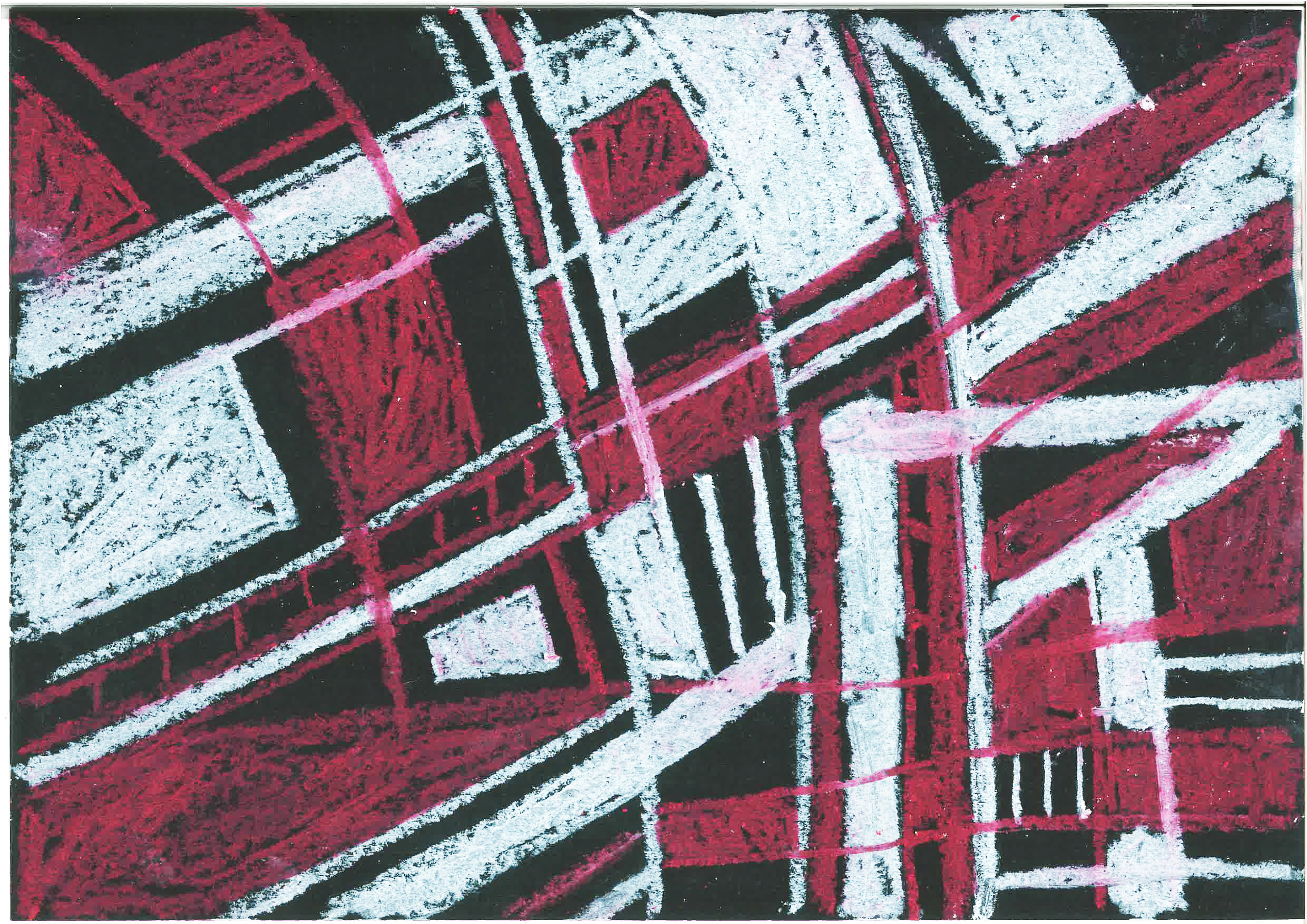
Having 3 variations of the coffee table top meant that I would need 3 variations of a coffee table side. The side would be dazzle camouflage inspired below is the first concept of this. However, below this concept, there is a quick sketch showing I would need 3 of these shield shapes on the side. Therefore I wanted to try another route. As in using the other words in the section for the time being but I'll use the dazzle camouflage later on.
Countershading. I need two pieces of metal not joining since a shield is flat and not curved. one metal piece on top as a base for the tip of the table and one on the side to act as another base or support. The two pieces would represent the countershading term by reflecting light on two different surfaces. Creating unequal shades. The side piece would be the shape of 3 shields. The shield shape is called a heater which was common during the time of heraldry.
Like the top, no metal on metal and no colour on colour. What I decided on was to combine the divisions of the field shape called party per pall and dazzle camouflage together by using stripes. The stripes would be at an angle to once again refer to the therm candy cane.
Like the top, no metal on metal and no colour on colour. What I decided on was to combine the divisions of the field shape called party per pall and dazzle camouflage together by using stripes. The stripes would be at an angle to once again refer to the therm candy cane.
the last illustration (above) is the final concept for the side of the table. However, this will most likely change since I will need to take into account the size of the material as well as the difficulty in producing that type of shape.
